
In the world of skincare, it's essential to understand that not all skin types are the same. Different complexions require unique care, and using the right face tools can make all the difference in maintaining healthy, radiant skin. This comprehensive guide will help you match your skin type with the appropriate face lifting tool or facial massager to enhance your skincare routine.
Understanding Your Skin Type
Before you can choose the right face tool for you, it's crucial to know your skin type. Here's a quick rundown of the five primary skin types and their characteristics:
- Normal Skin: Well-balanced, with no significant issues such as oiliness or dryness. The complexion appears smooth, with minimal blemishes or uneven texture.
- Oily Skin: Produces excess sebum, resulting in a shiny appearance and increased likelihood of breakouts, enlarged pores, and blackheads.
- Dry Skin: Lacks moisture, leading to flakiness, tightness, and potential irritation or sensitivity. The complexion may appear dull or uneven.
- Combination Skin: A mix of both oily and dry skin, often with an oily T-zone (forehead, nose, and chin) and dry cheeks.
- Sensitive Skin: Prone to redness, irritation, or inflammation. This skin type may react adversely to certain skincare products or ingredients.
Normal Skin and Face Tools
If you have normal skin, you're in the sweet spot for experimenting with various facial tools. Microcurrent devices, such as the EFFOREST Face Lifting Tool, are perfect for maintaining your skin's youthful appearance.
- Microcurrent therapy: These devices emit low-level electrical currents to stimulate facial muscles, increase blood circulation, and promote collagen production. Incorporating microcurrent therapy into your routine can help improve overall skin texture and prevent signs of aging.
- Jade rollers and Gua Sha tools: Normal skin types can also benefit from incorporating jade rollers and Gua Sha tools into their routine. These tools help reduce puffiness, relieve tension, and boost circulation for a revitalized, glowing complexion.

Oily Skin and Face Tools
For those with oily skin, it's essential to find facial tools that target excess sebum production and tighten pores.
- Sonic cleansing brushes: These vibrating brushes work to deeply cleanse pores and remove excess oils, leaving skin refreshed and less prone to breakouts.
- Clay masks: While not technically a face tool, incorporating a clay mask into your routine can work wonders for oily skin. Clay masks work to absorb excess oil and unclog pores, leaving your skin feeling clean and refreshed.
Dry Skin and Face Tools
If you're dealing with dry skin, focus on face tools that encourage hydration and soothe irritation.
- Facial steamers: These devices produce warm steam, opening pores, and enhancing the absorption of any products applied afterward. A facial steamer can be a great addition to your skincare routine, especially when followed by a hydrating mask or serum.
- Crystal facial rollers: Rose quartz or amethyst rollers can help to promote a sense of calm while providing a gentle massage to boost circulation and encourage hydration.
Combination Skin and Face Tools
Combination skin often requires a mix of approaches to address the simultaneous presence of oily and dry areas. Here are some tools you can consider:
- Face sheet masks: Target different areas of the face with a range of skincare ingredients to suit your skin's unique needs. A mattifying mask for the T-zone and a hydrating mask for the cheeks can work in tandem to balance combination skin.
- At-home dermaplaning: This exfoliation technique can help maintain an even complexion and tone by removing dead skin cells and fine facial hair.
Sensitive Skin and Face Tools
For those with sensitive skin, it's essential to choose gentle face tools that won't cause irritation or exacerbate redness.
- Silicone cleansing brushes: These non-abrasive brushes offer a gentle way to cleanse sensitive skin, helping to remove makeup, dirt, and impurities without causing irritation.
- Cold therapy: Using cooling devices like facial rollers straight from the fridge can help soothe redness and minimize inflammation.
In Conclusion
Ultimately, the key to matching skin types with appropriate face tools is understanding your unique complexion and choosing devices that cater to your specific needs. Whether you're using a face lifting tool or a simple facial roller, the right tools can help elevate your skincare routine and keep your skin looking its best.
Frequently Asked Questions
How can I match my skin tone in a picture?
To match your skin tone in a picture, you'll need to adjust the color balance, saturation, and contrast to create a natural and accurate representation of your skin tone. Here’s a simple process you can follow:
- Open the image in a photo editing tool, like Photoshop or Lightroom.
- Adjust the color balance by changing the hue and saturation until the skin tone appears accurate and natural.
- Modify the brightness and contrast to bring out the depth and natural shading of your skin.
- Fine-tune the adjustments as needed, comparing the edited image to your actual skin tone in natural light to ensure accuracy.
How do I match my skin in Photoshop?
Matching your skin tone in Photoshop can be achieved through the following steps:
- Open your image in Photoshop.
- Create a new layer above the original image, naming it 'Skin Tone Adjustment'.
- Select a soft brush tool with an opacity of 30-50%.
- Hold the Alt key and click on a natural, well-lit area of your skin to sample the color.
- Brush over any areas in the image where you need to adjust or match your skin tone using the sampled color and the Skin Tone Adjustment layer.
- Adjust the opacity of the Skin Tone Adjustment layer as needed and use layer masks to refine the effect.
How do I know what skin tone I match?
Determining your actual skin tone is crucial for selecting the right makeup, clothing colors, and face tools. To find your skin tone, follow these steps:
- Examine your skin in natural daylight without makeup.
- Look for the predominant color or hue of your skin's surface (pink, yellow, red, olive, etc.).
- Observe the color of your veins in your wrist or neck area. If they appear blue or purple, you likely have a cool skin tone; if they seem green, you likely have a warm skin tone.
- Consider your overall complexion, including how your skin reacts to sun exposure and its propensity for redness or pigmentation.
What are the 4 types of skin tones?
Skin tones are often categorized into four primary types: warm, cool, neutral, and olive. Here's a brief overview of each type:
- Warm Skin Tone: Often has a golden, peachy, or yellow undertone. Warm skin tones usually tan easily and have greenish veins.
- Cool Skin Tone: Characterized by pink, red, or bluish undertones. Cool skin tones tend to have blue or purple veins and may sunburn easily.
- Neutral Skin Tone: A balance between warm and cool undertones; neither pink nor golden. Neutral skin tones have veins that appear blue-green or are not easily distinguishable.
- Olive Skin Tone: A mix of warm and cool undertones, with a greenish or greyish hue. Olive skin tones may have veins that appear green or blue-green.
By determining your skin tone, you'll be better equipped to choose the proper makeup, clothing colors, and face tools, resulting in a more harmonious and flattering appearance.
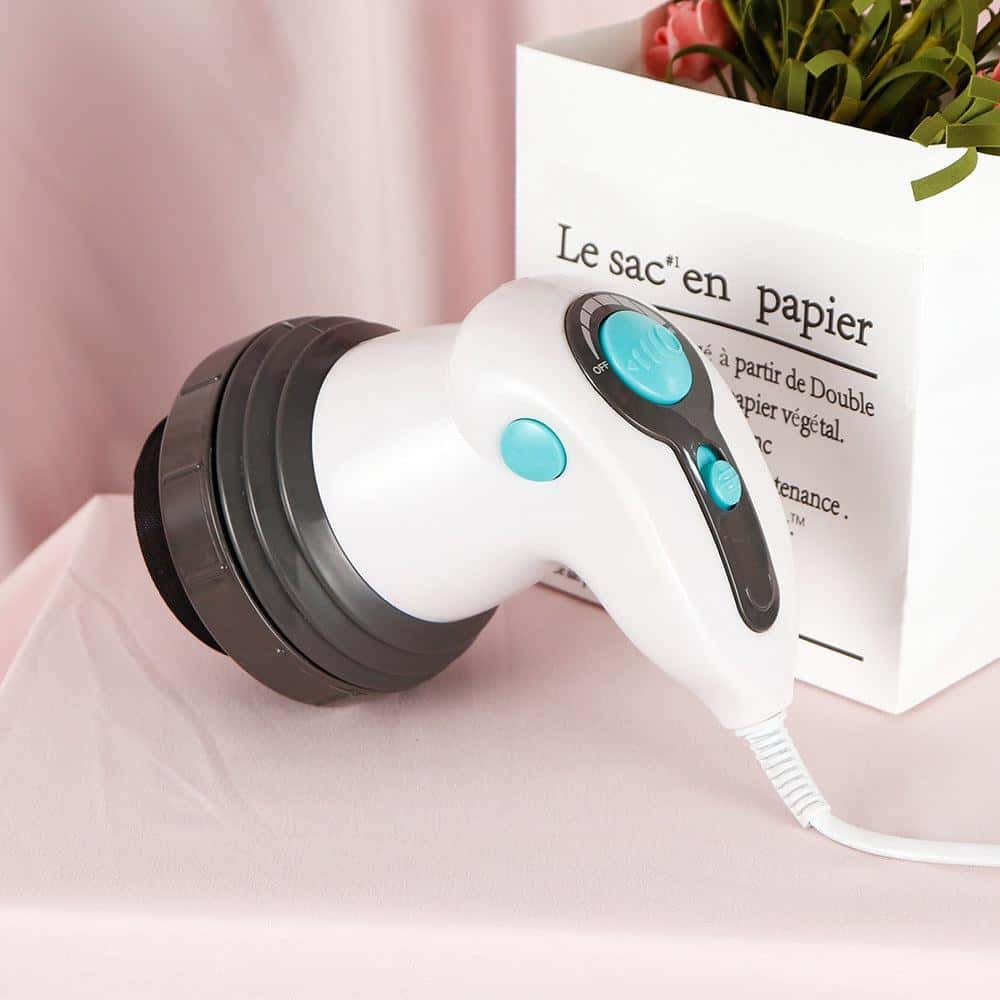
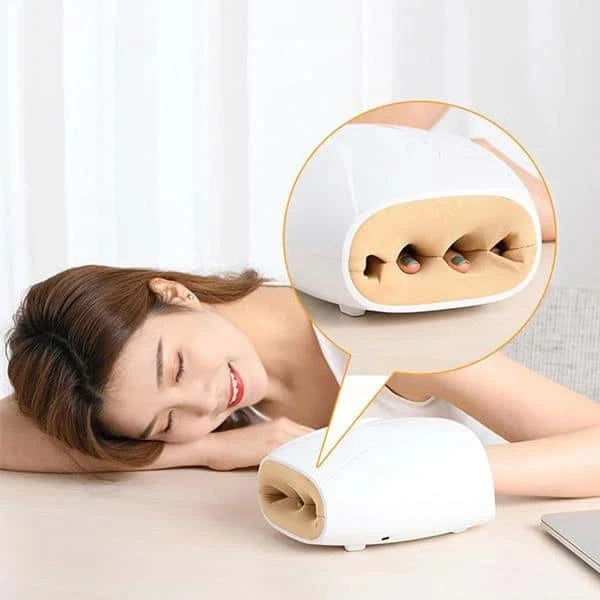
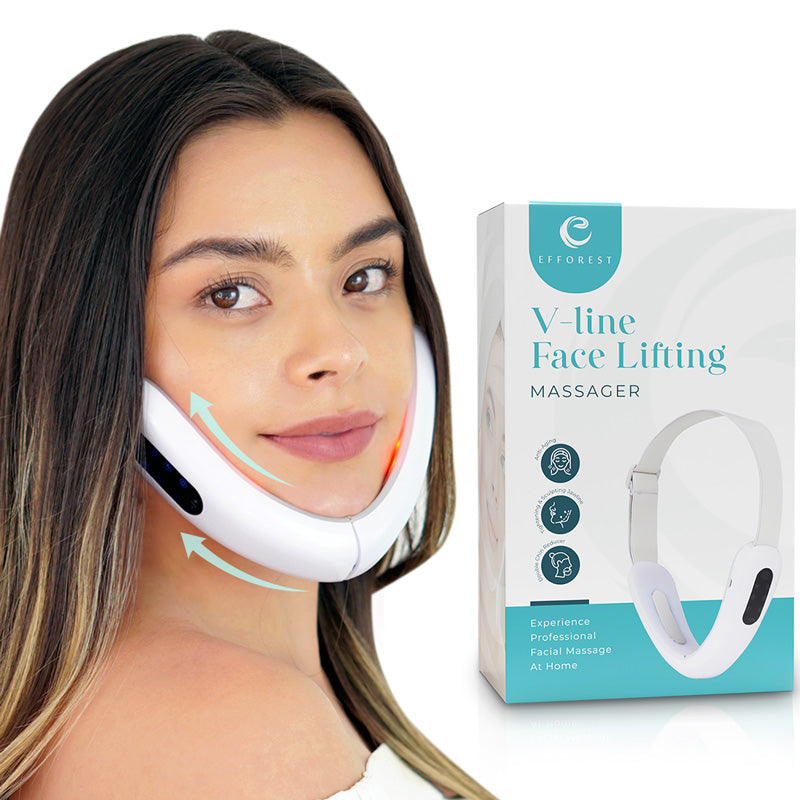
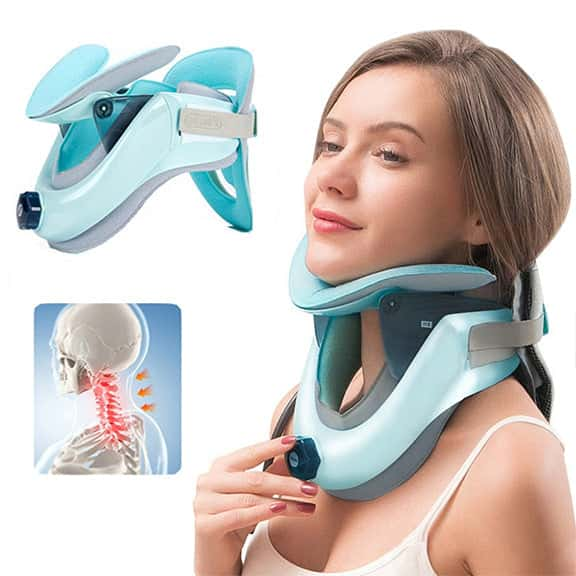
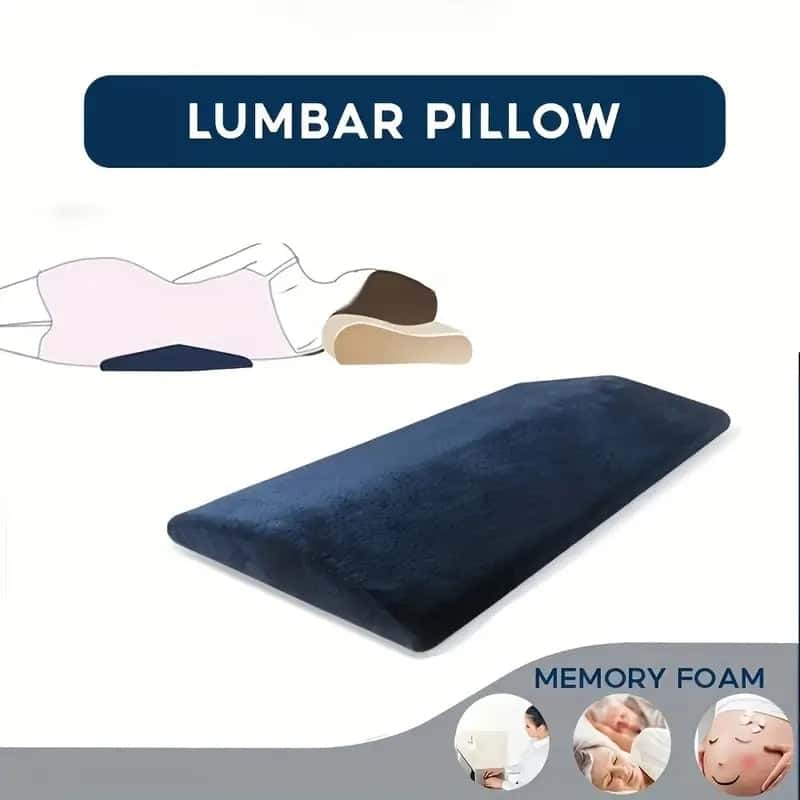

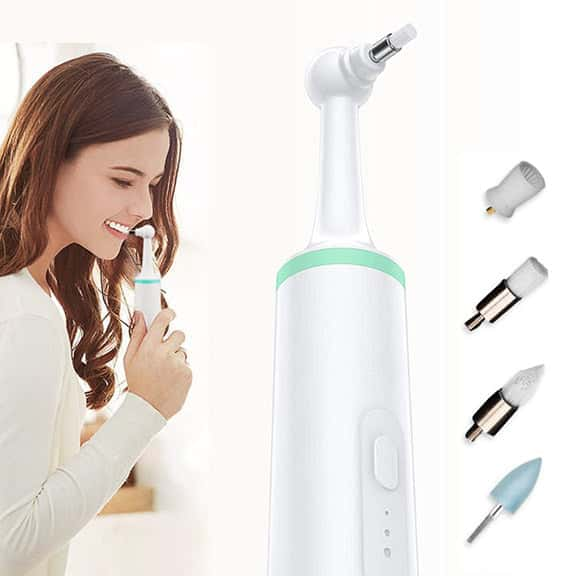

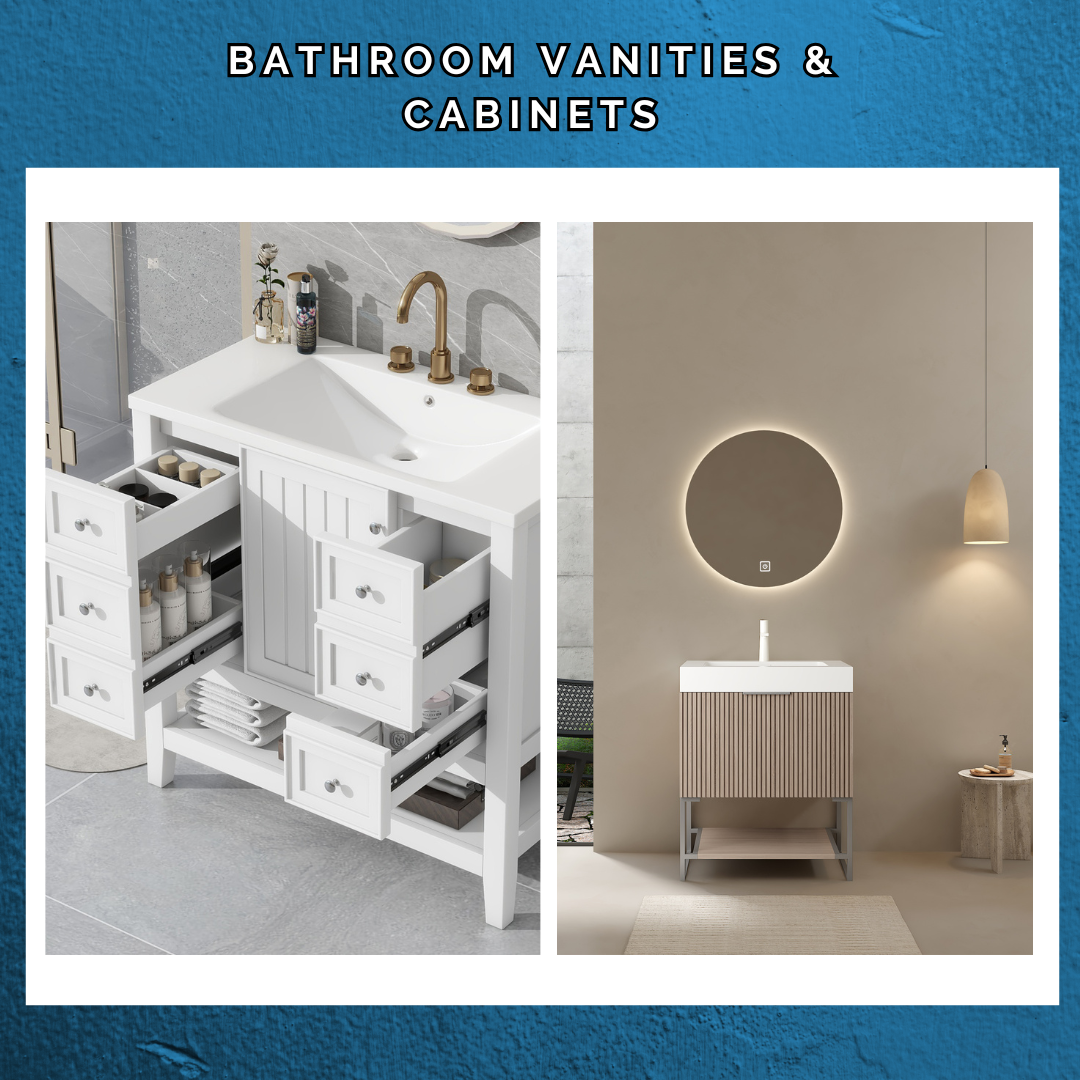
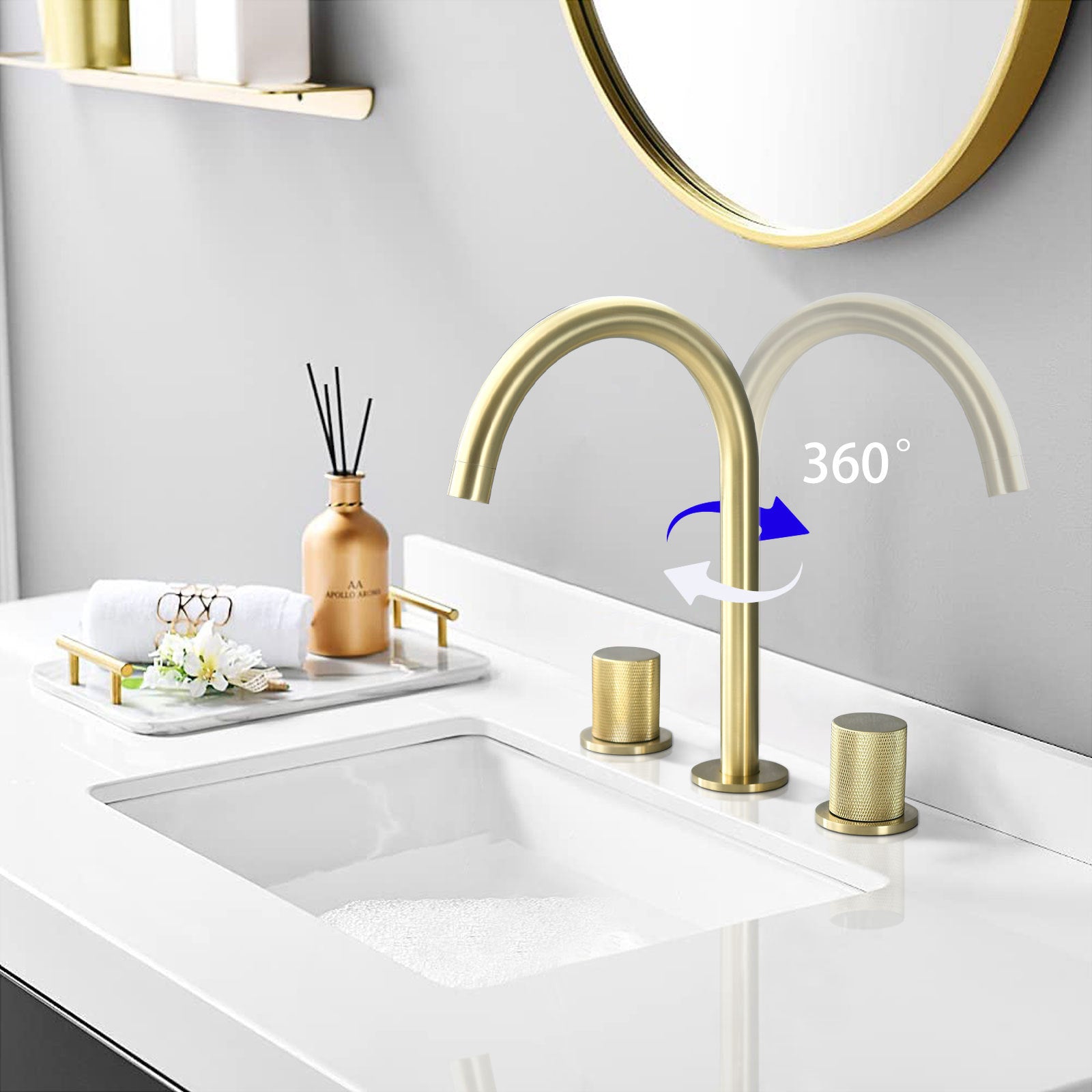
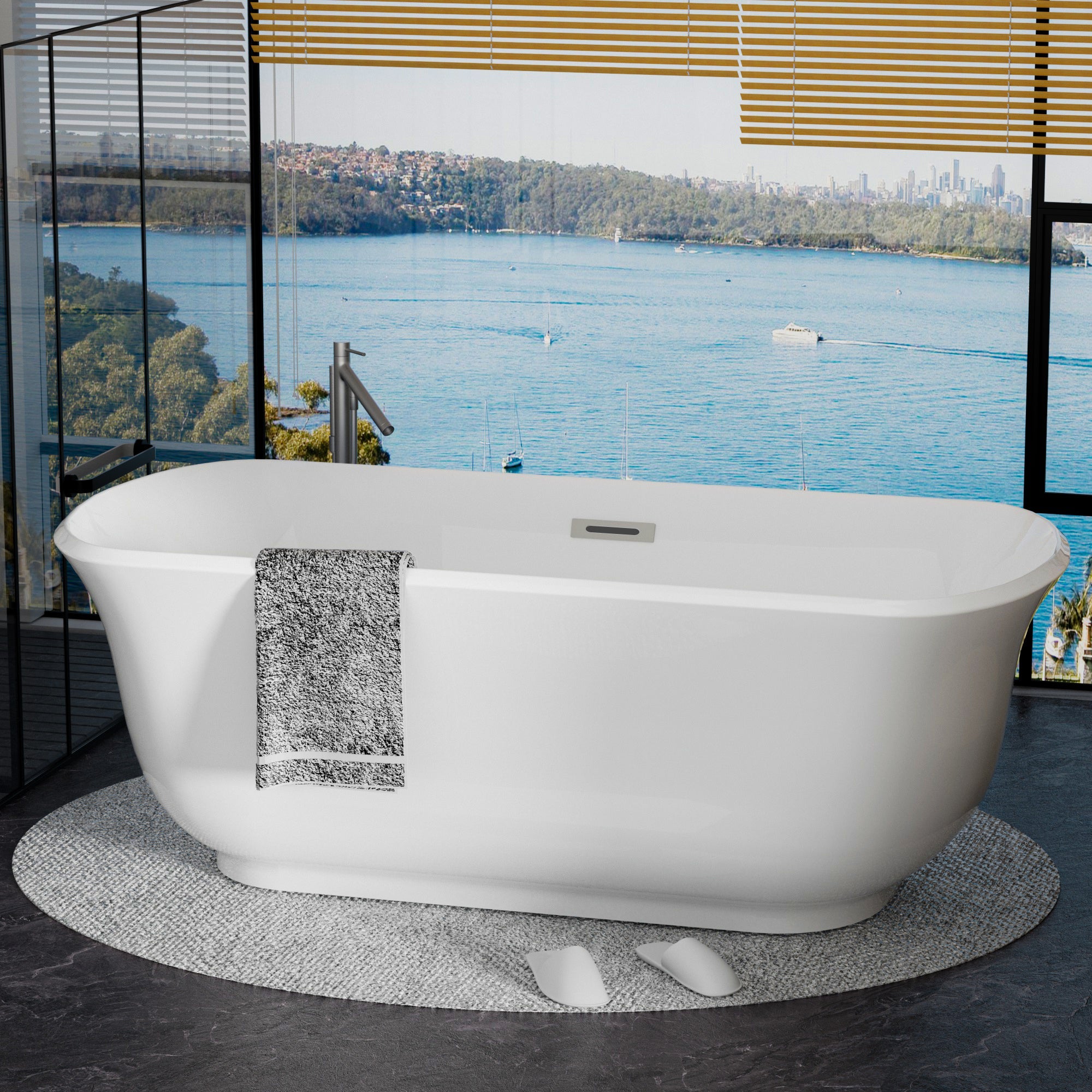


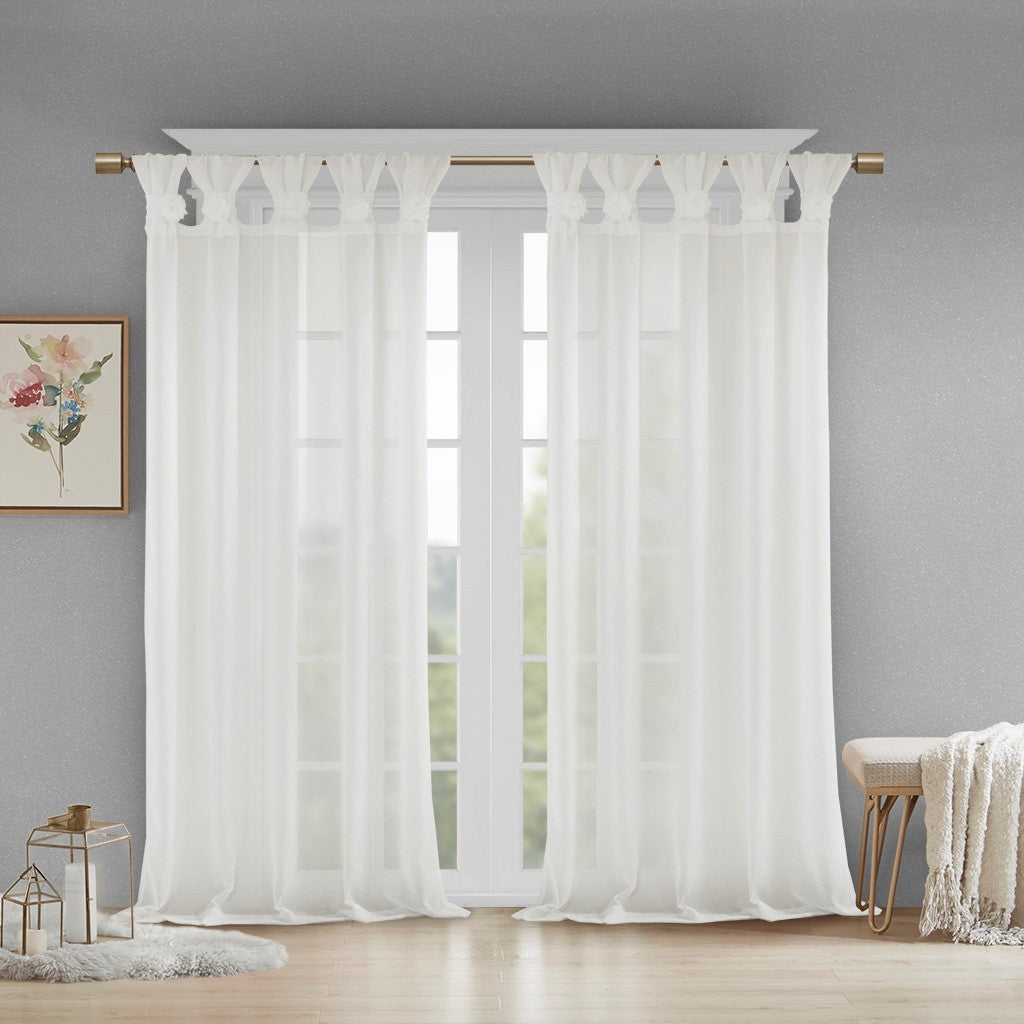
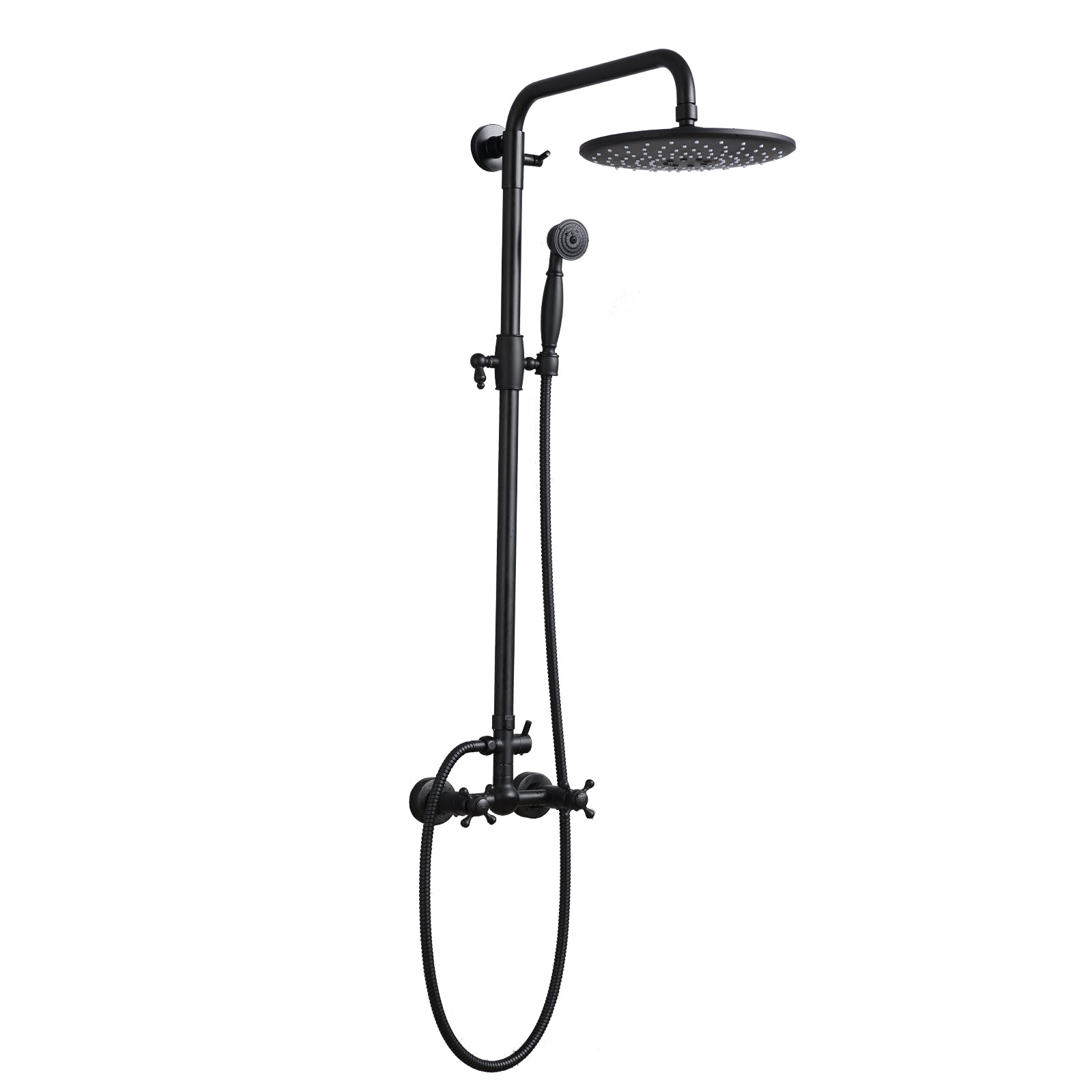
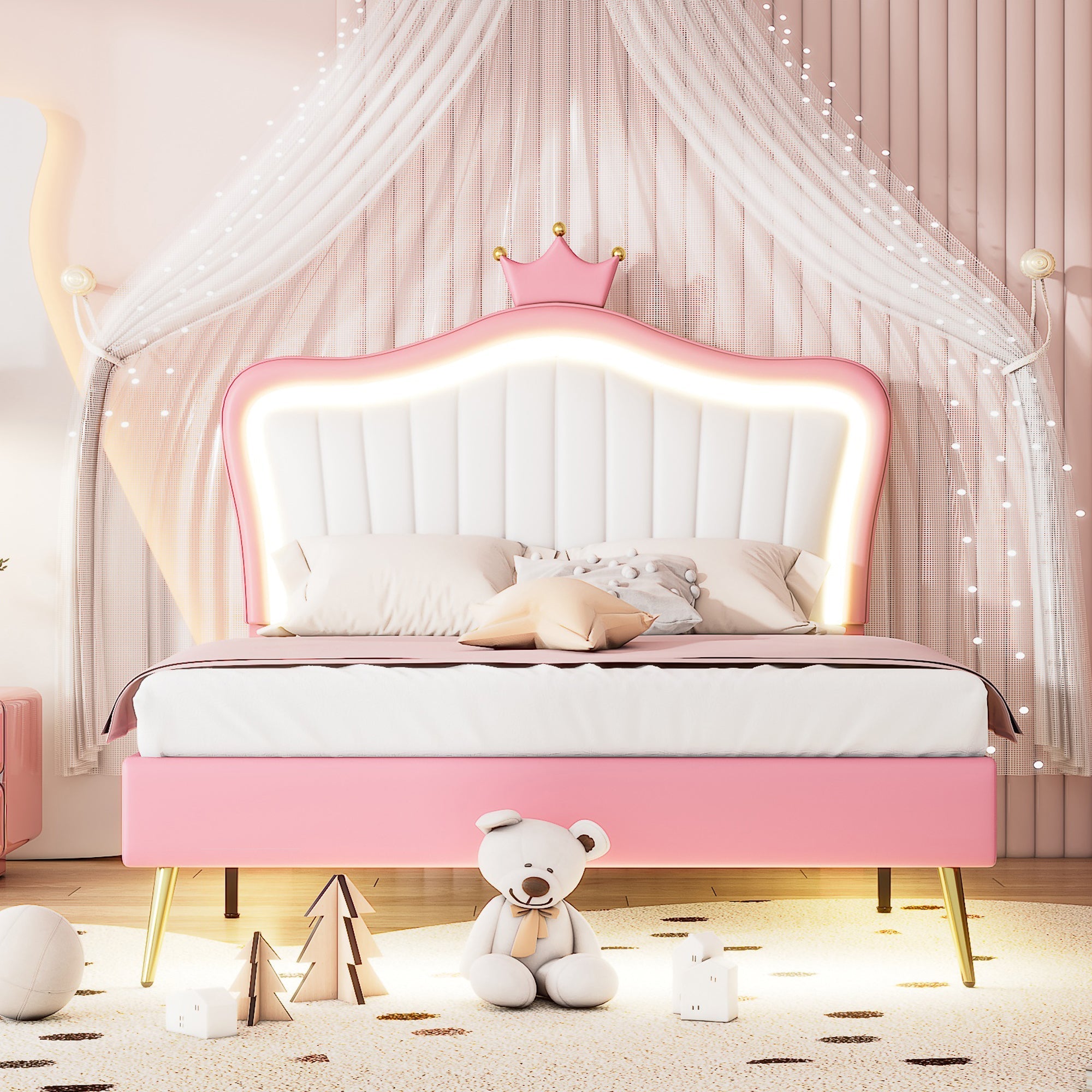
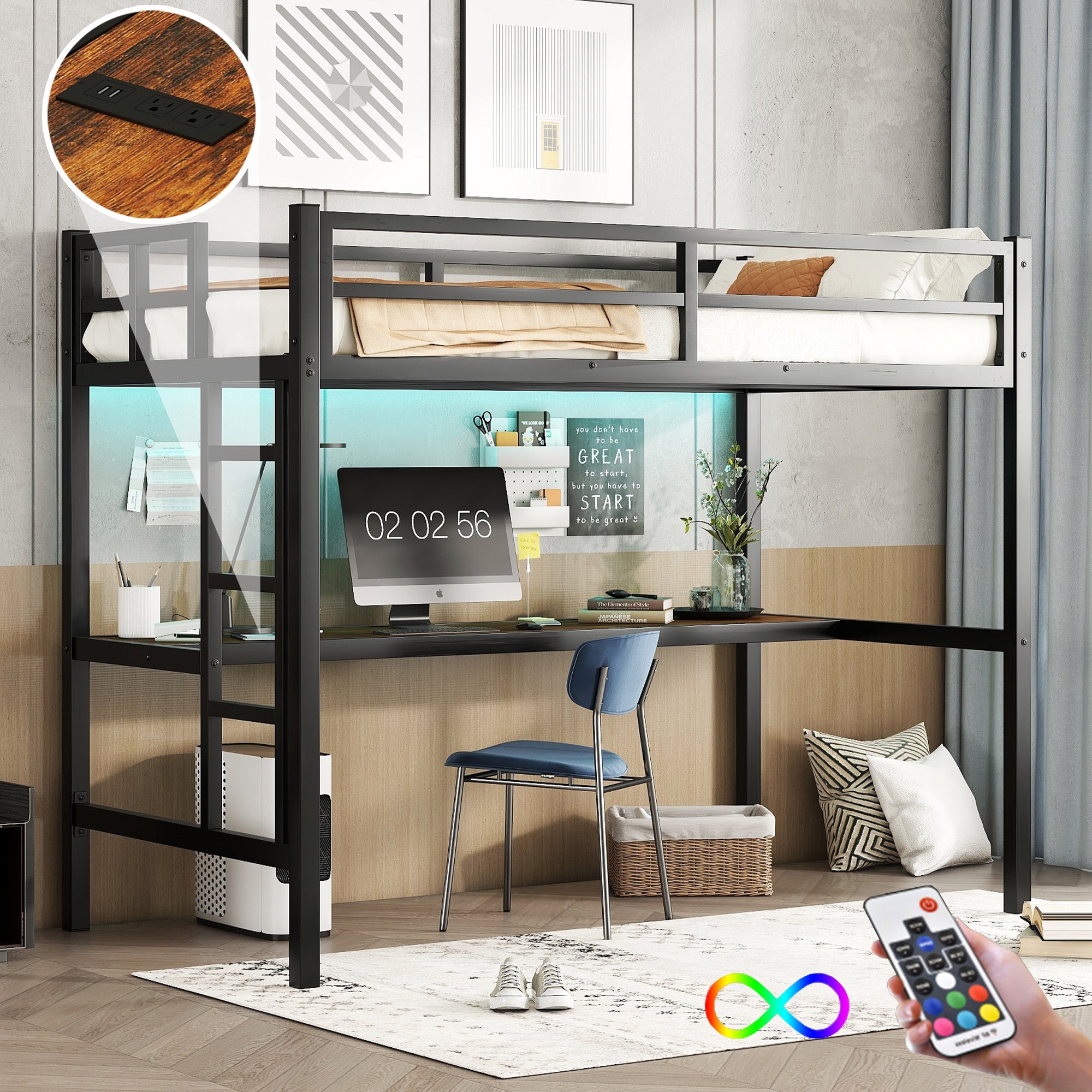

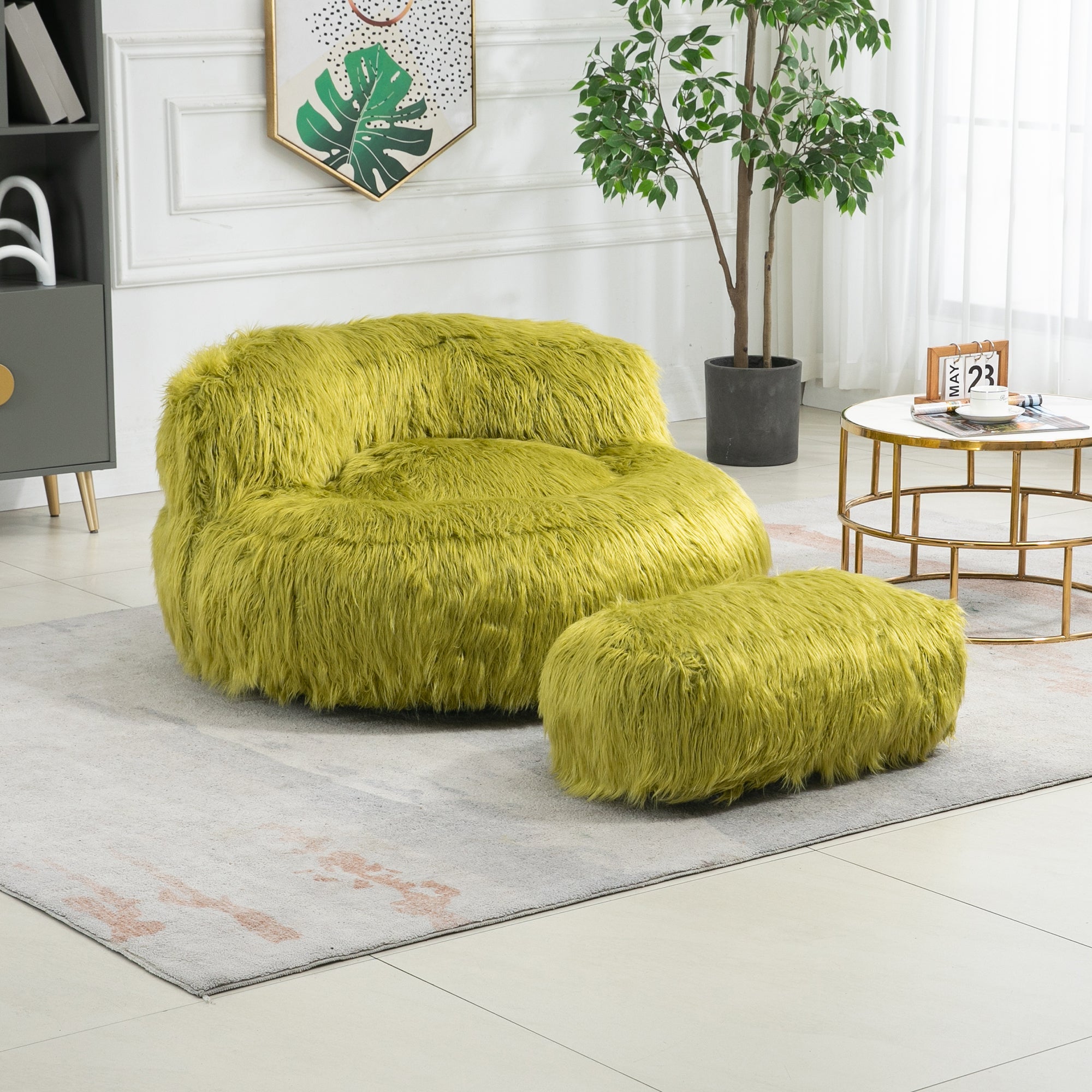
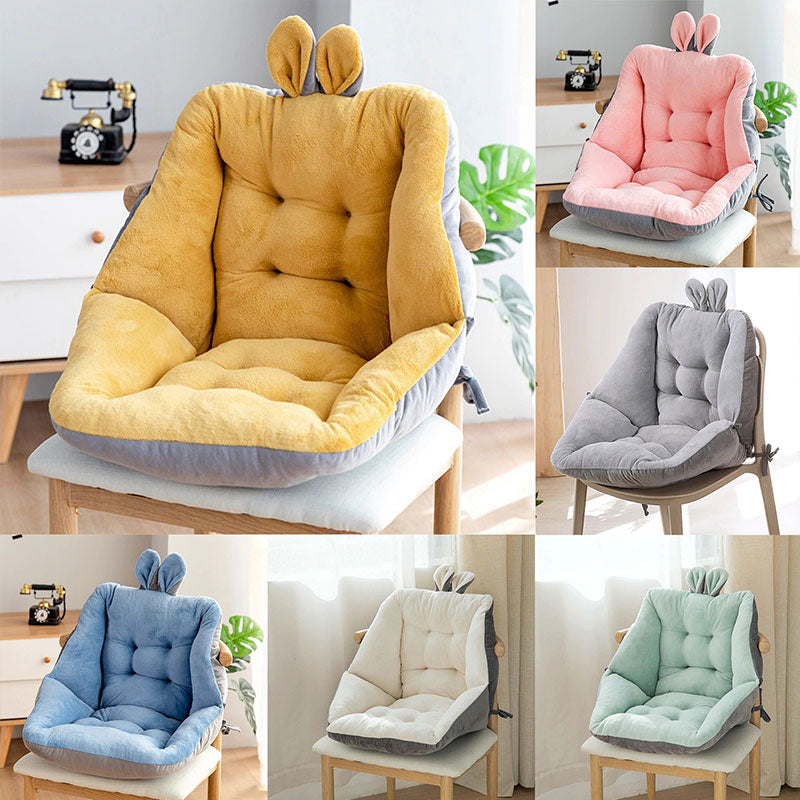

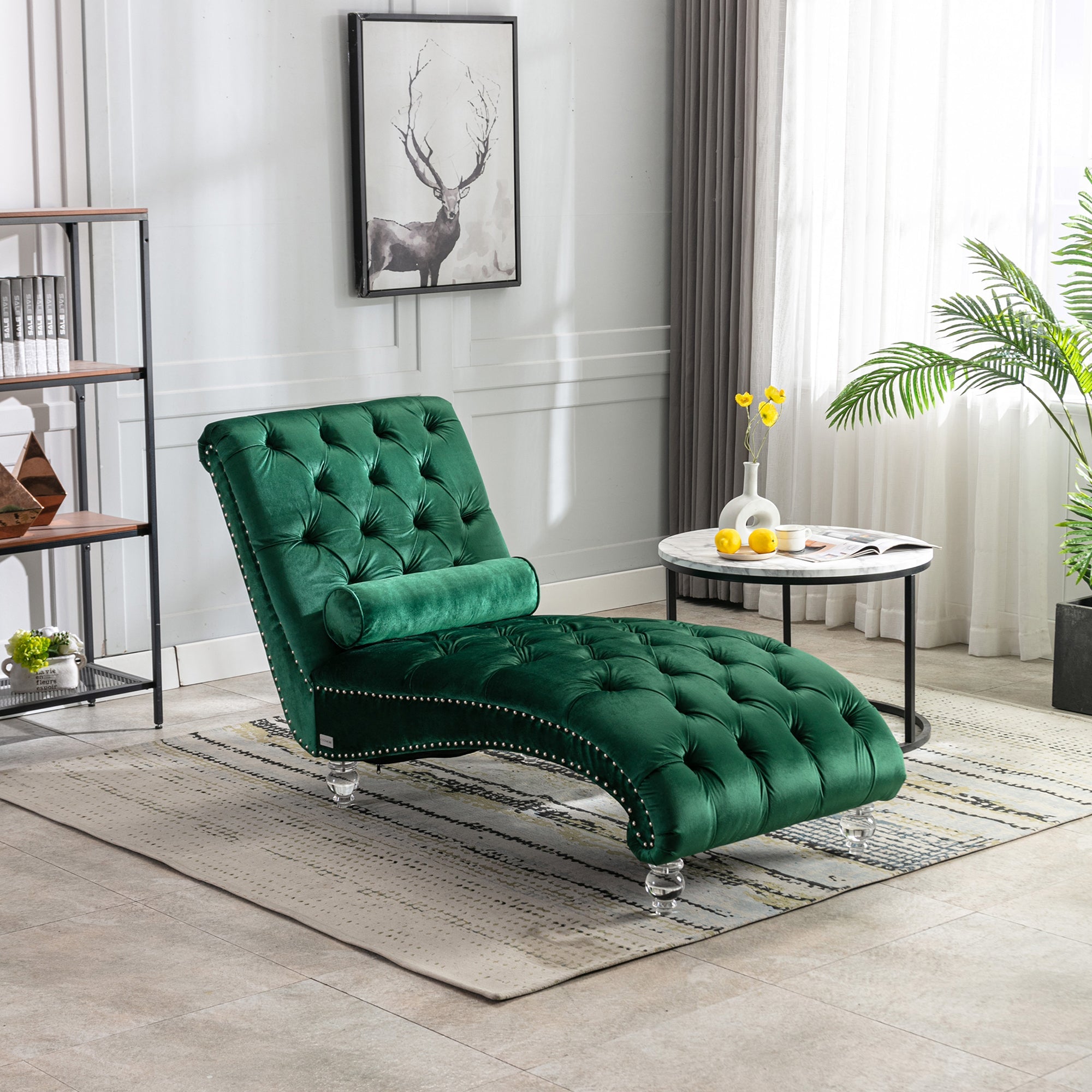

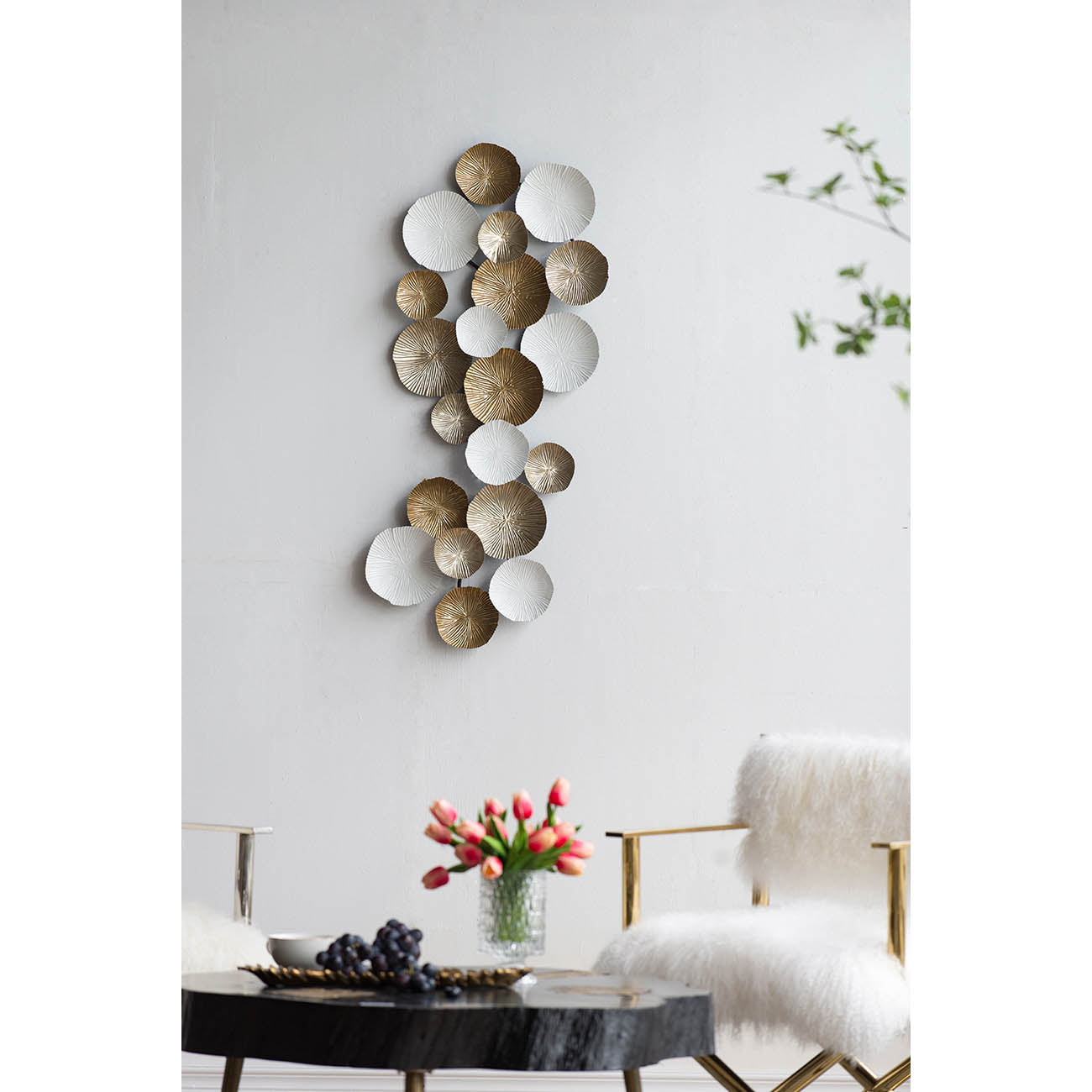

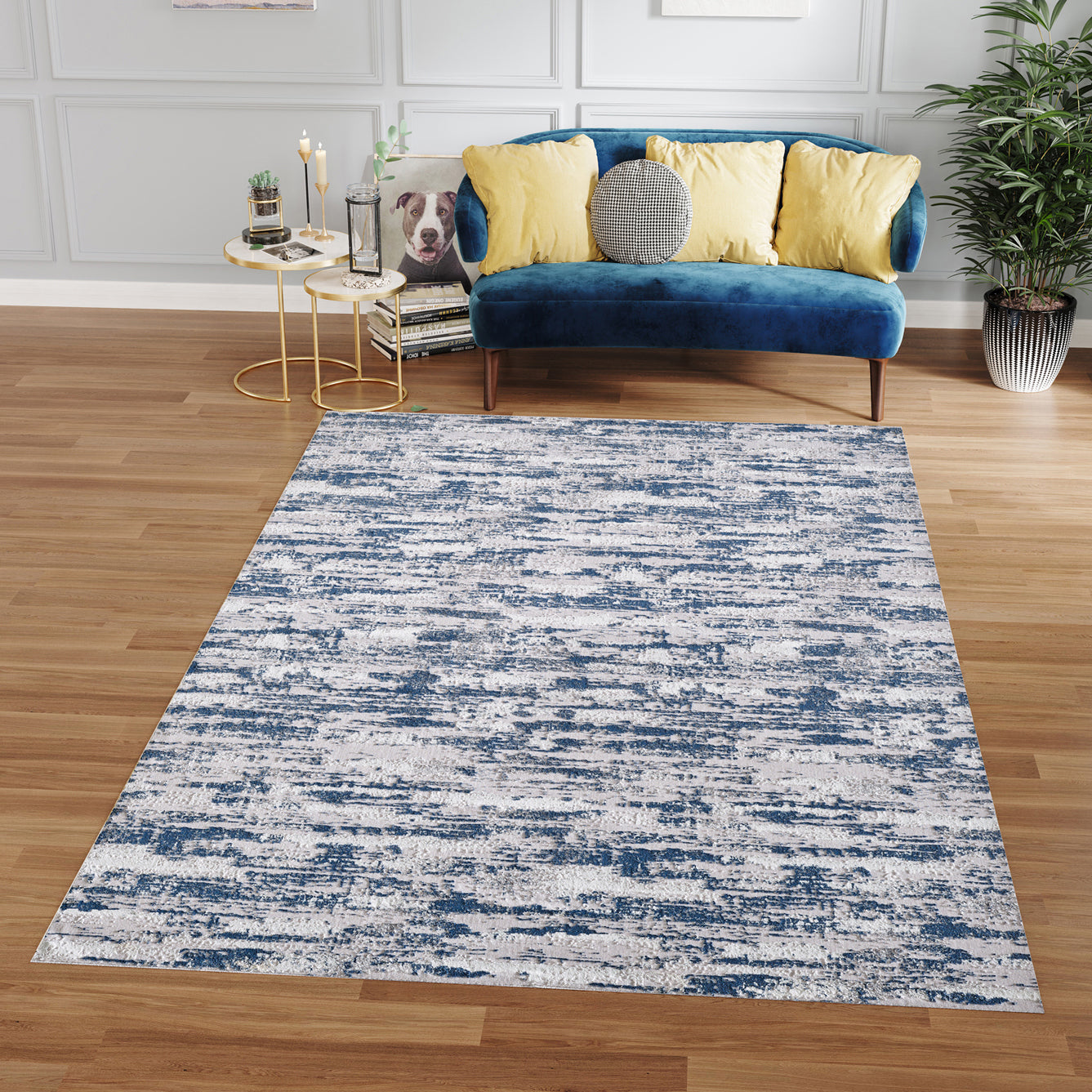
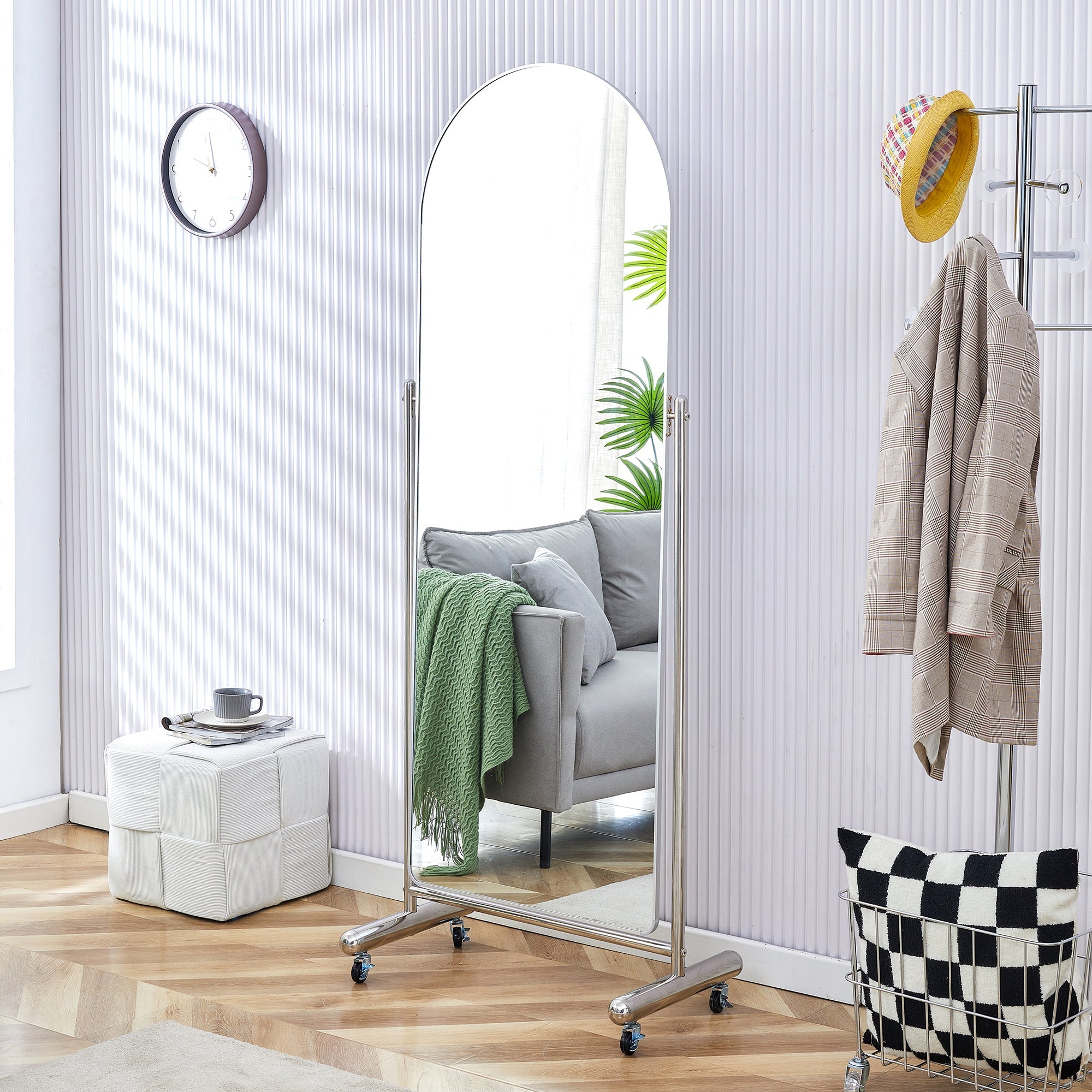
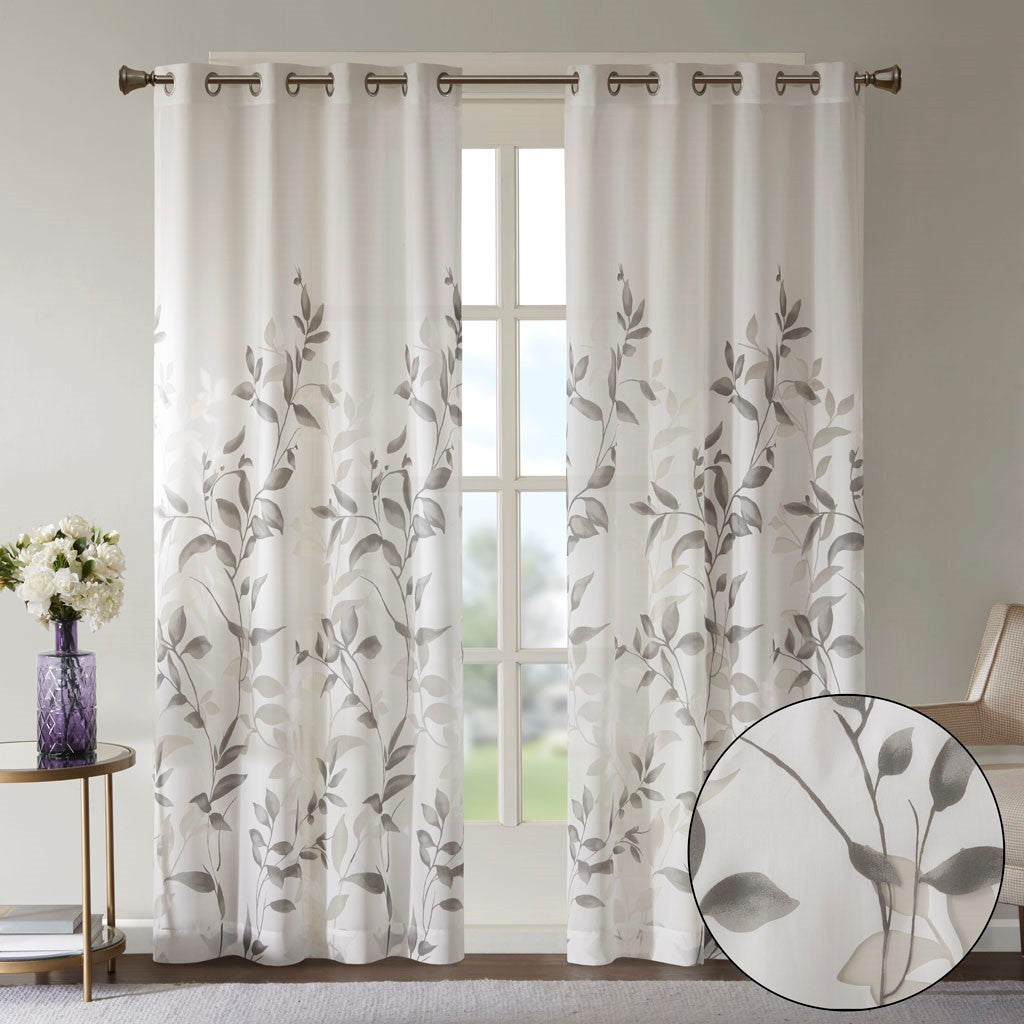

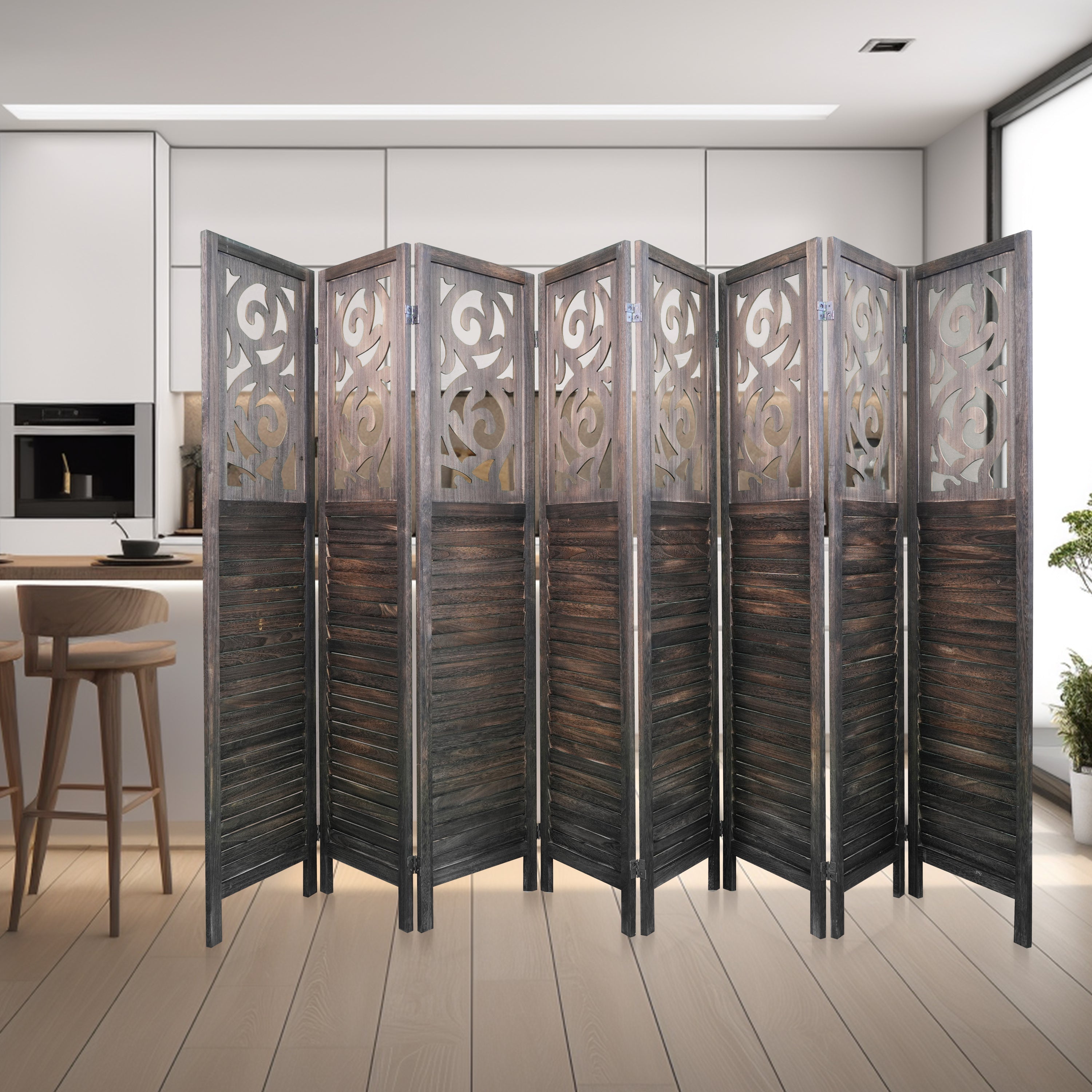
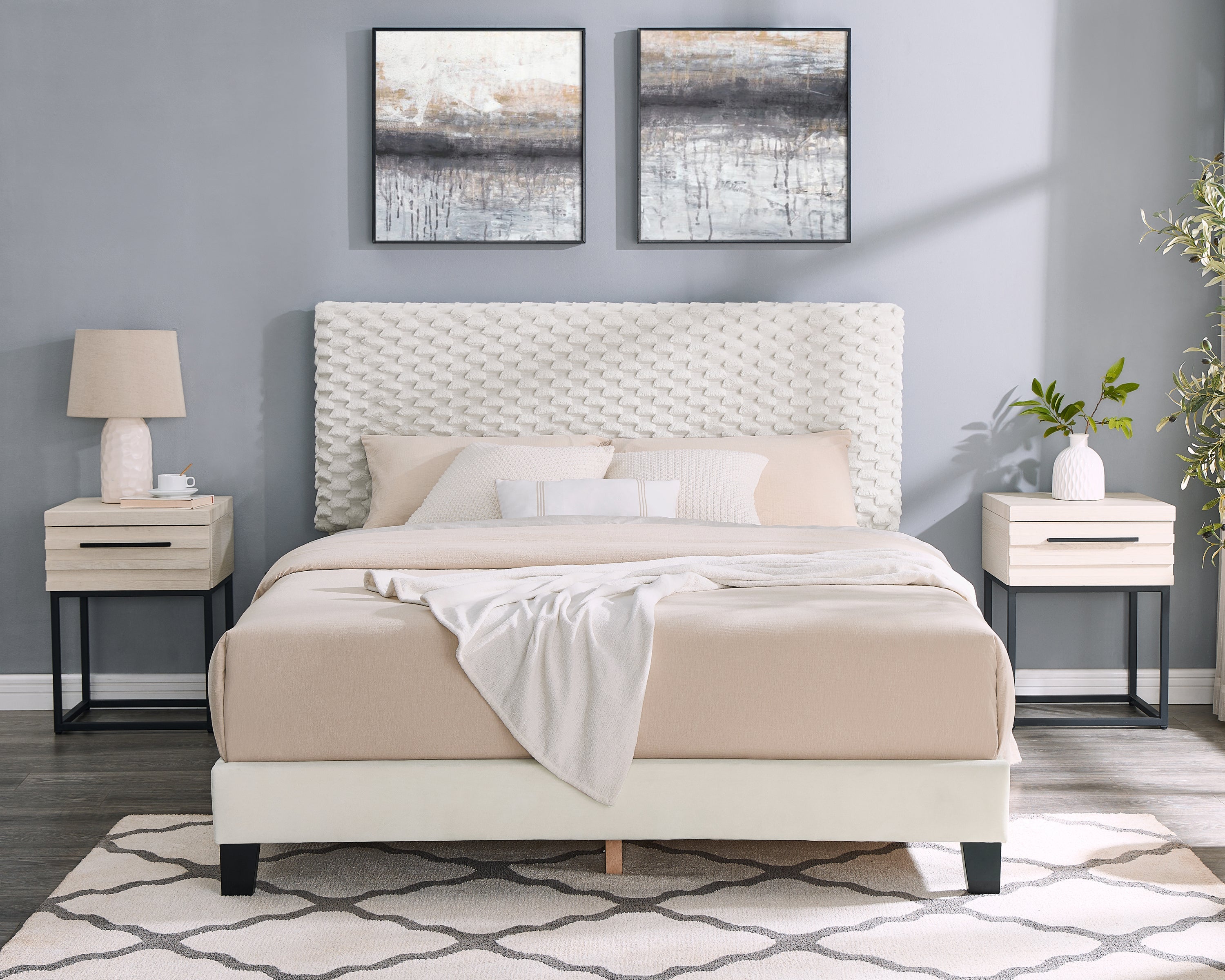

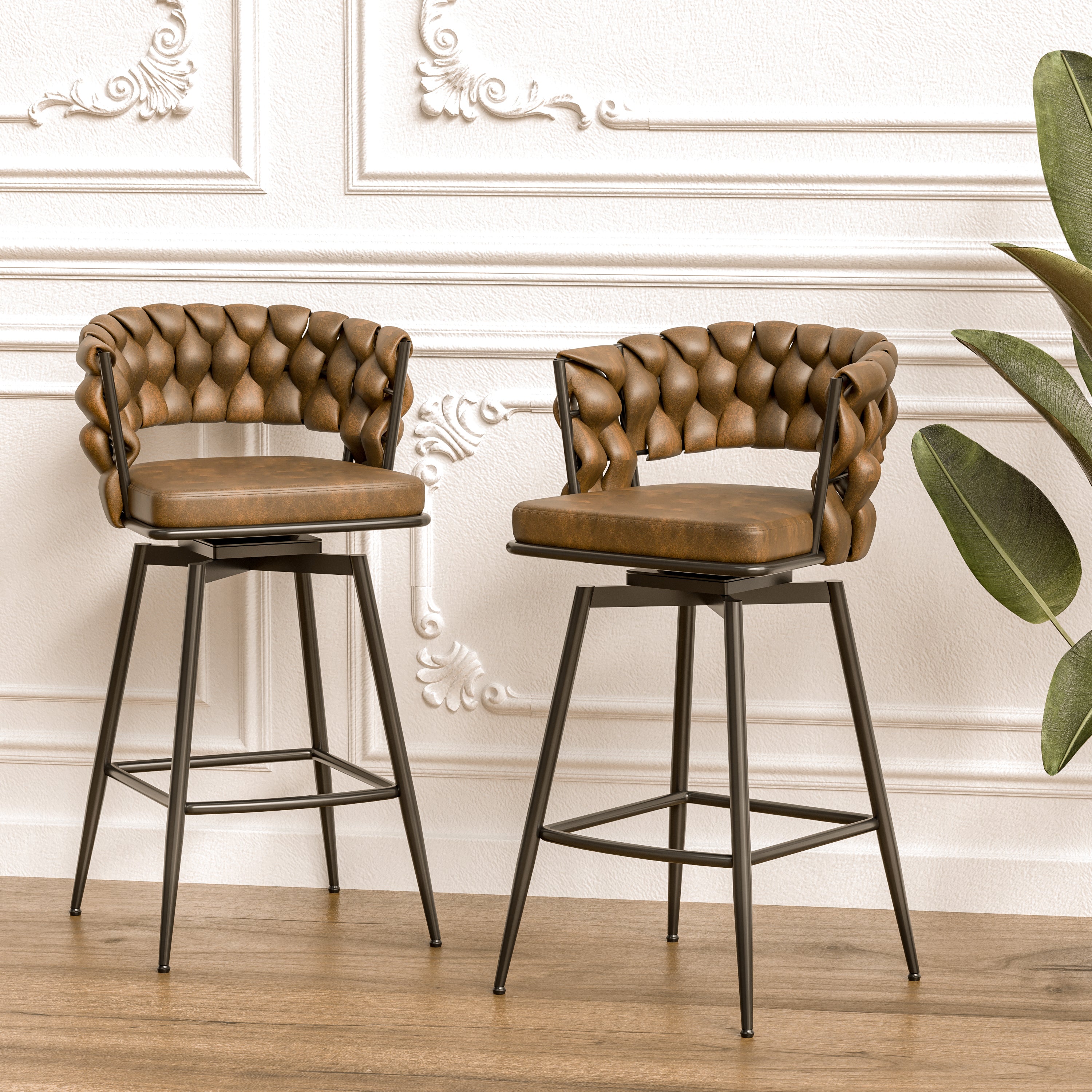

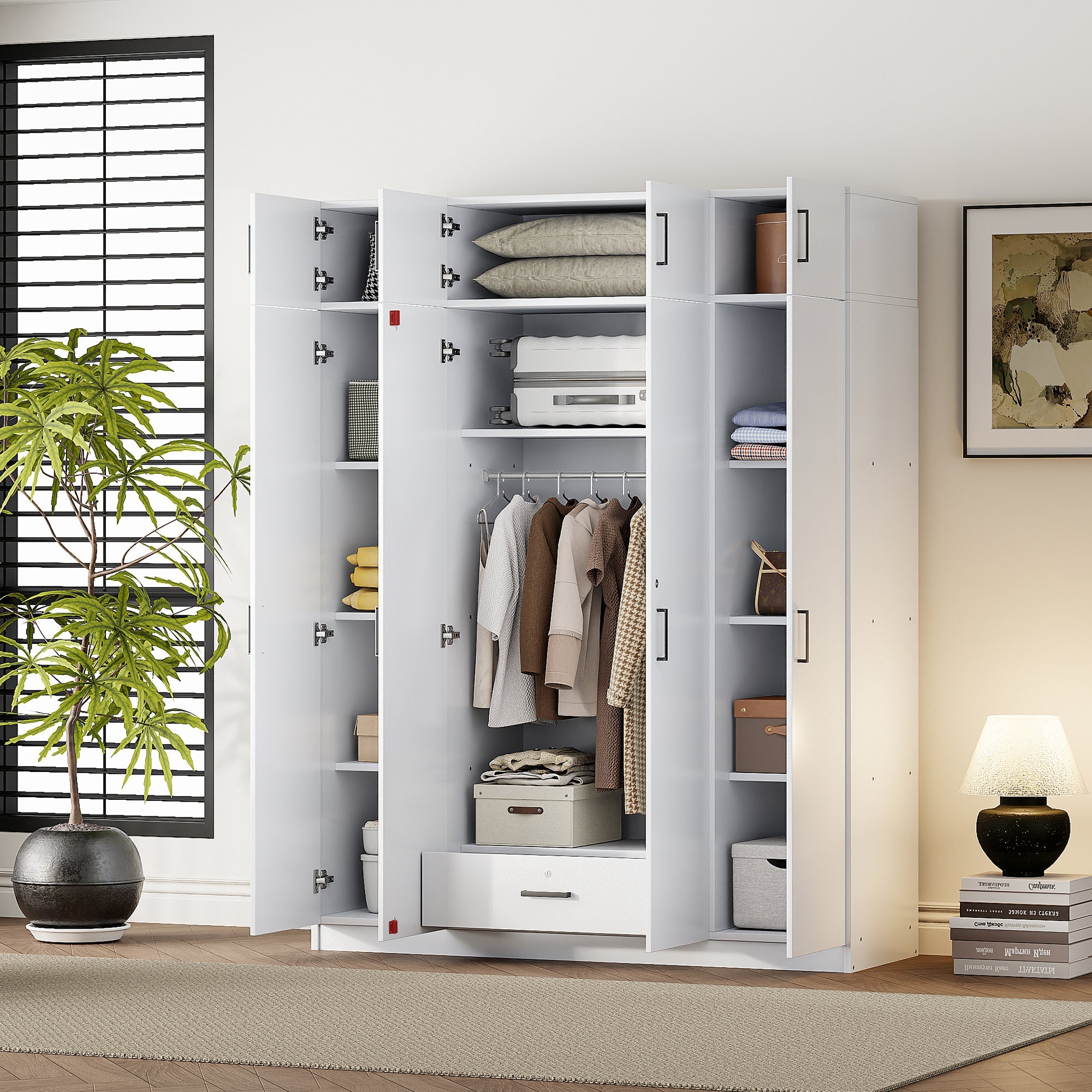
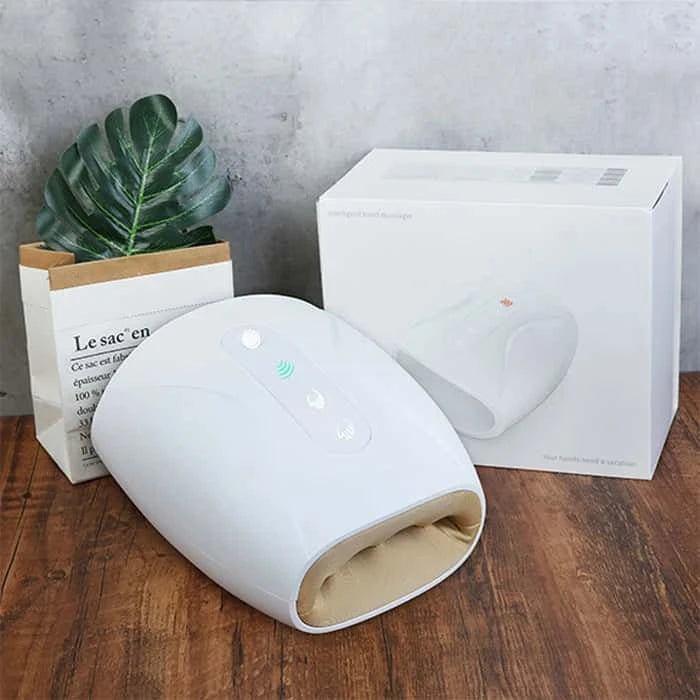
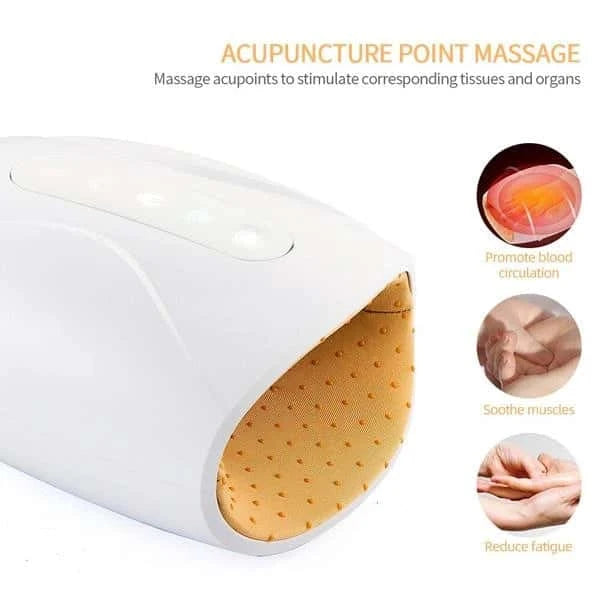
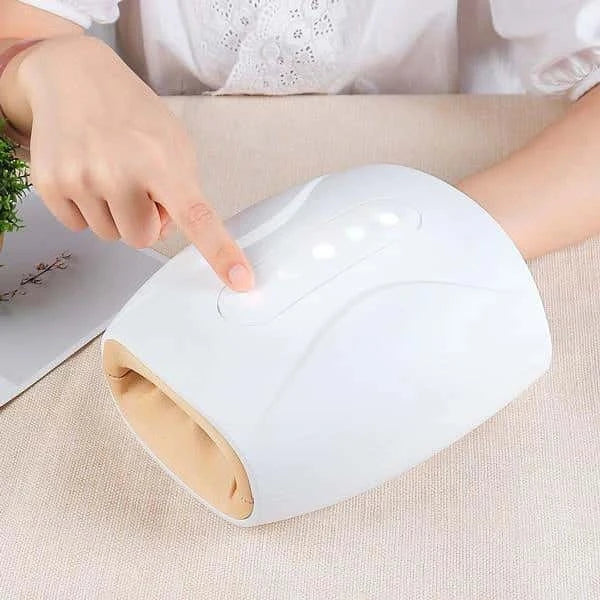
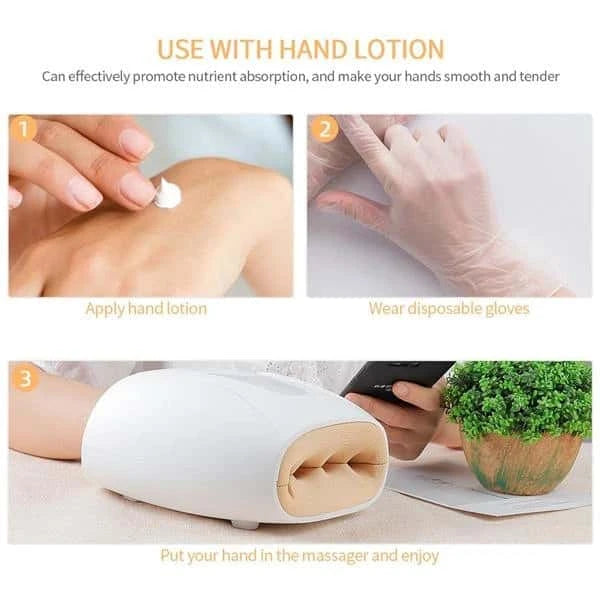
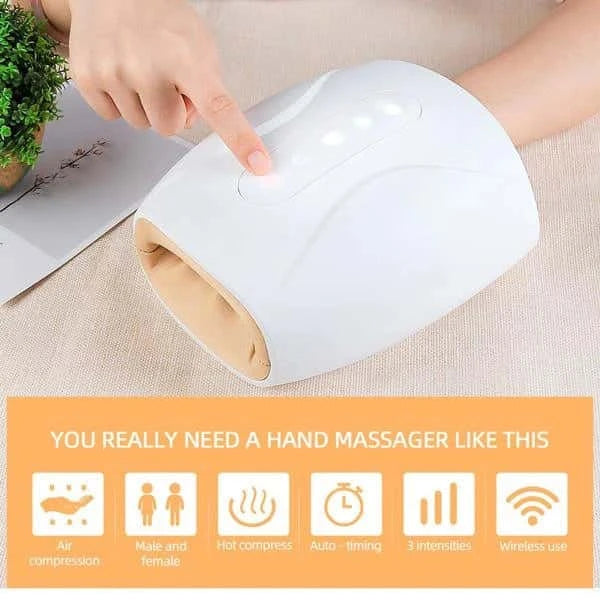
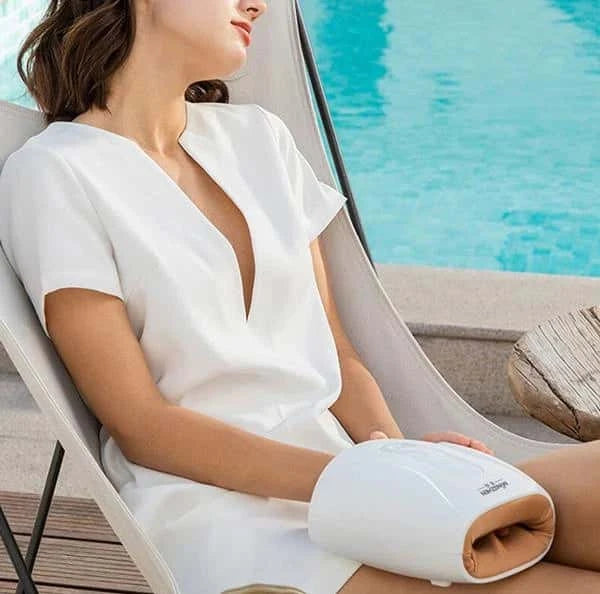
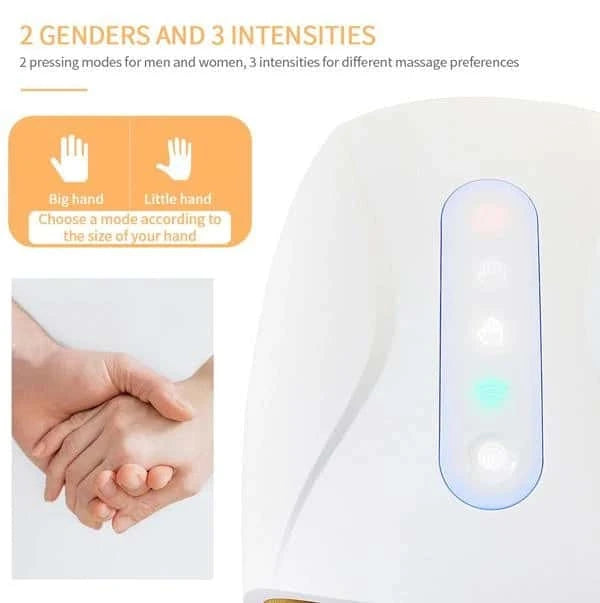
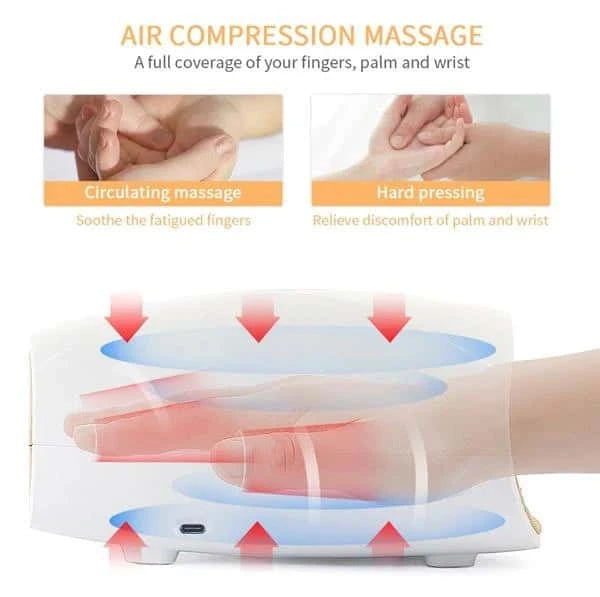
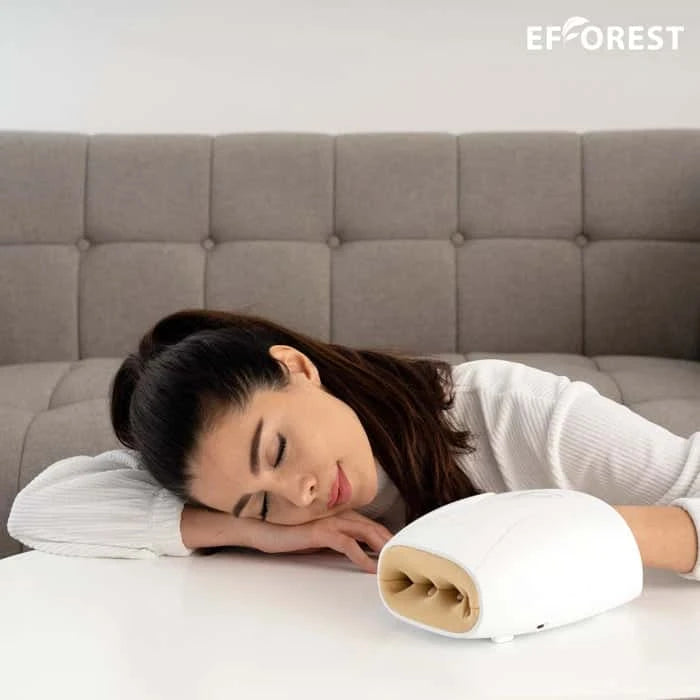
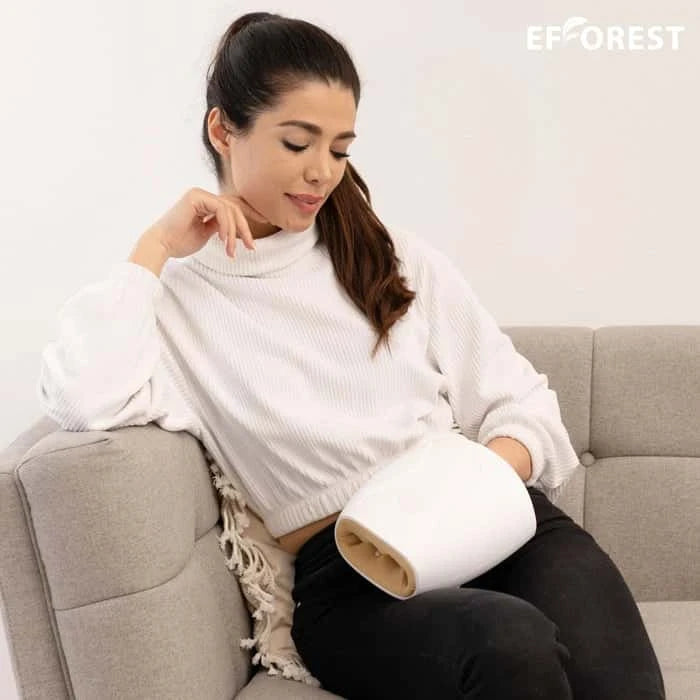
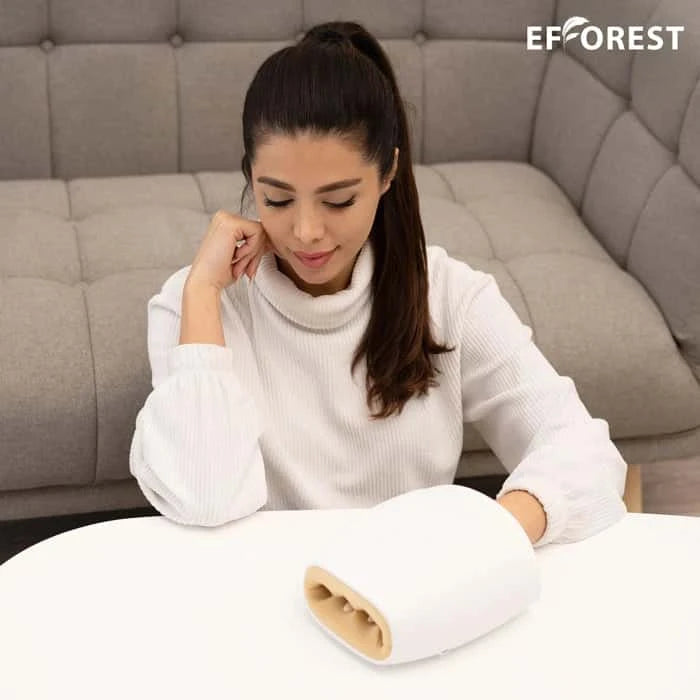
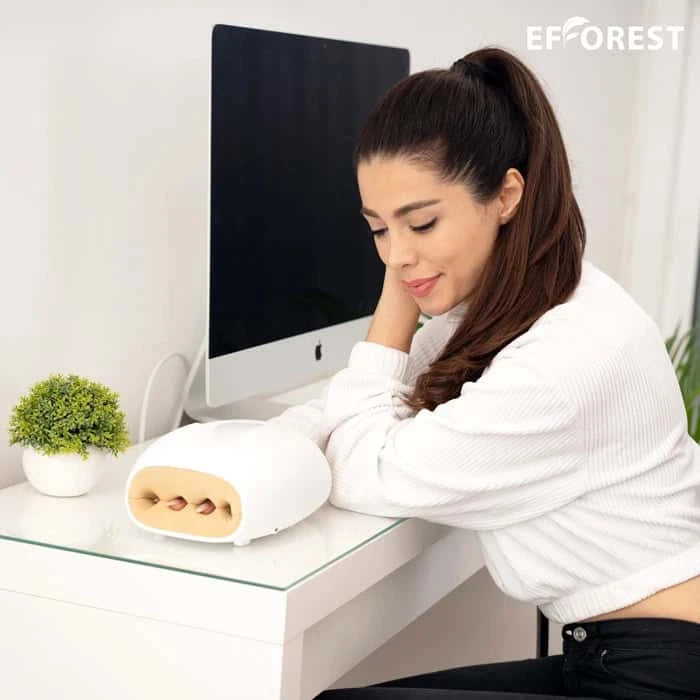

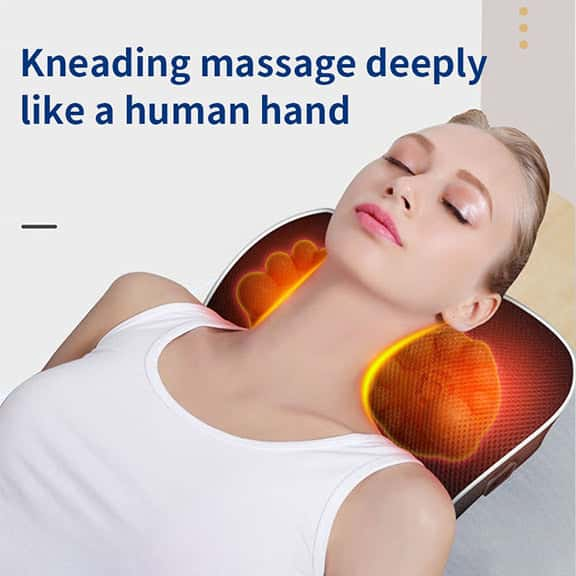
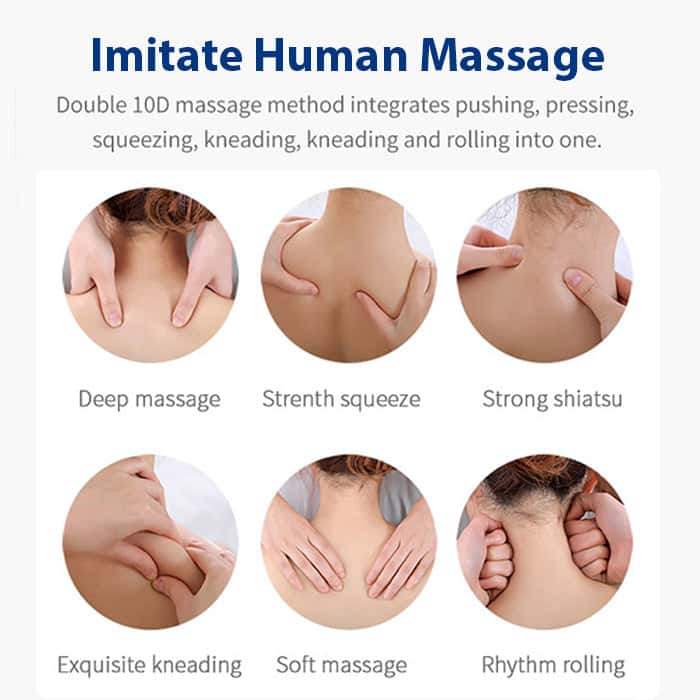
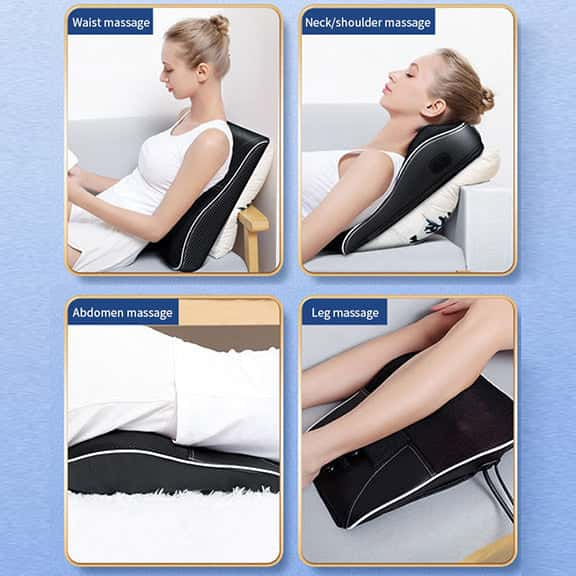

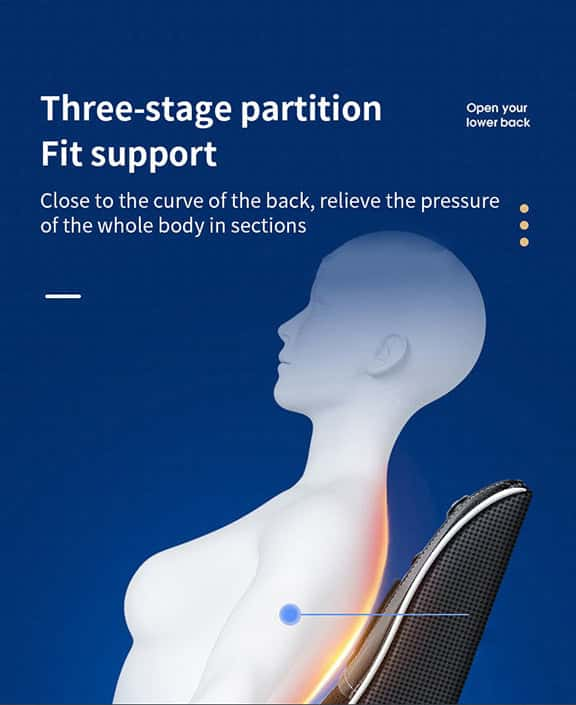
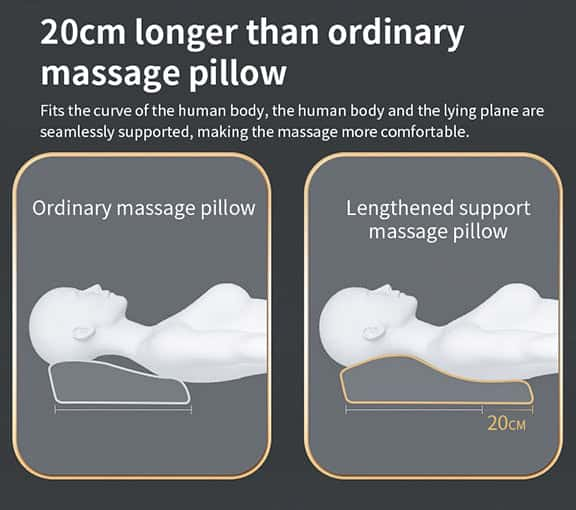
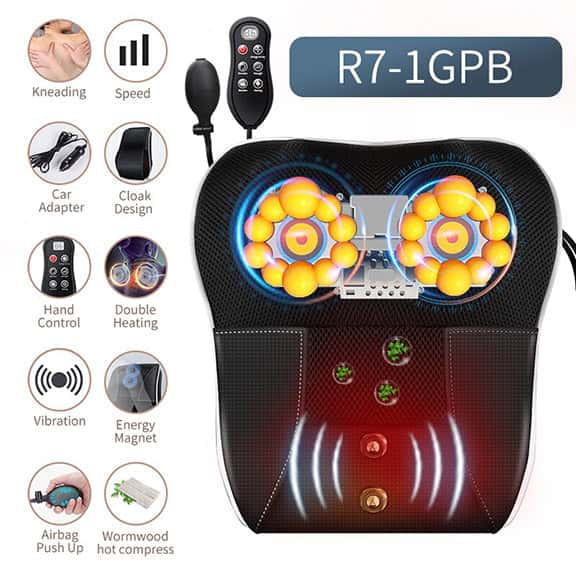

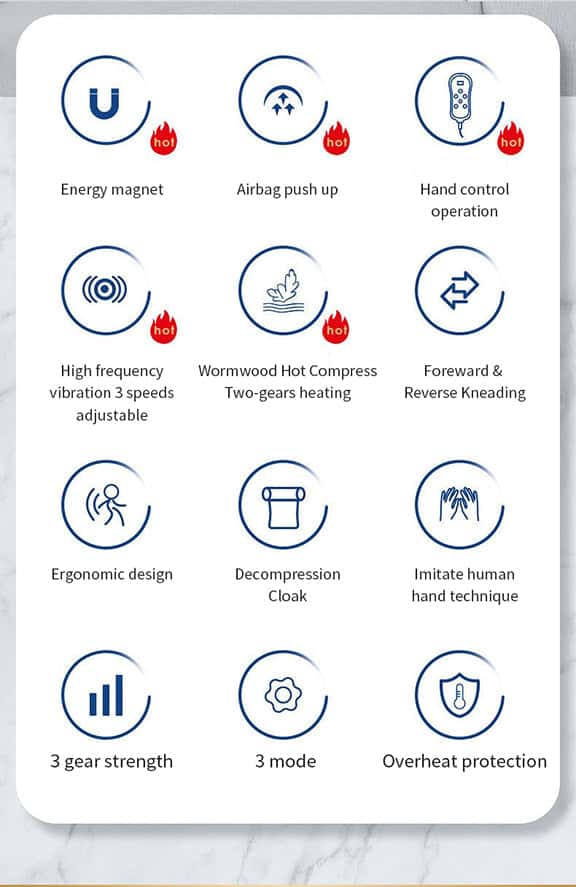
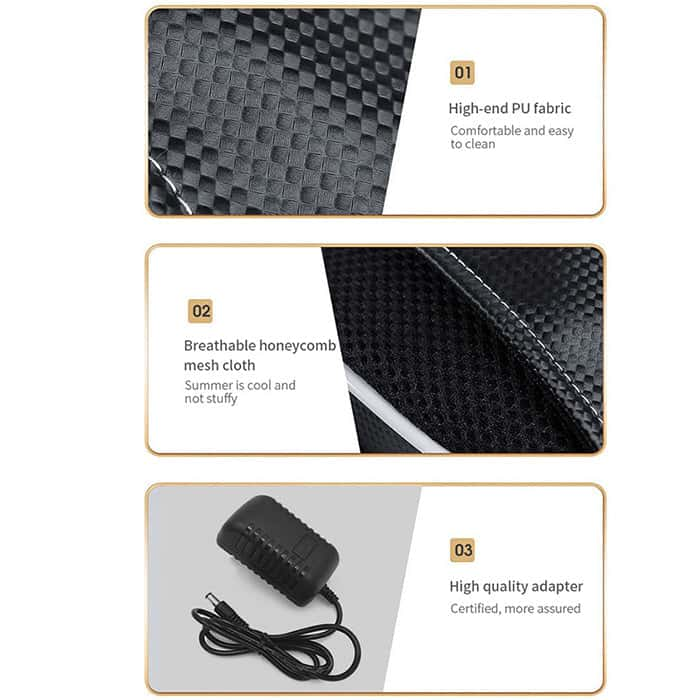
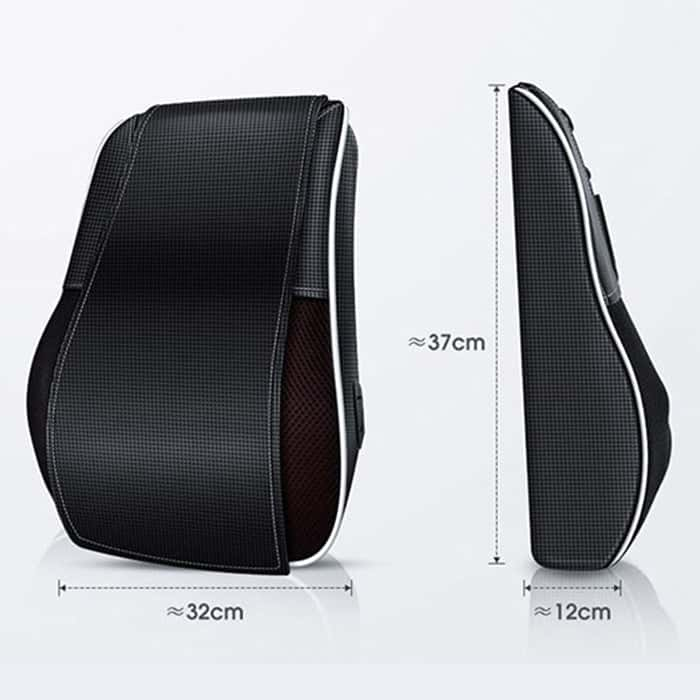

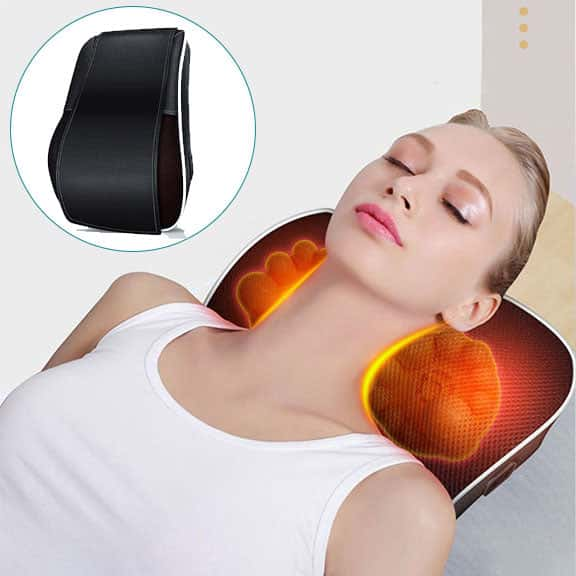
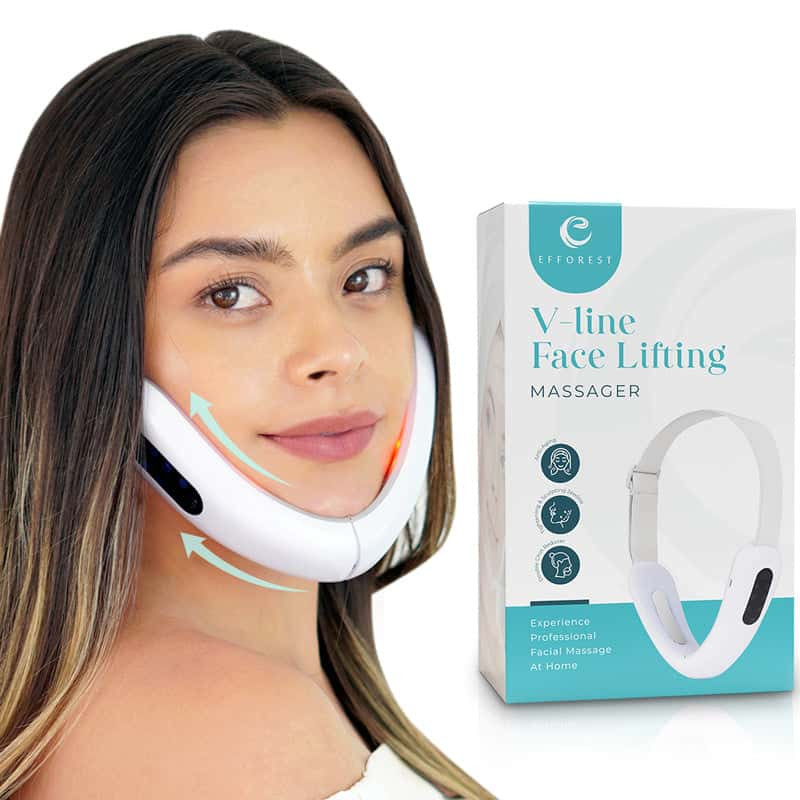
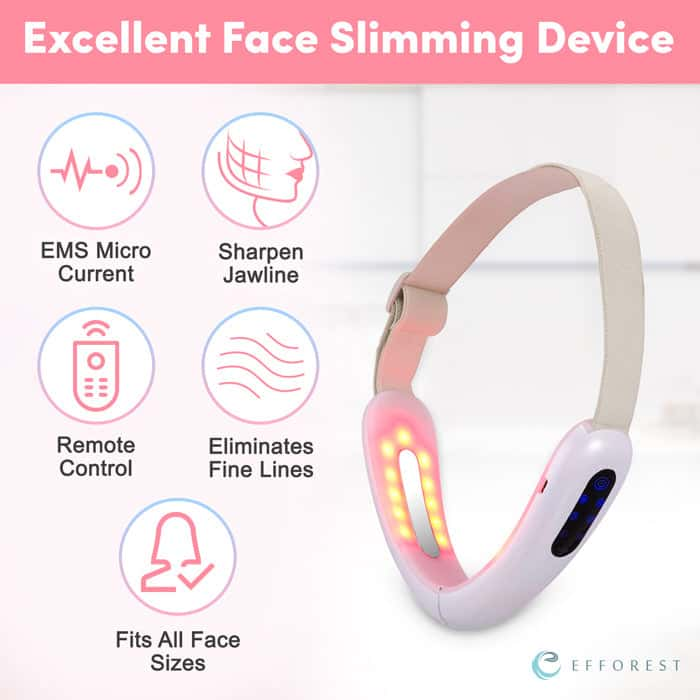
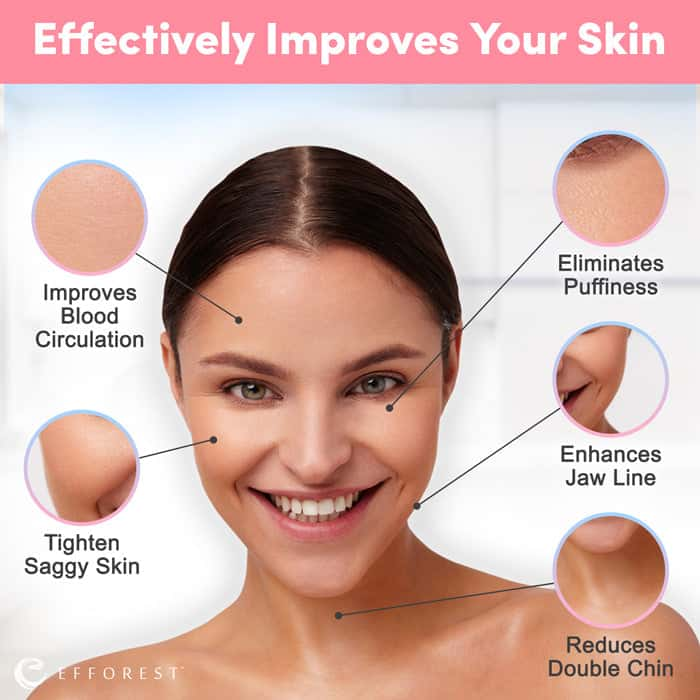
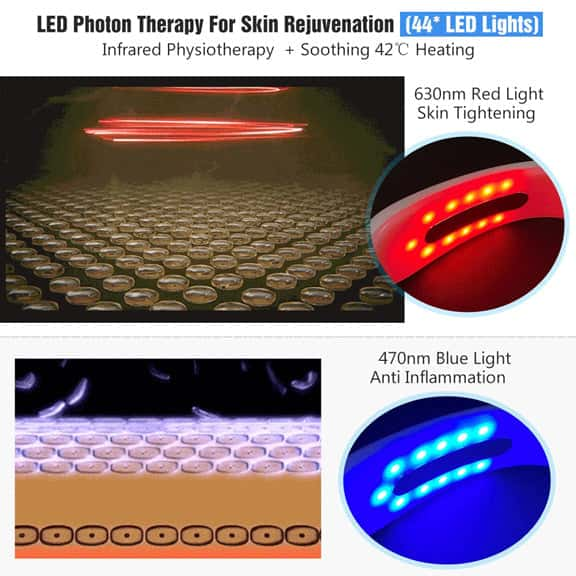
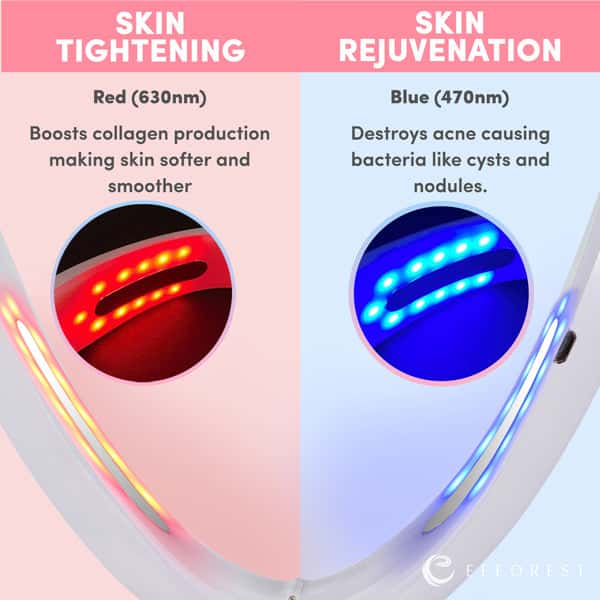
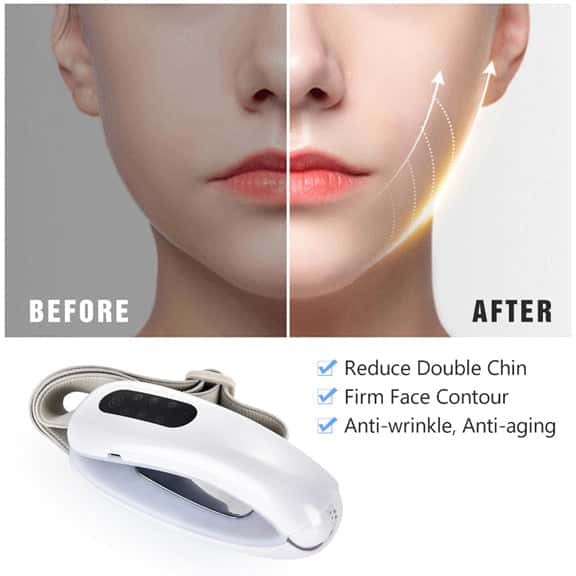
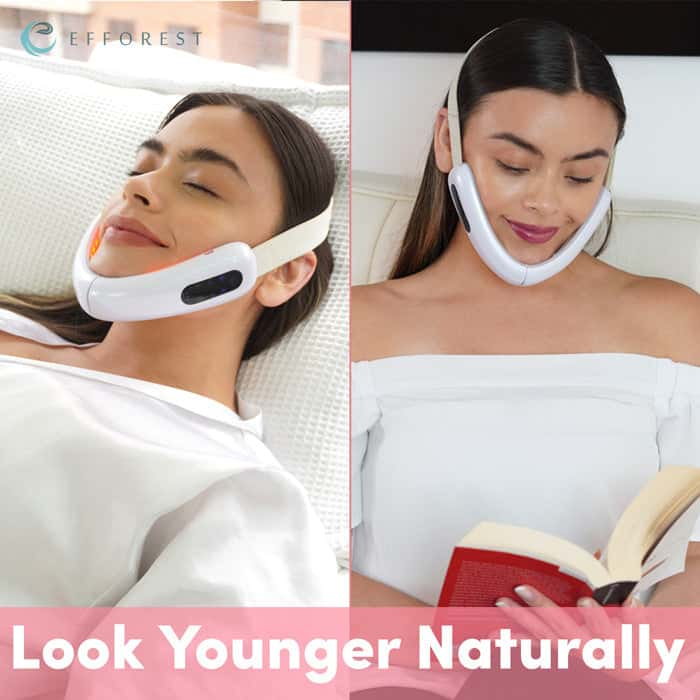
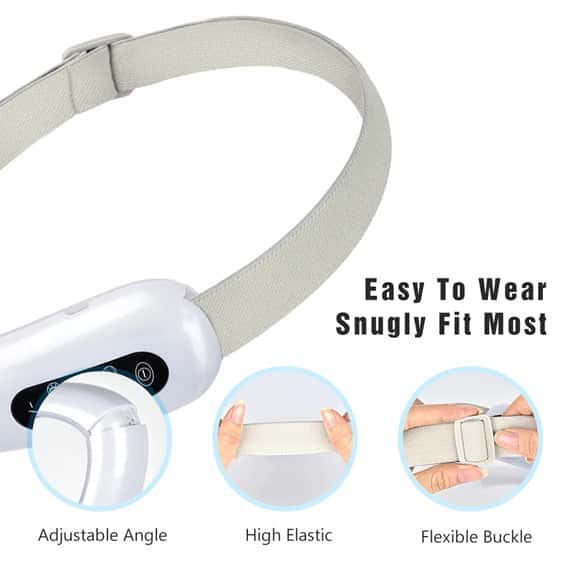
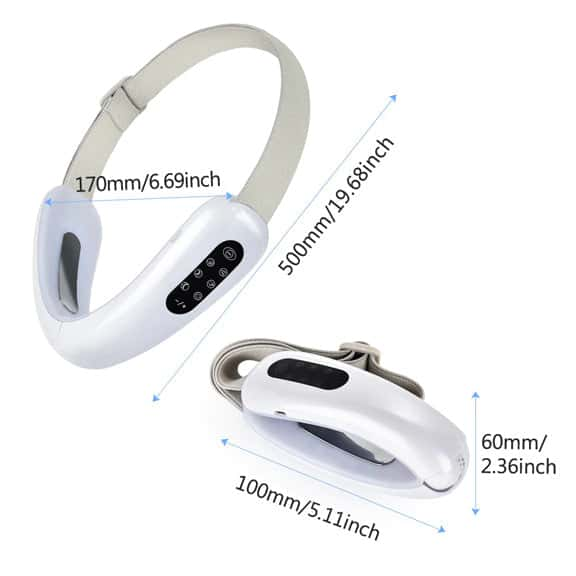
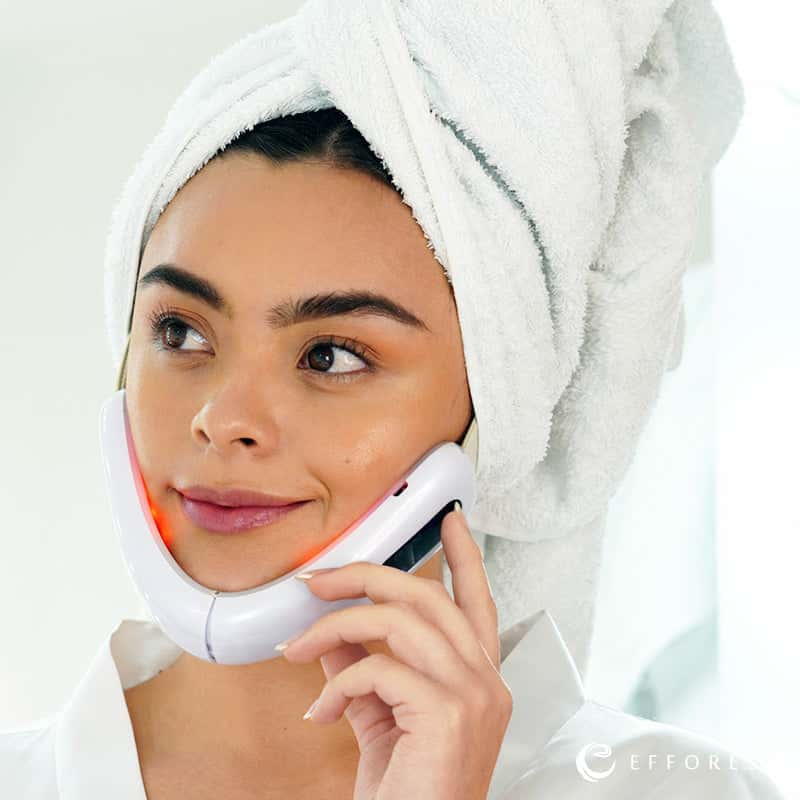
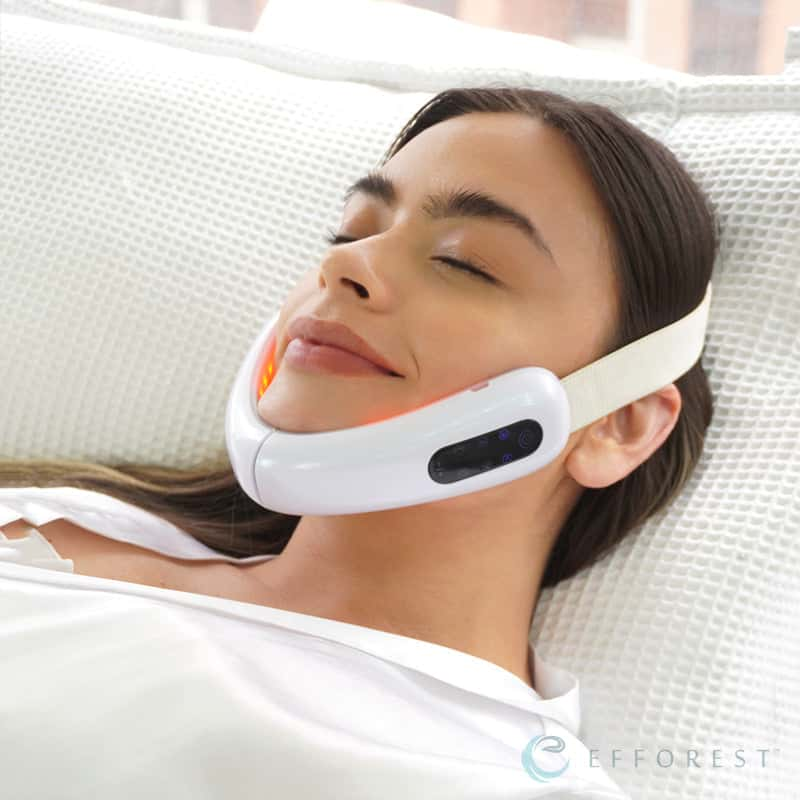
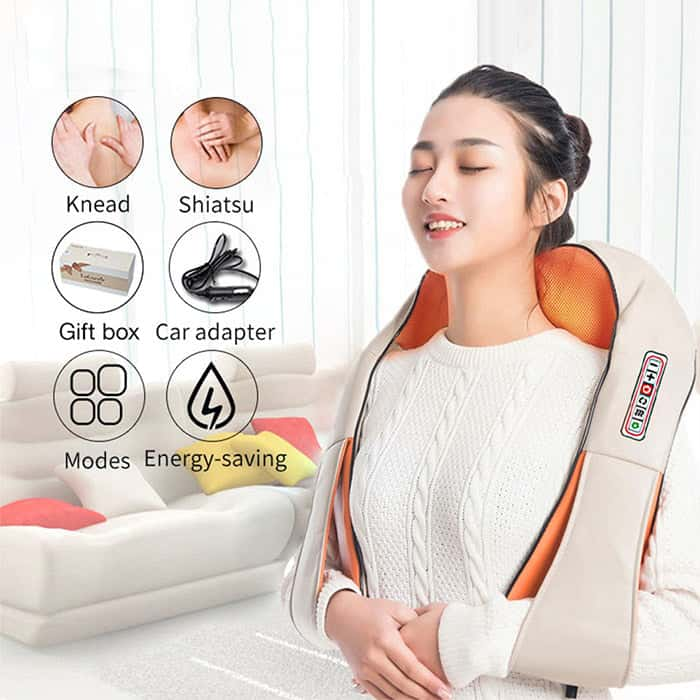
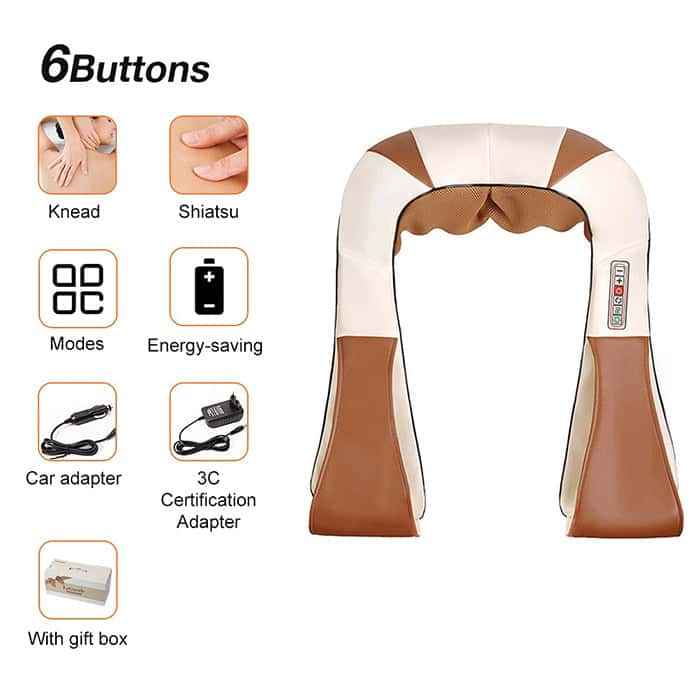
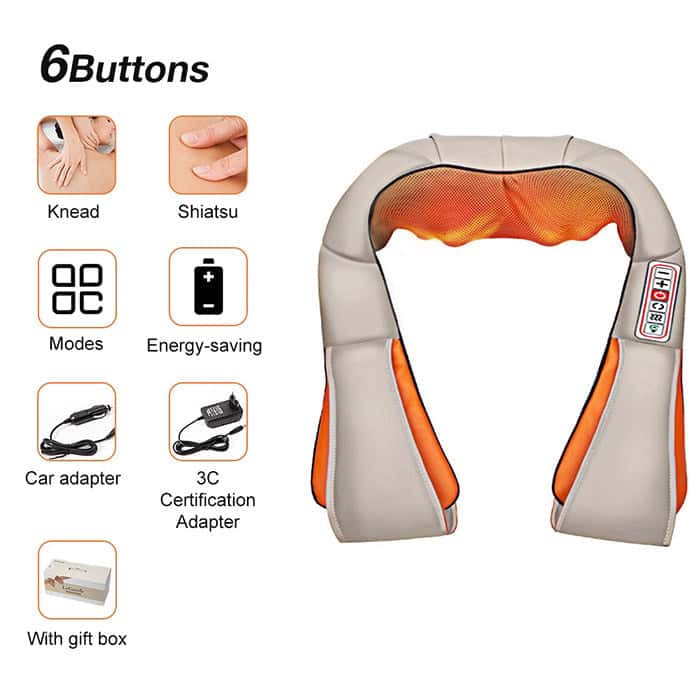
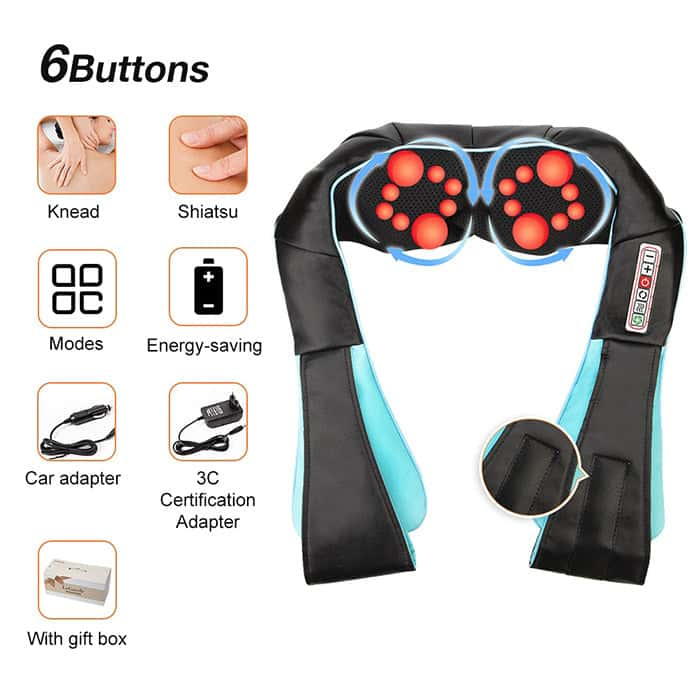
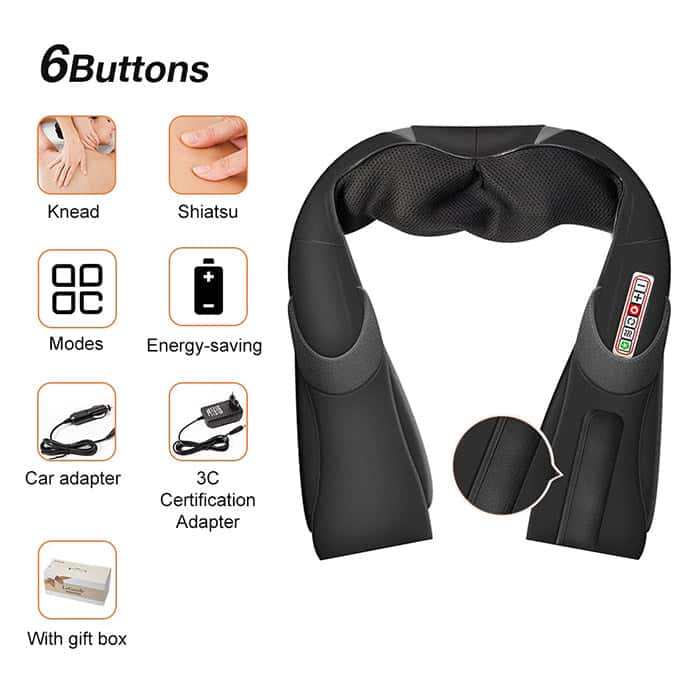
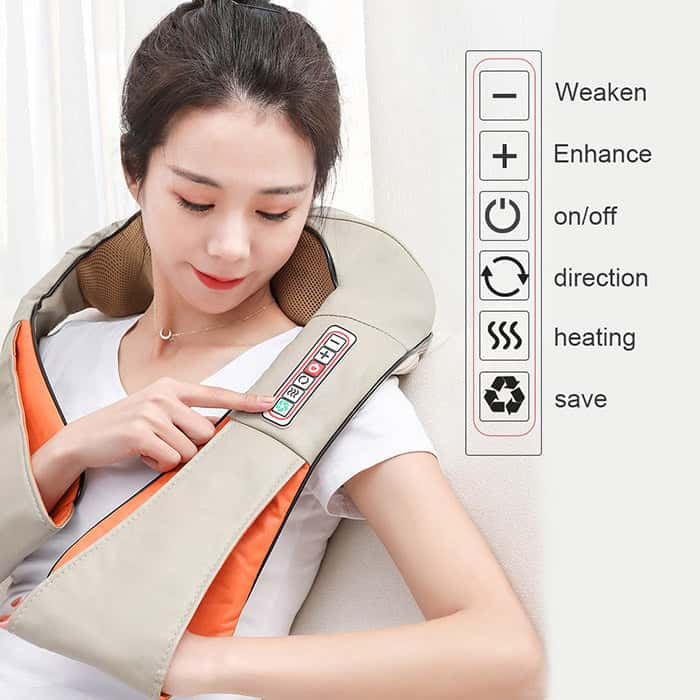
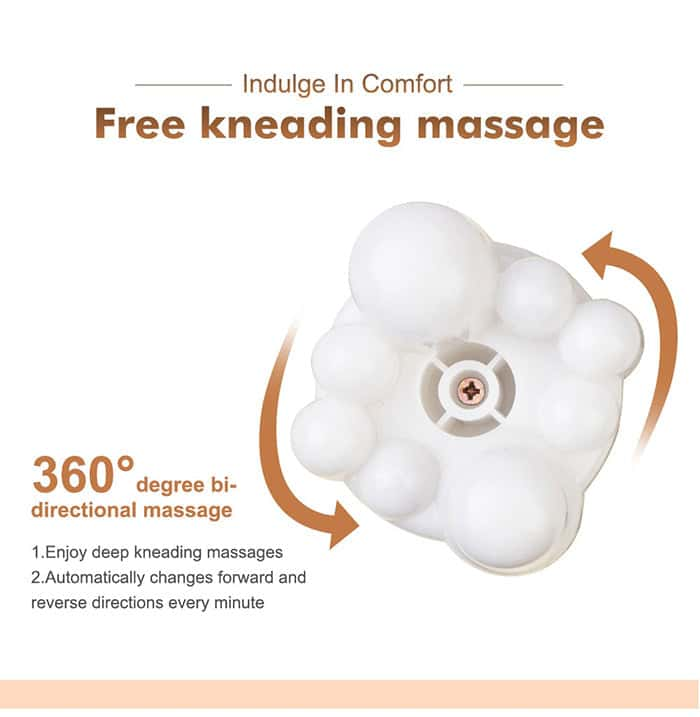
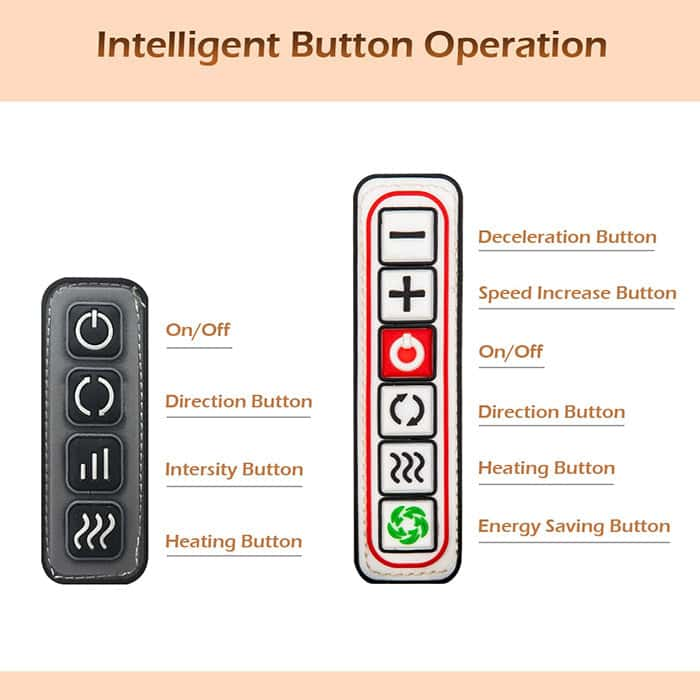
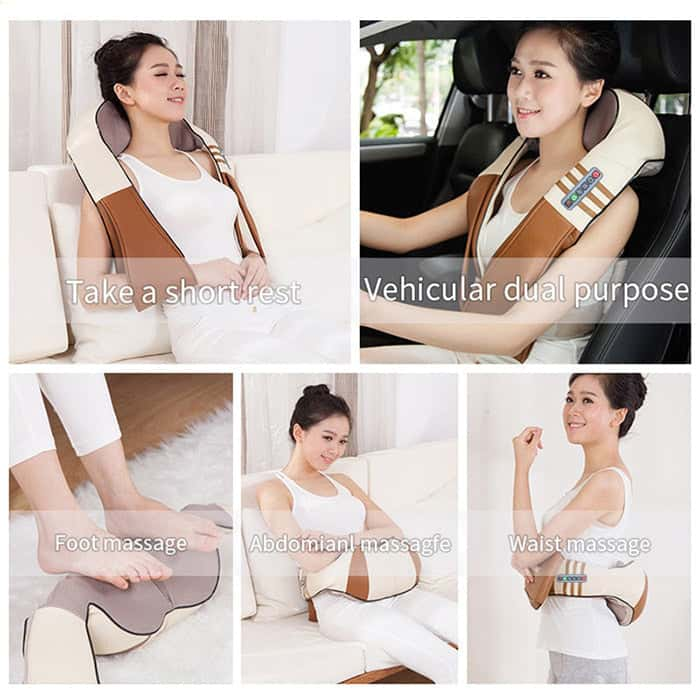
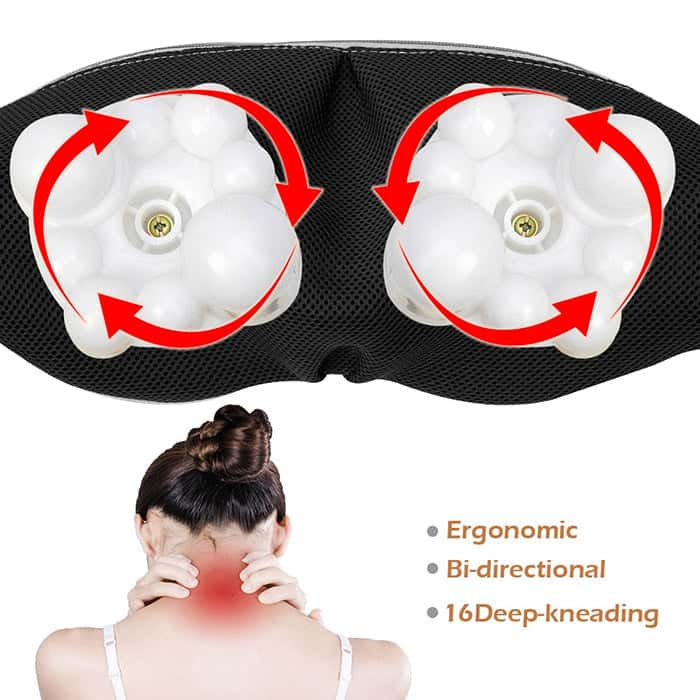

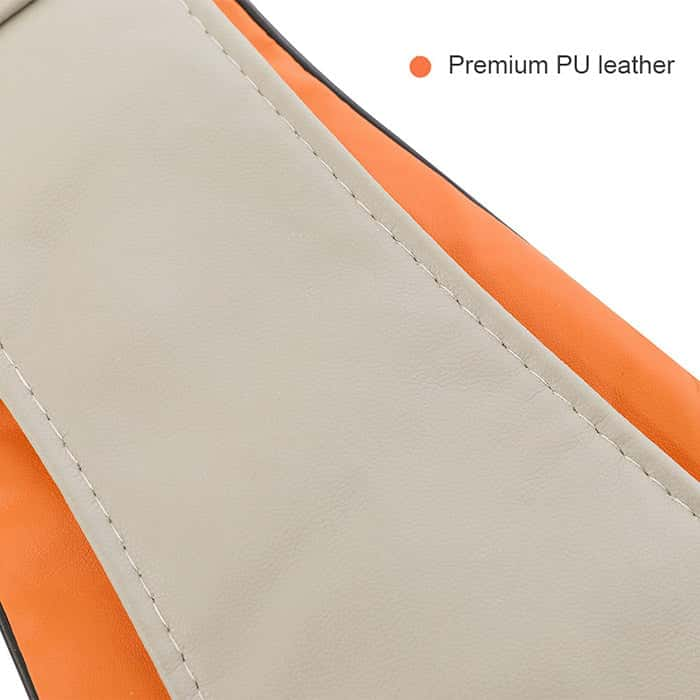
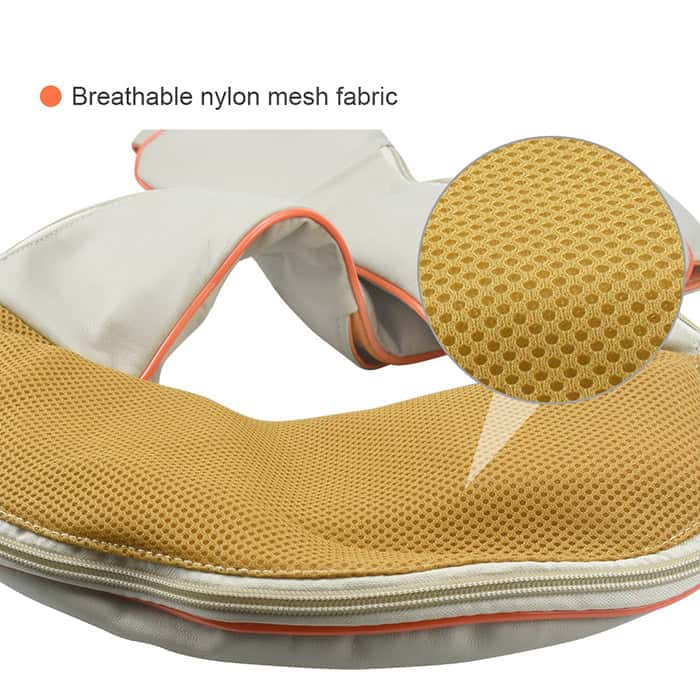
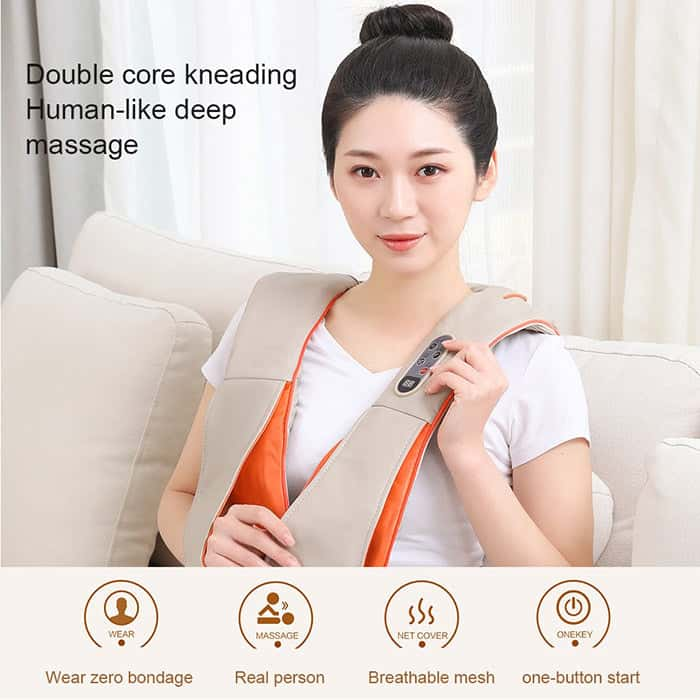
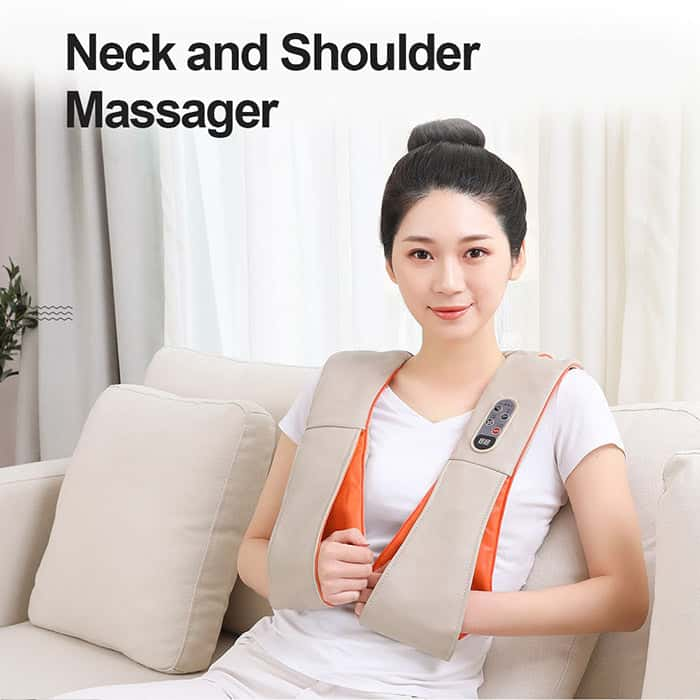
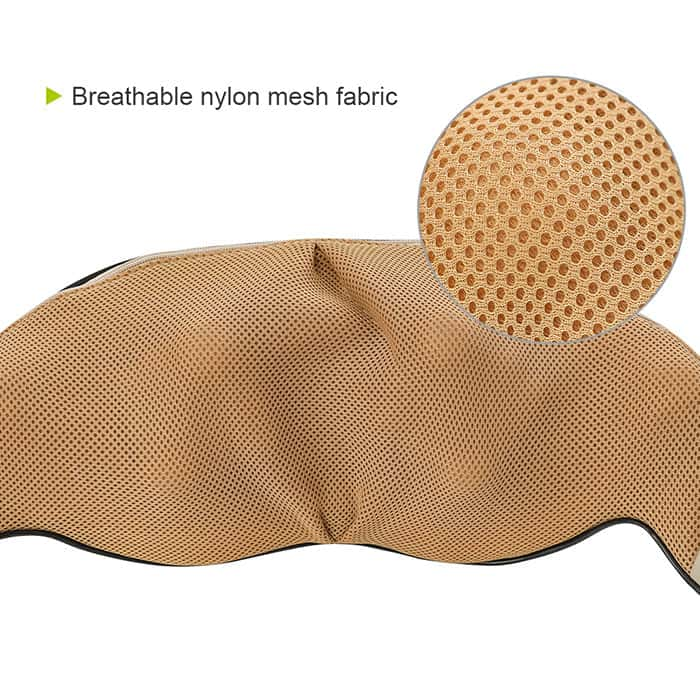
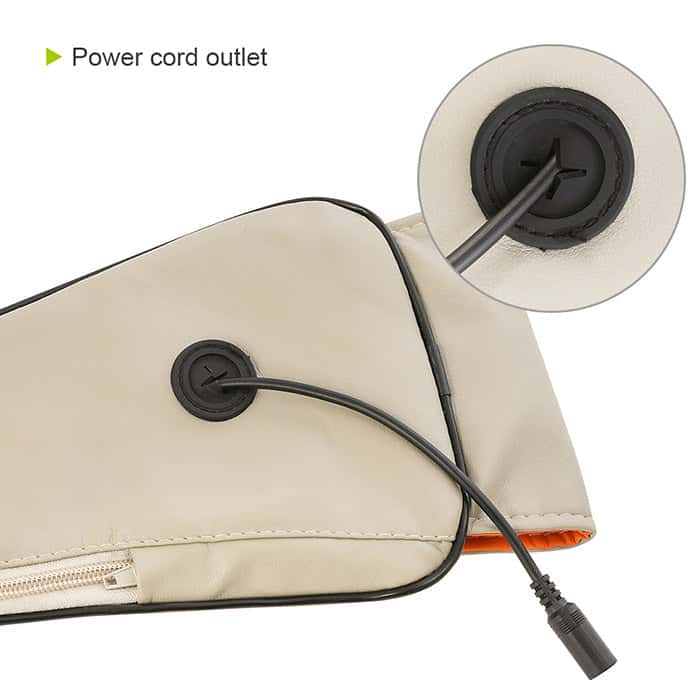
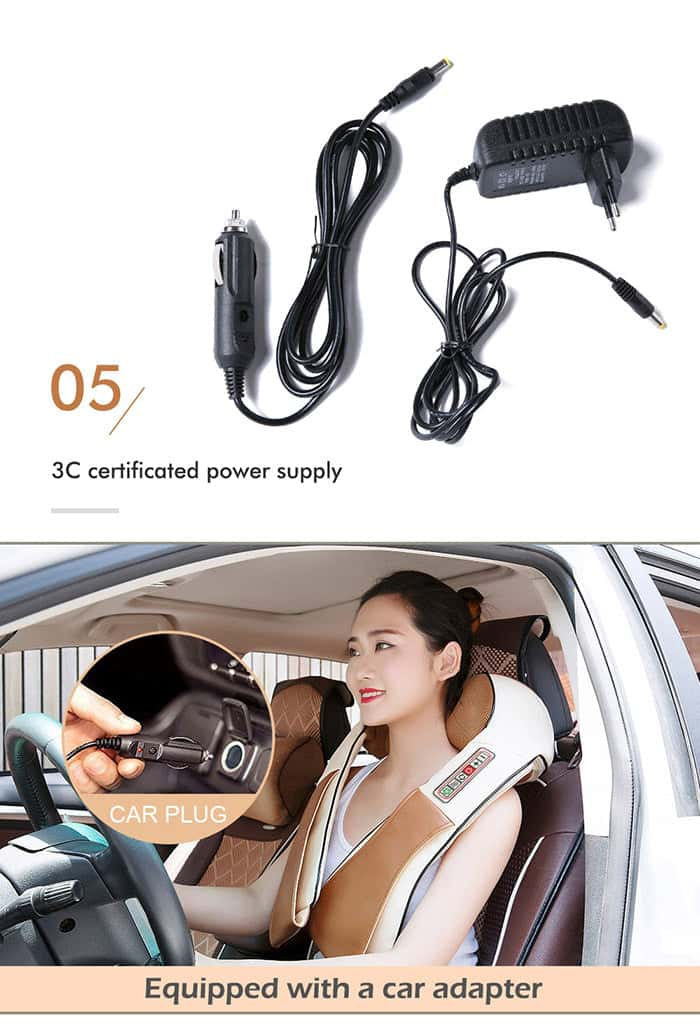
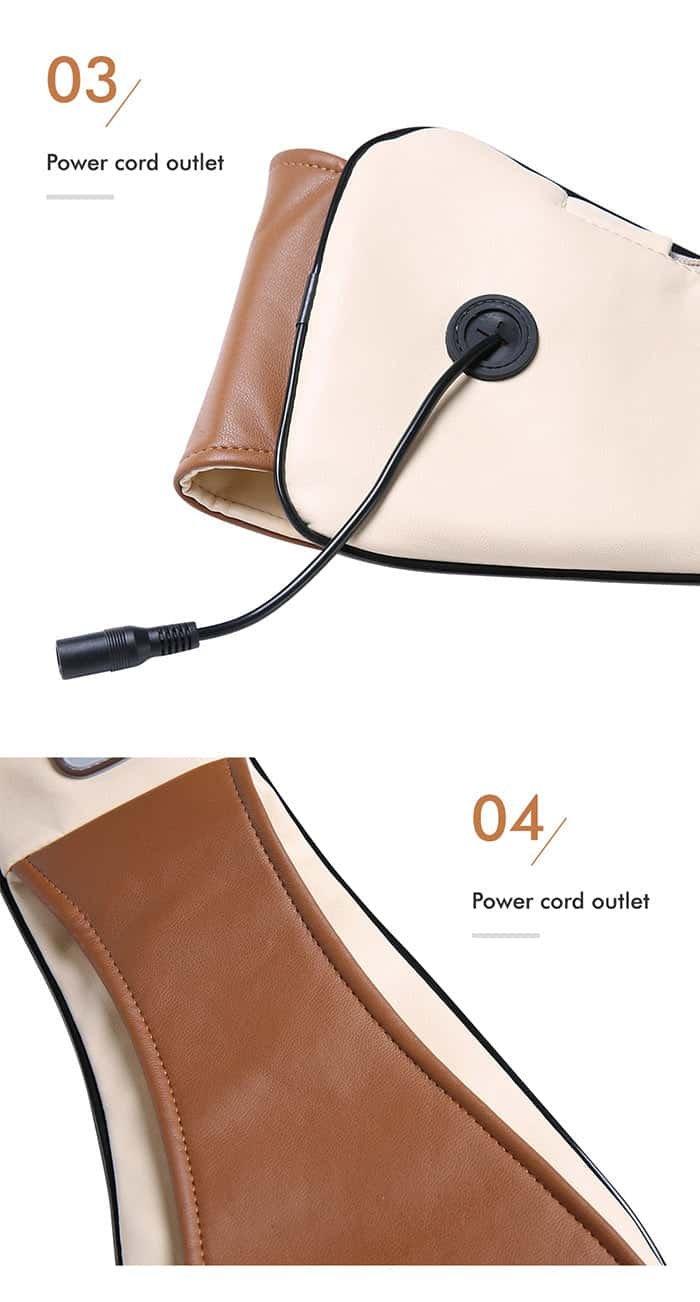
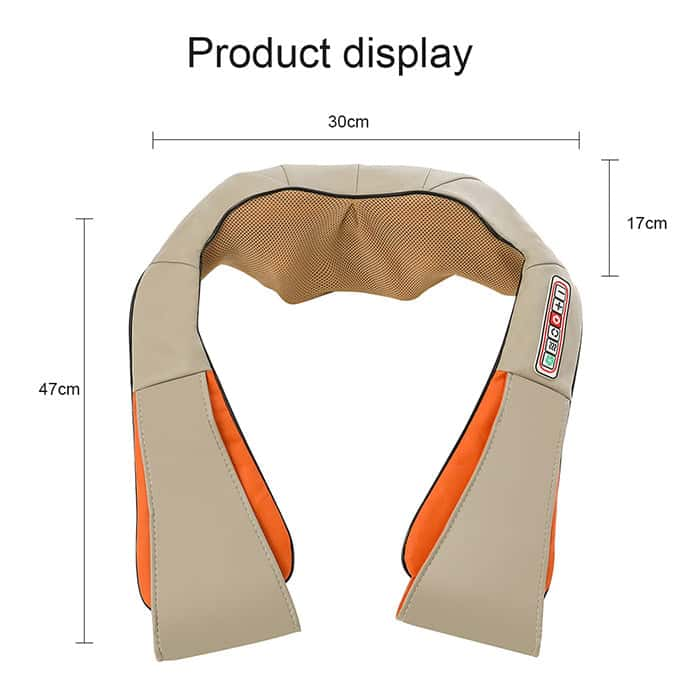
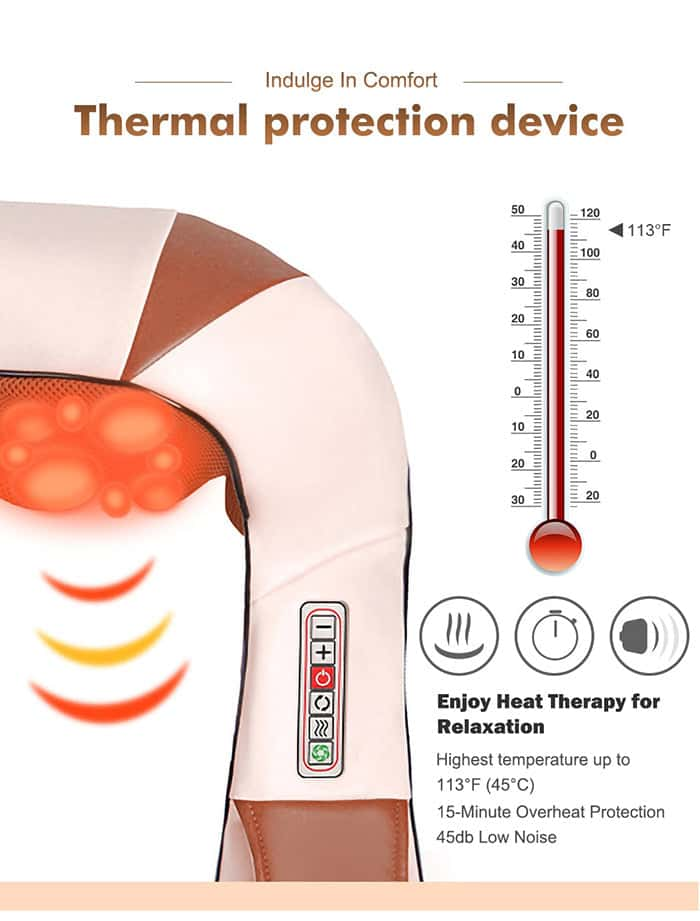
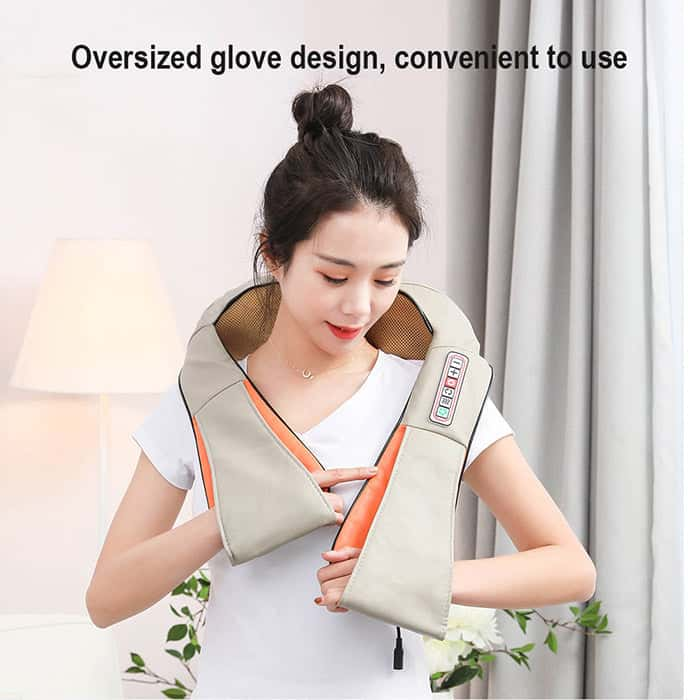
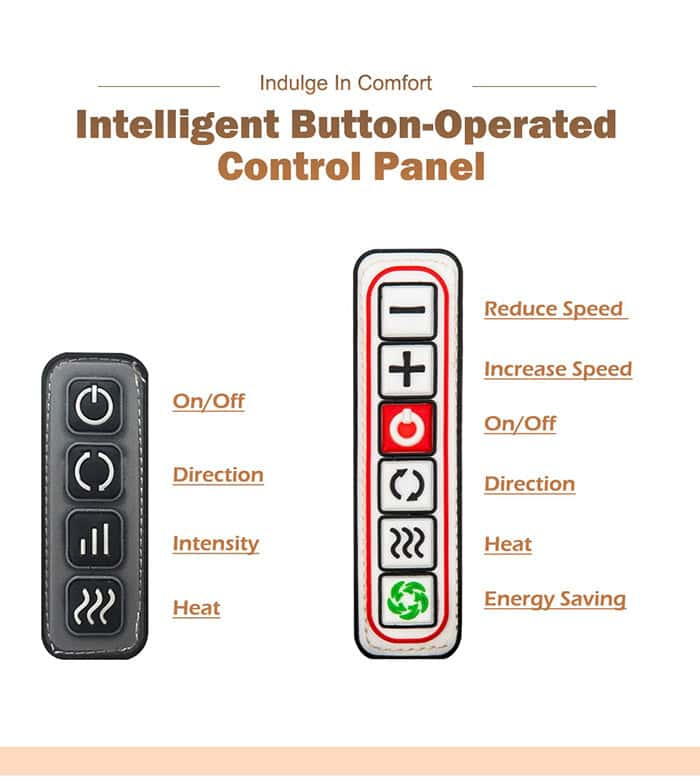
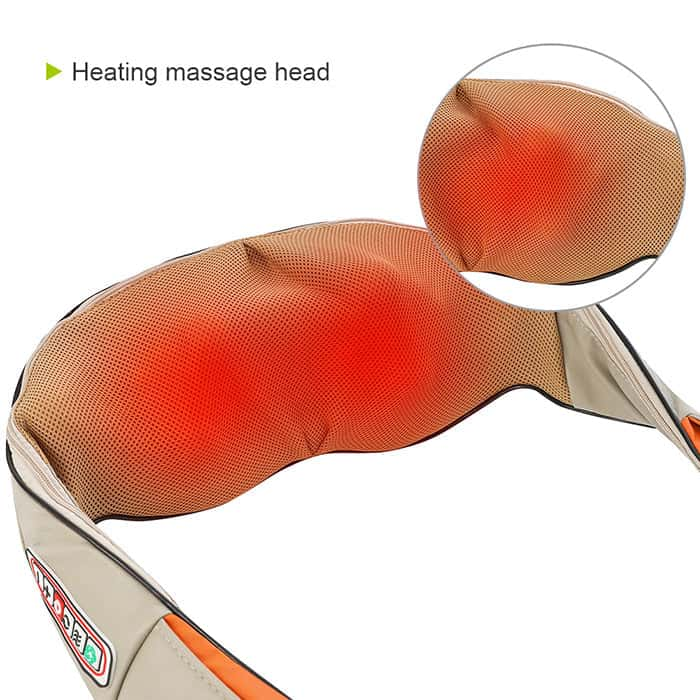
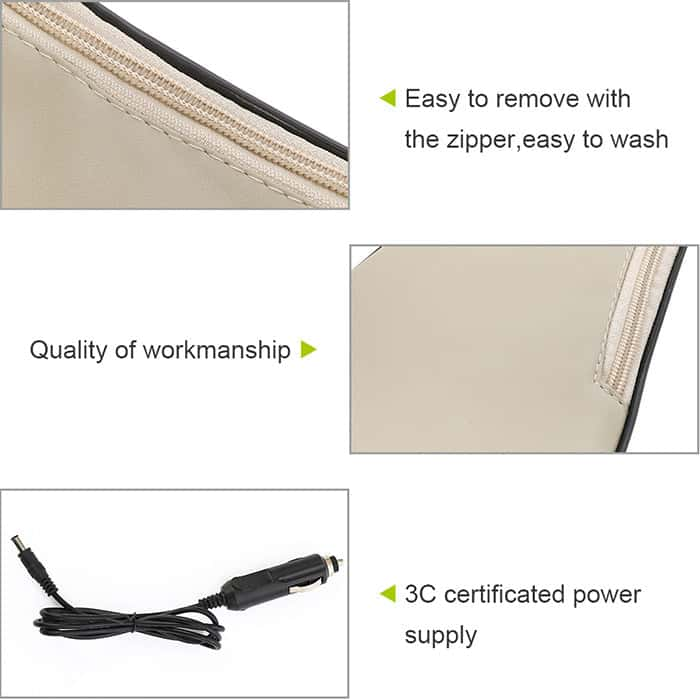
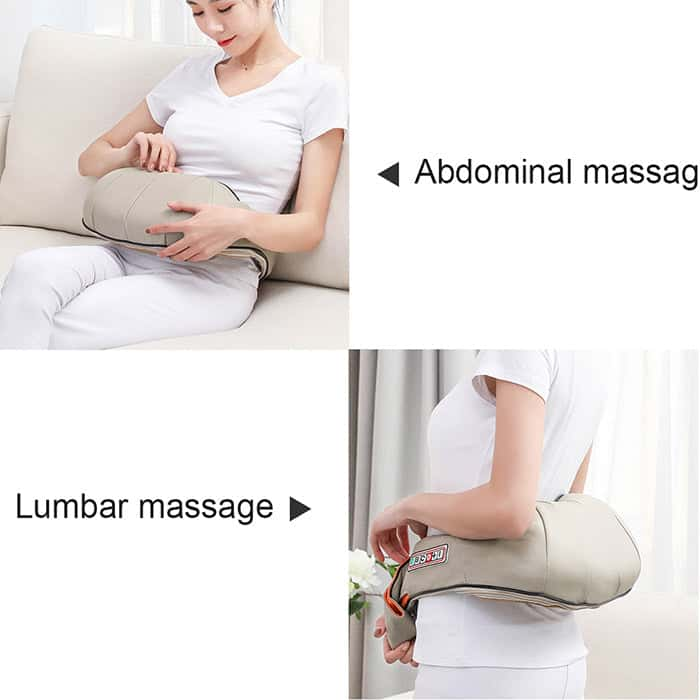
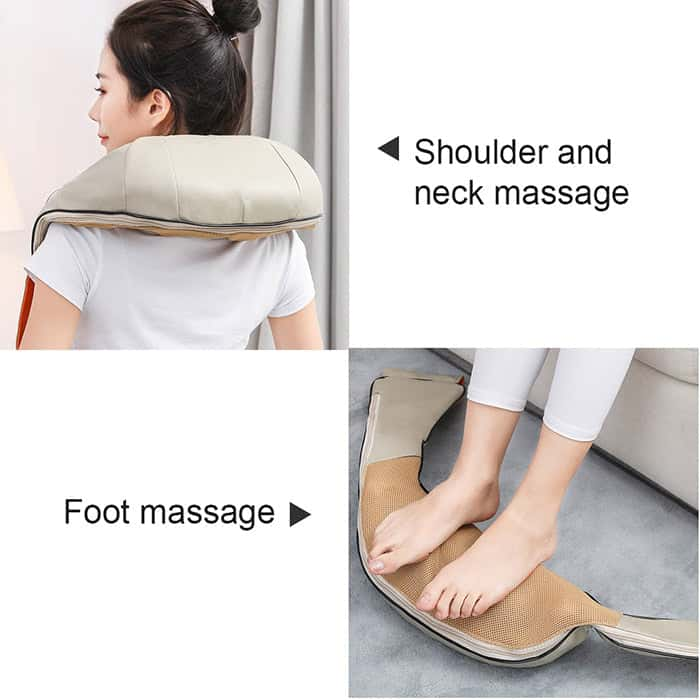
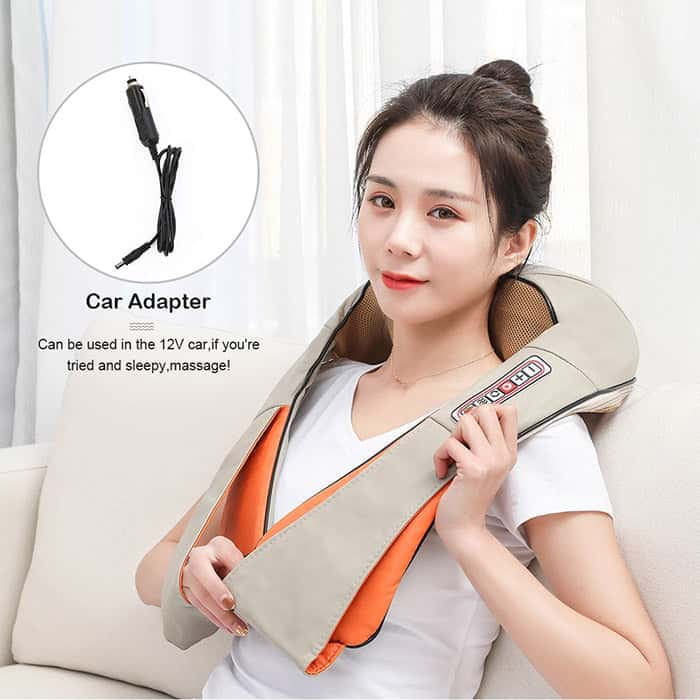
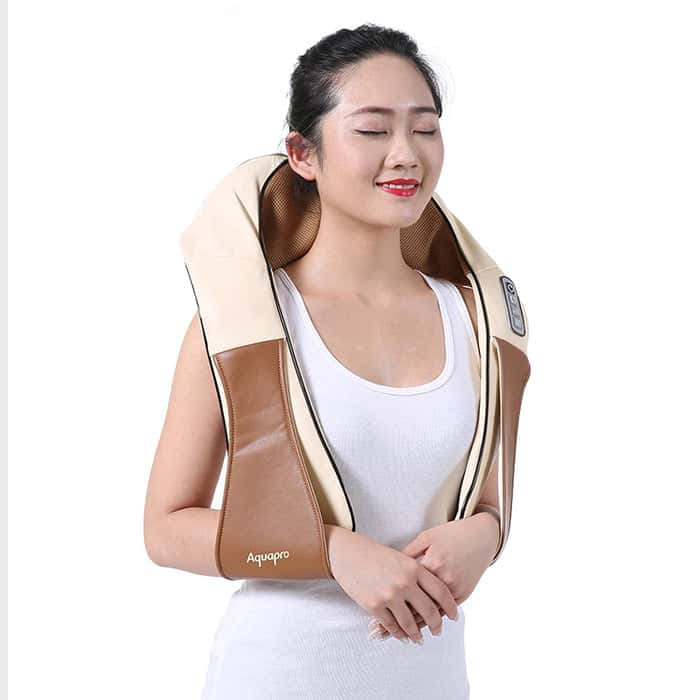
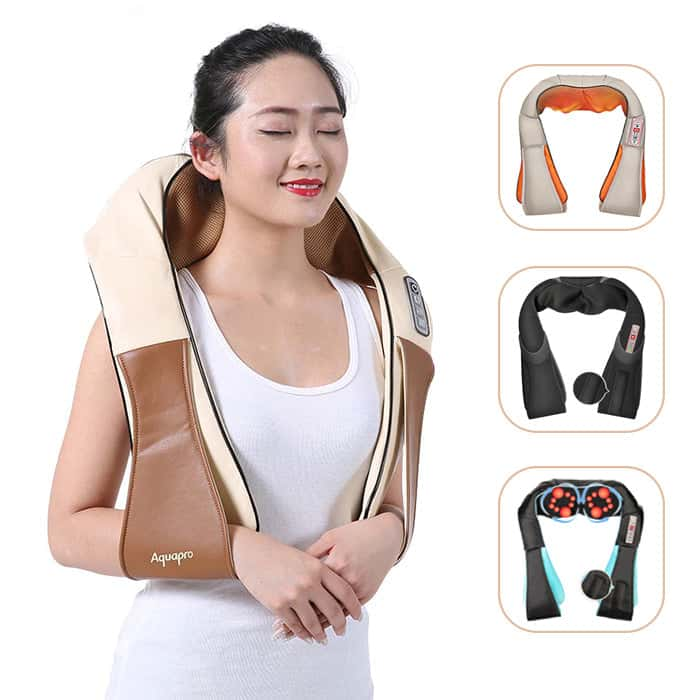
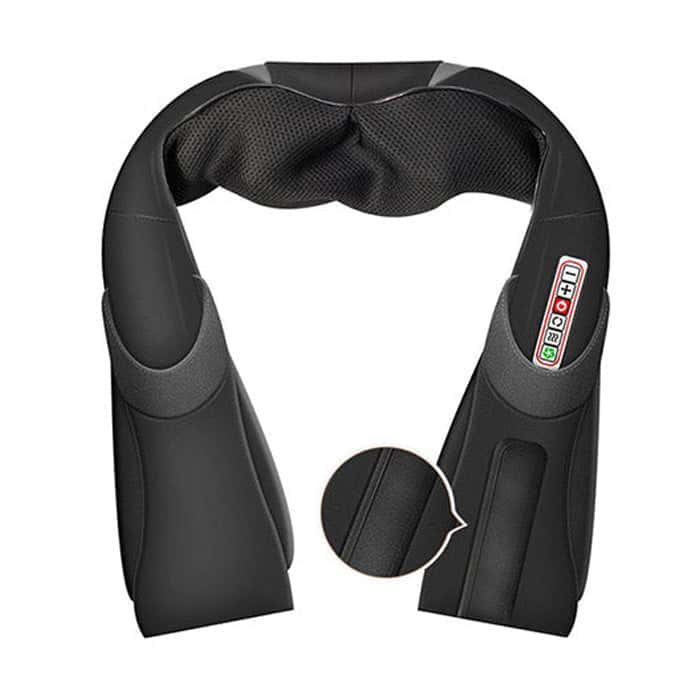
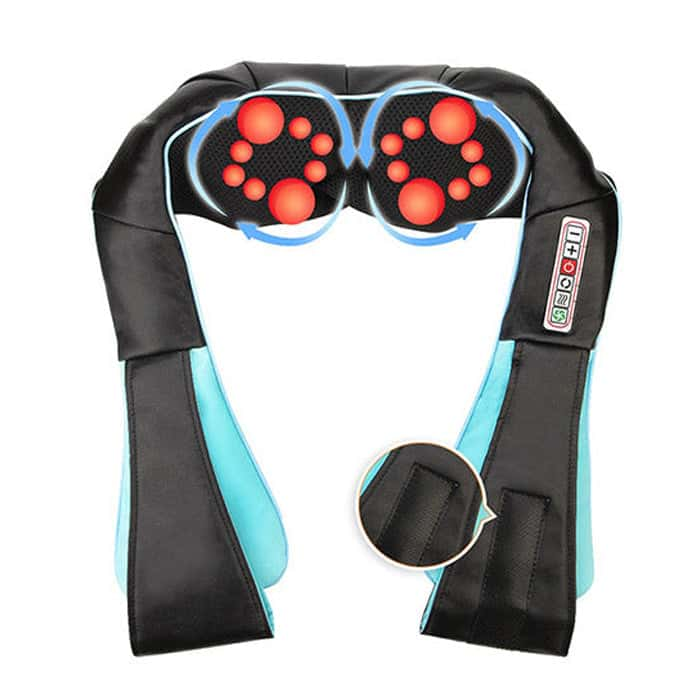
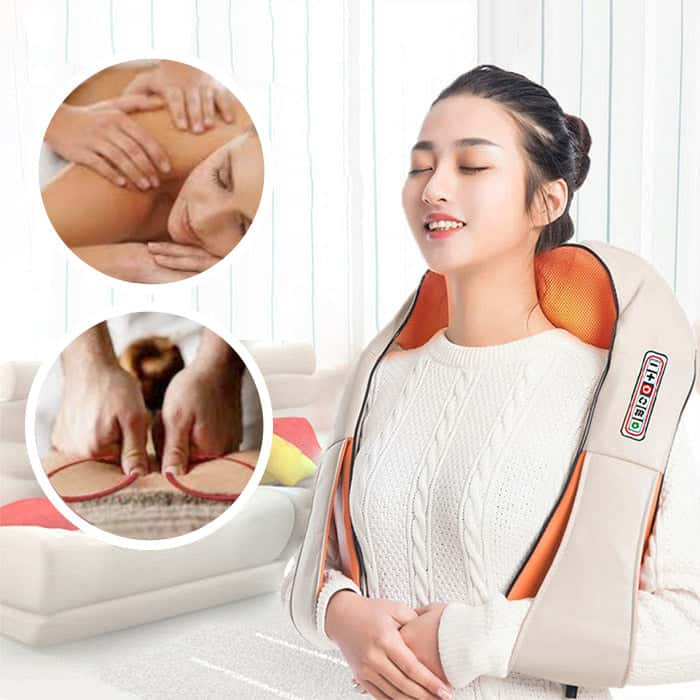
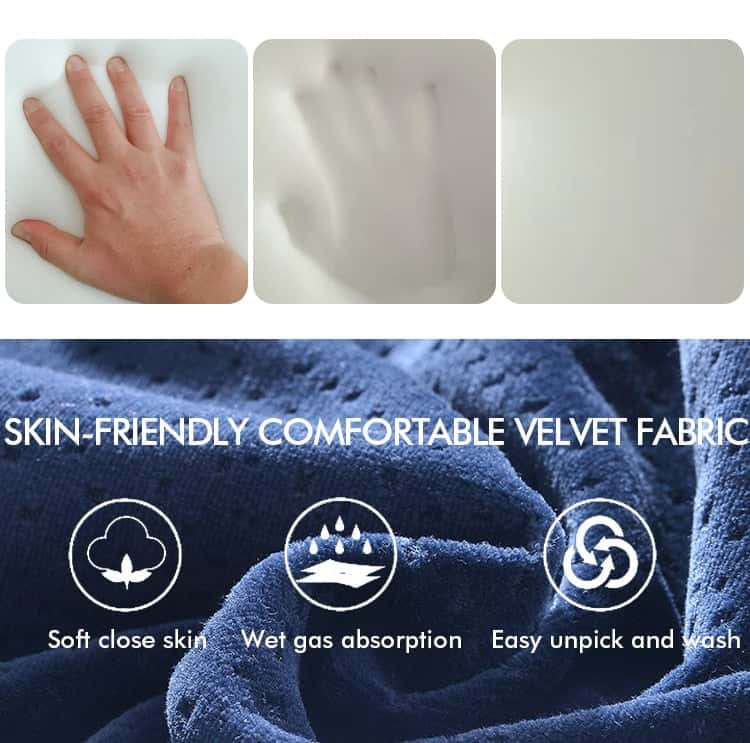
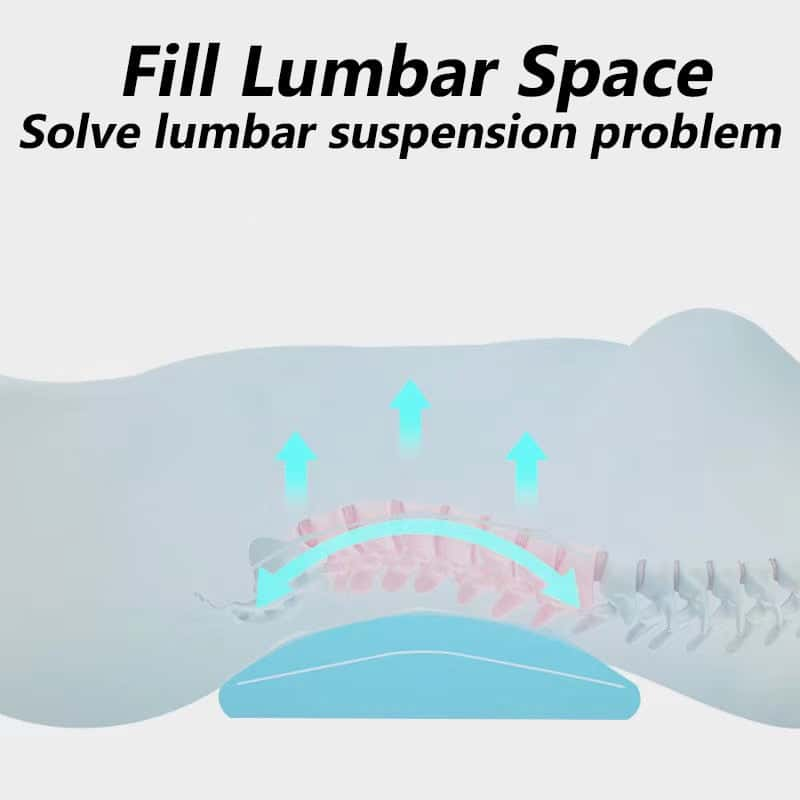
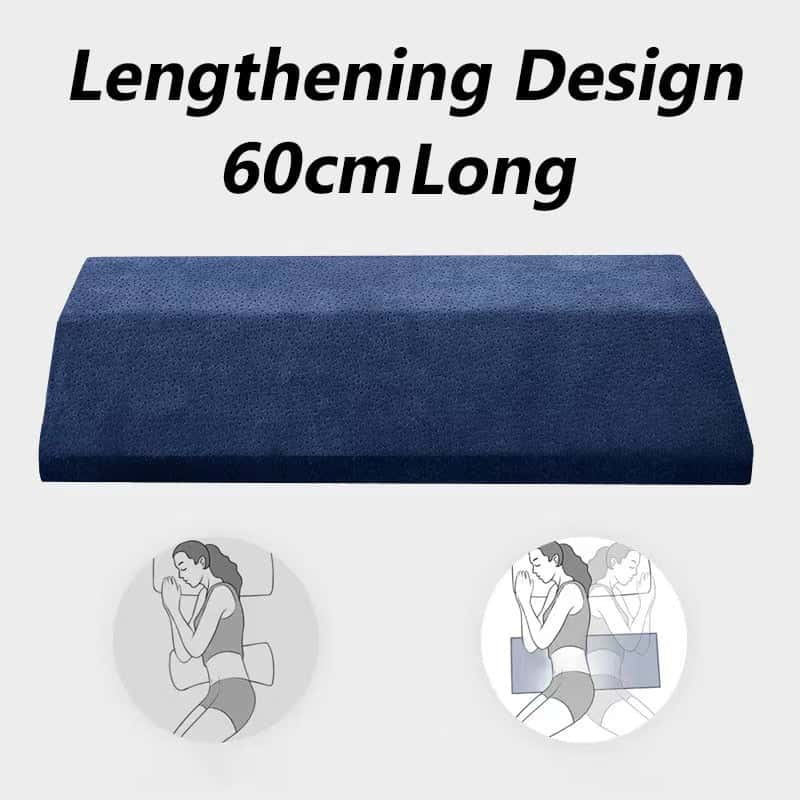
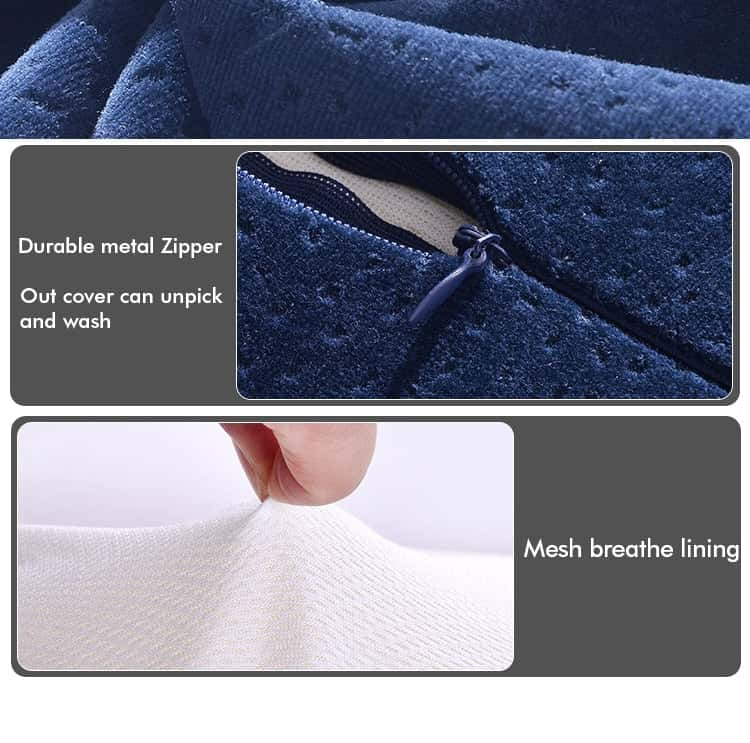
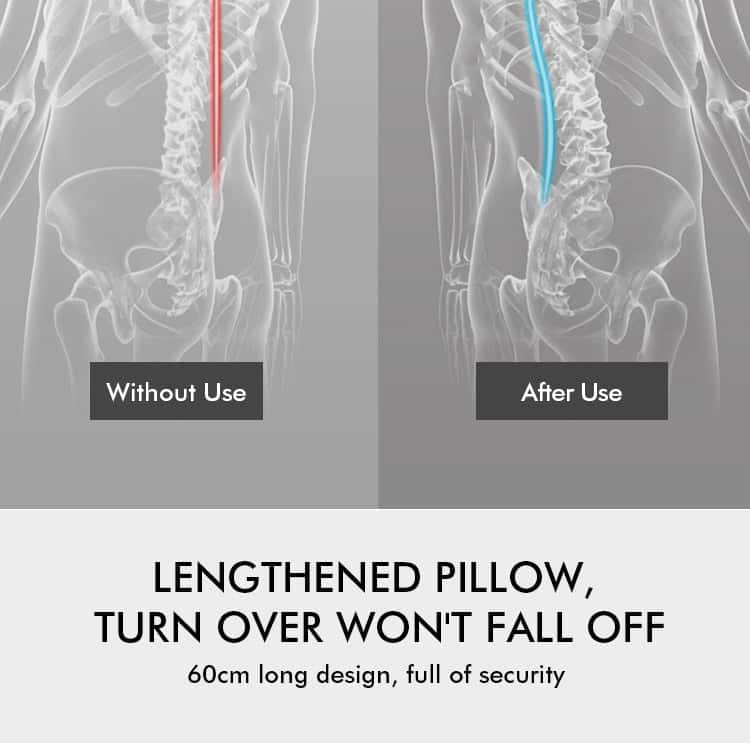
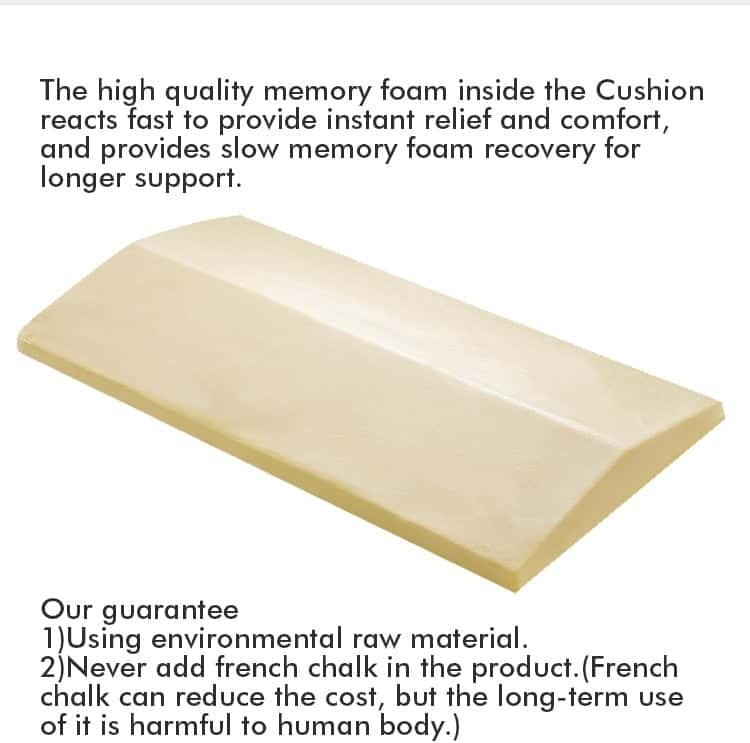
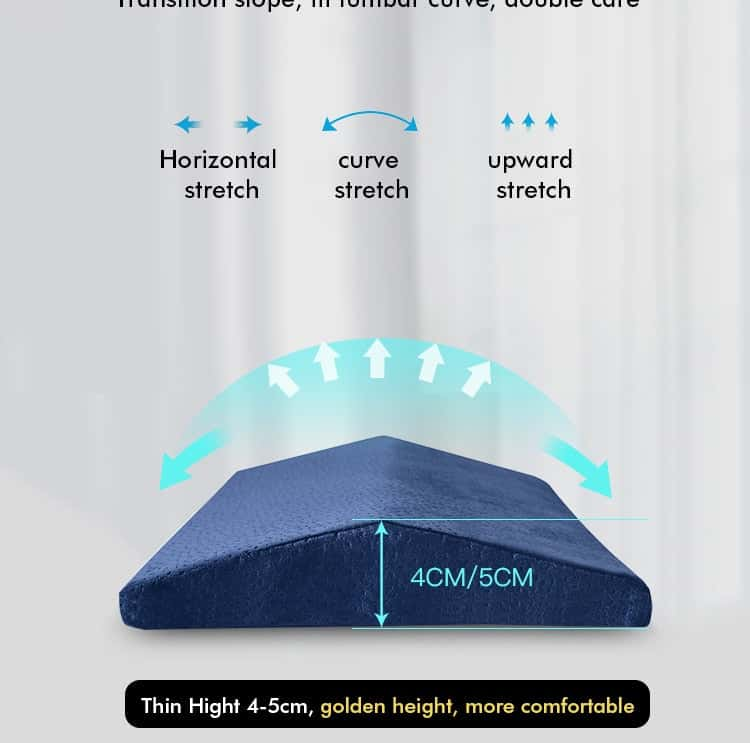
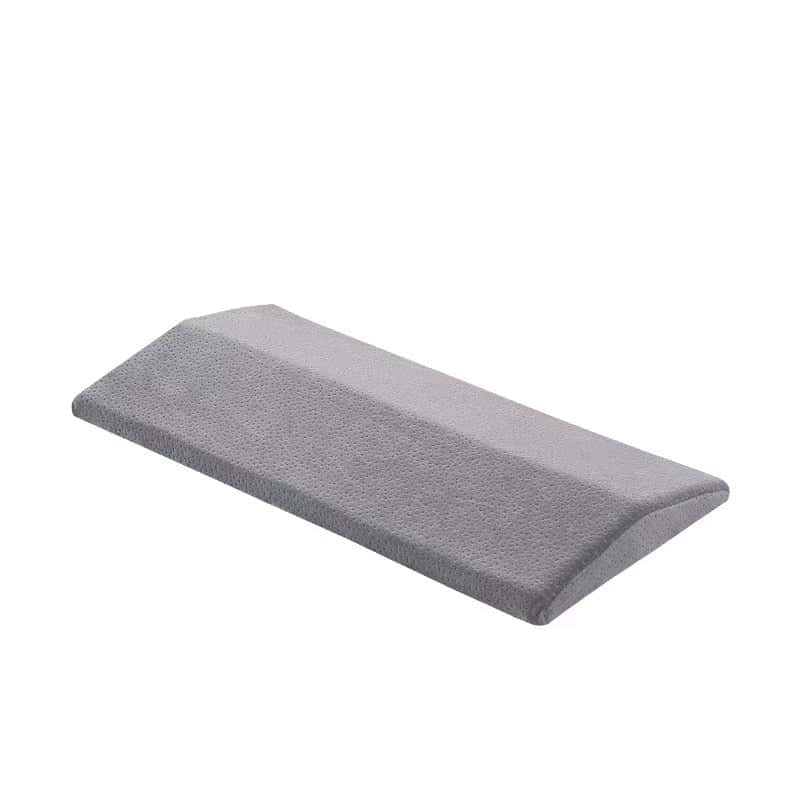
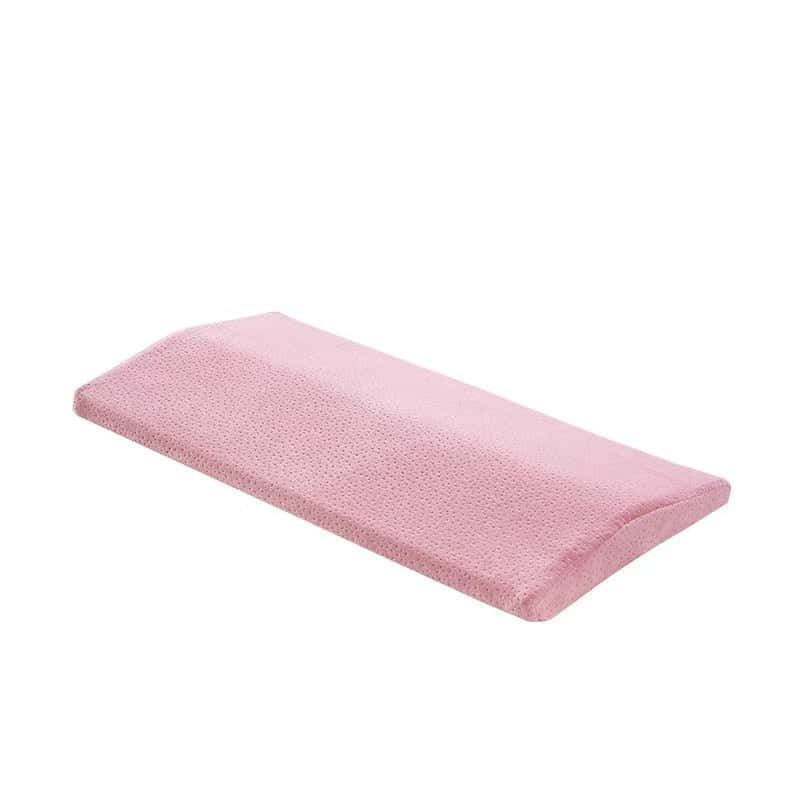

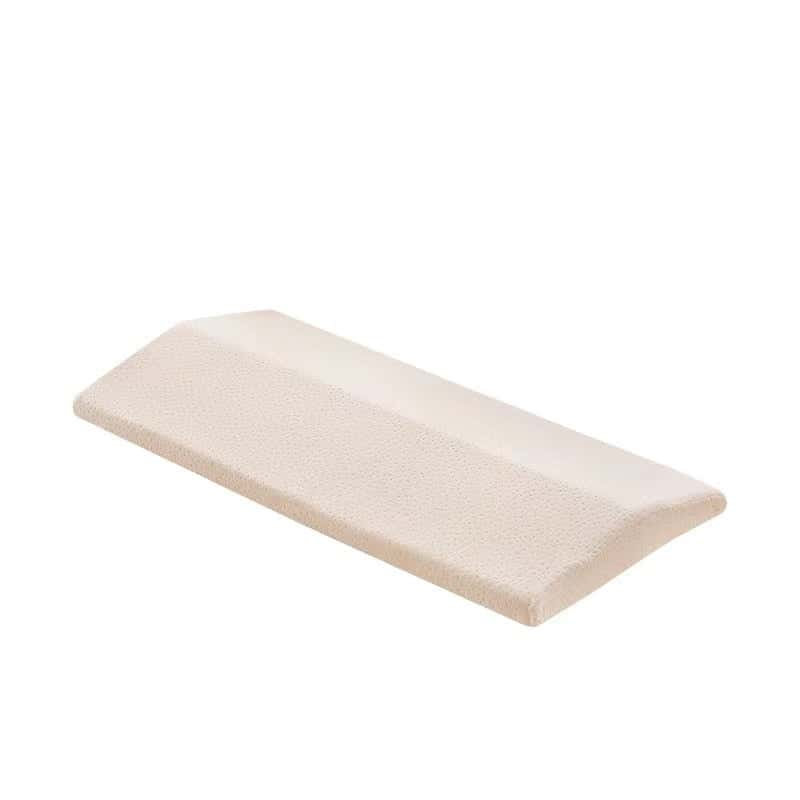
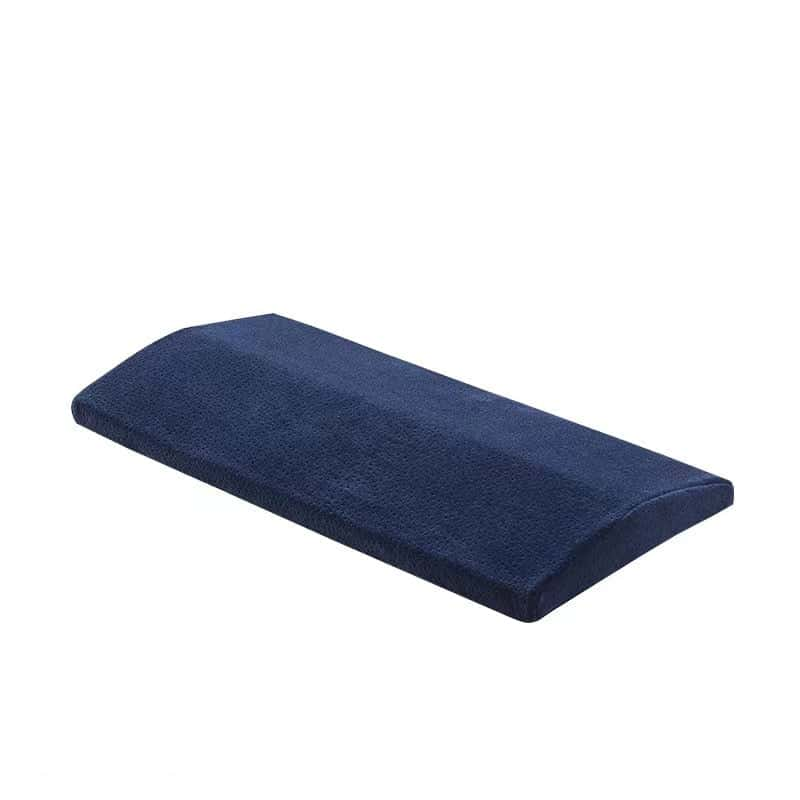
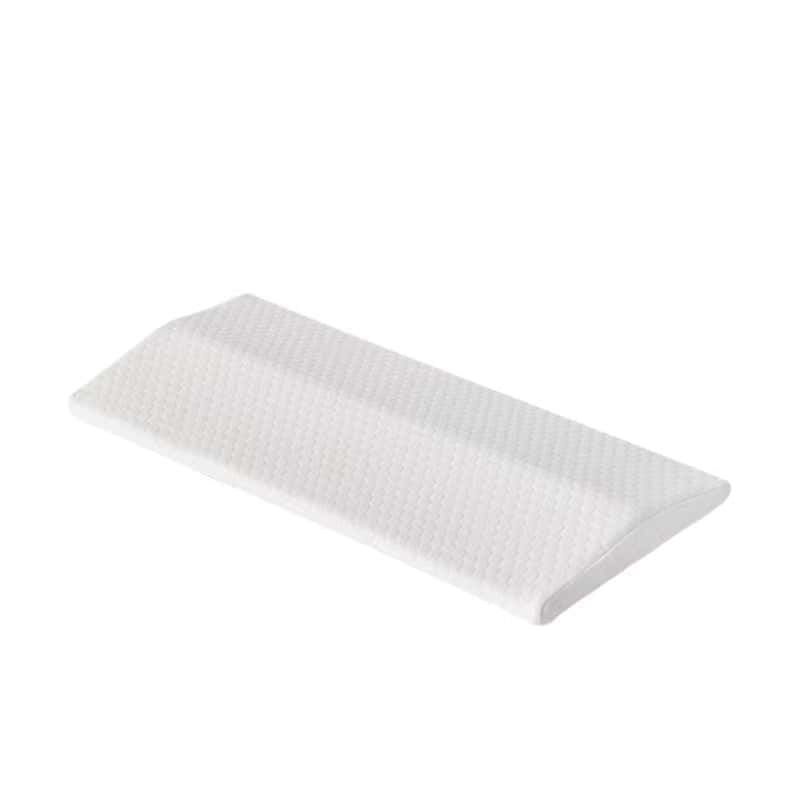
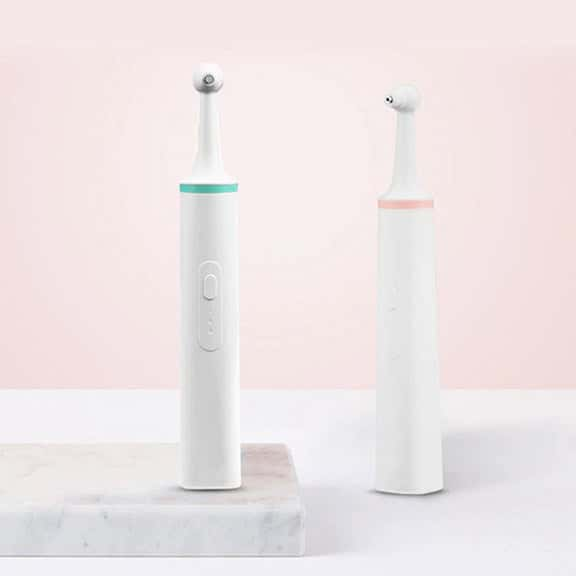
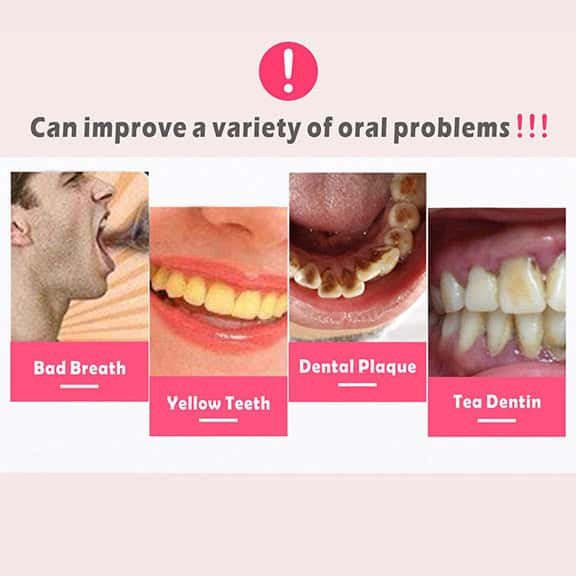
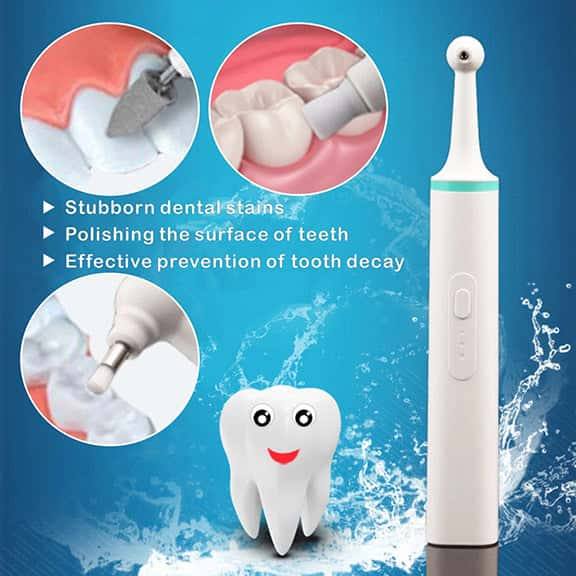
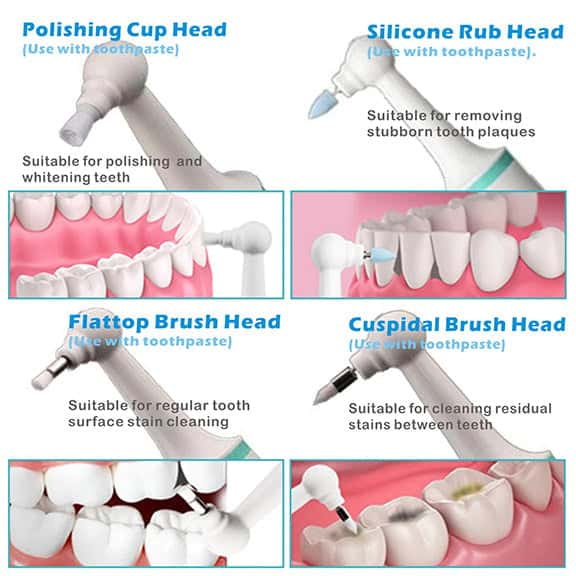


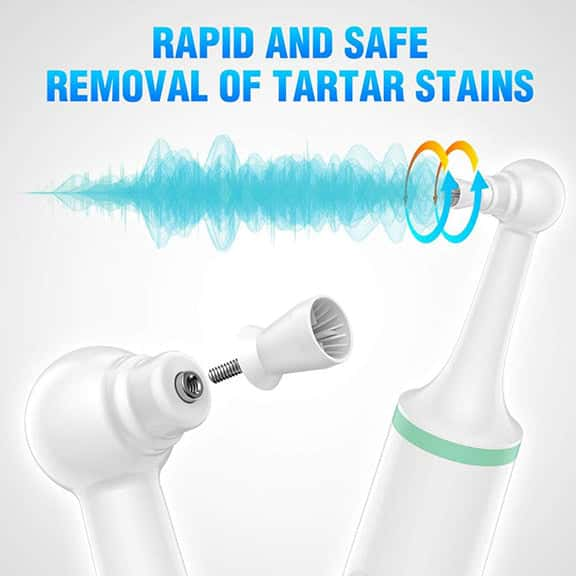
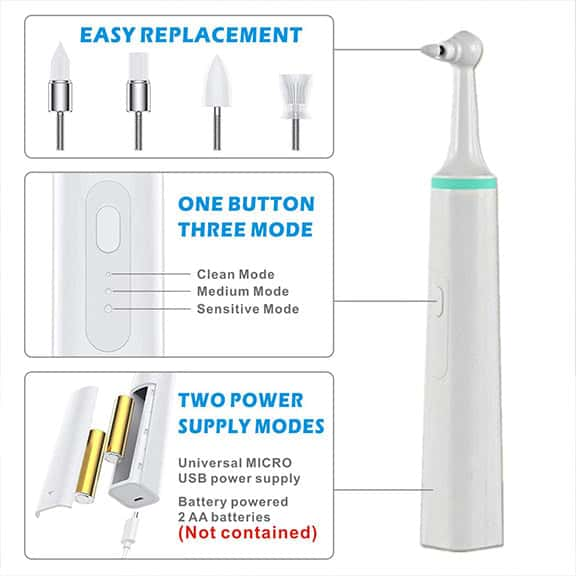
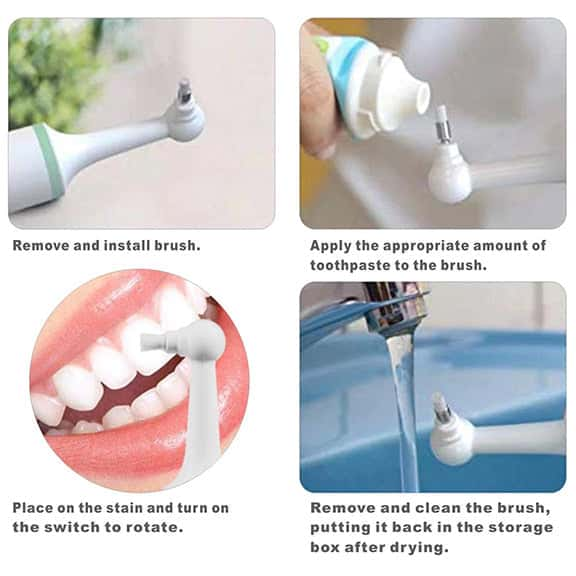
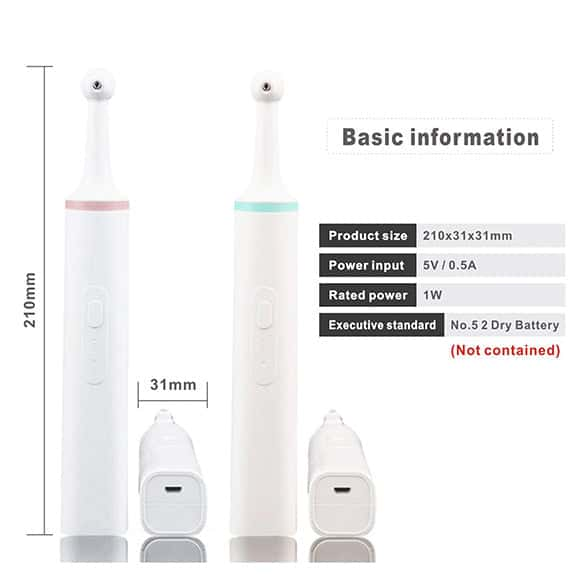
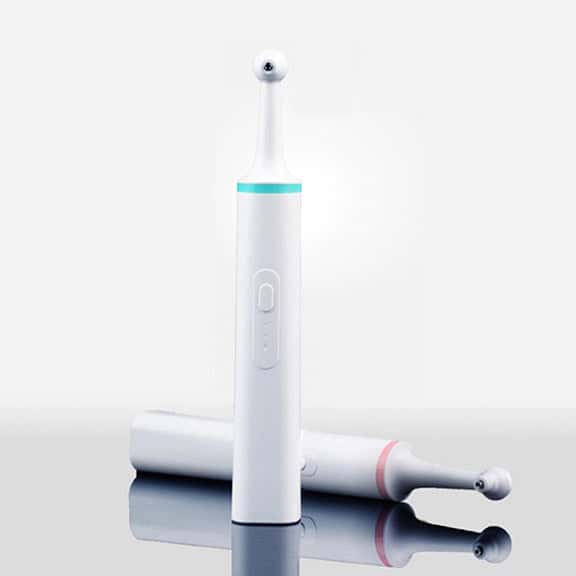
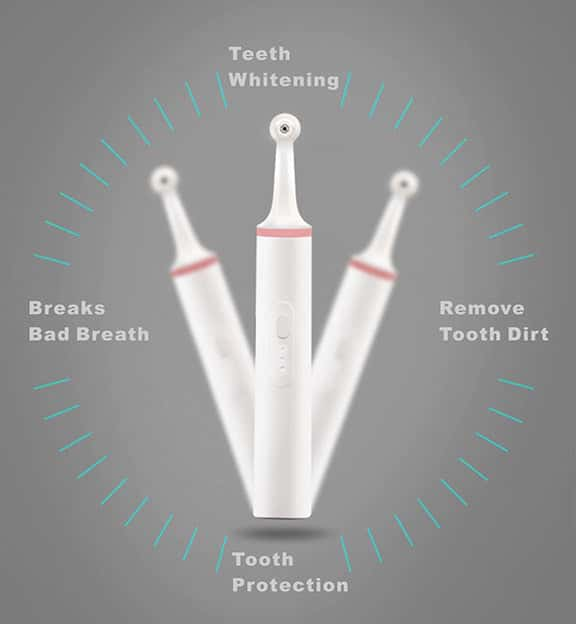

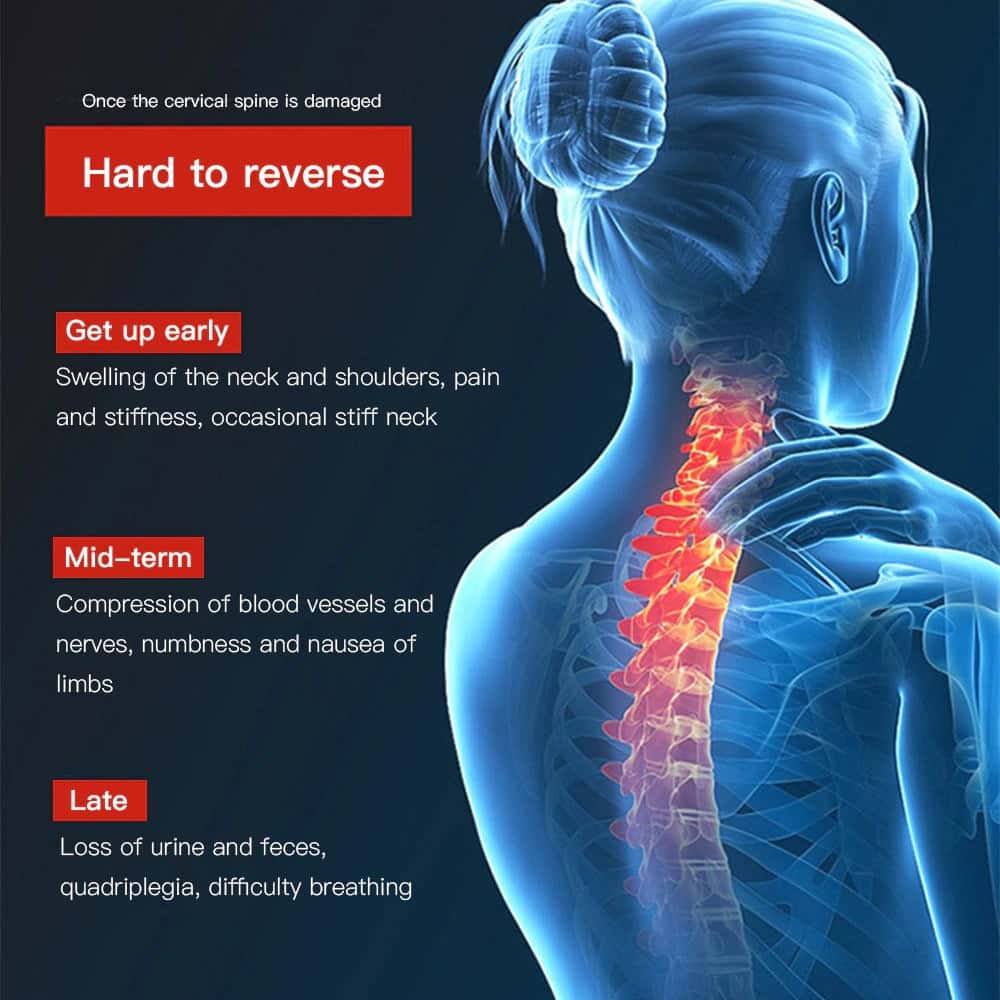
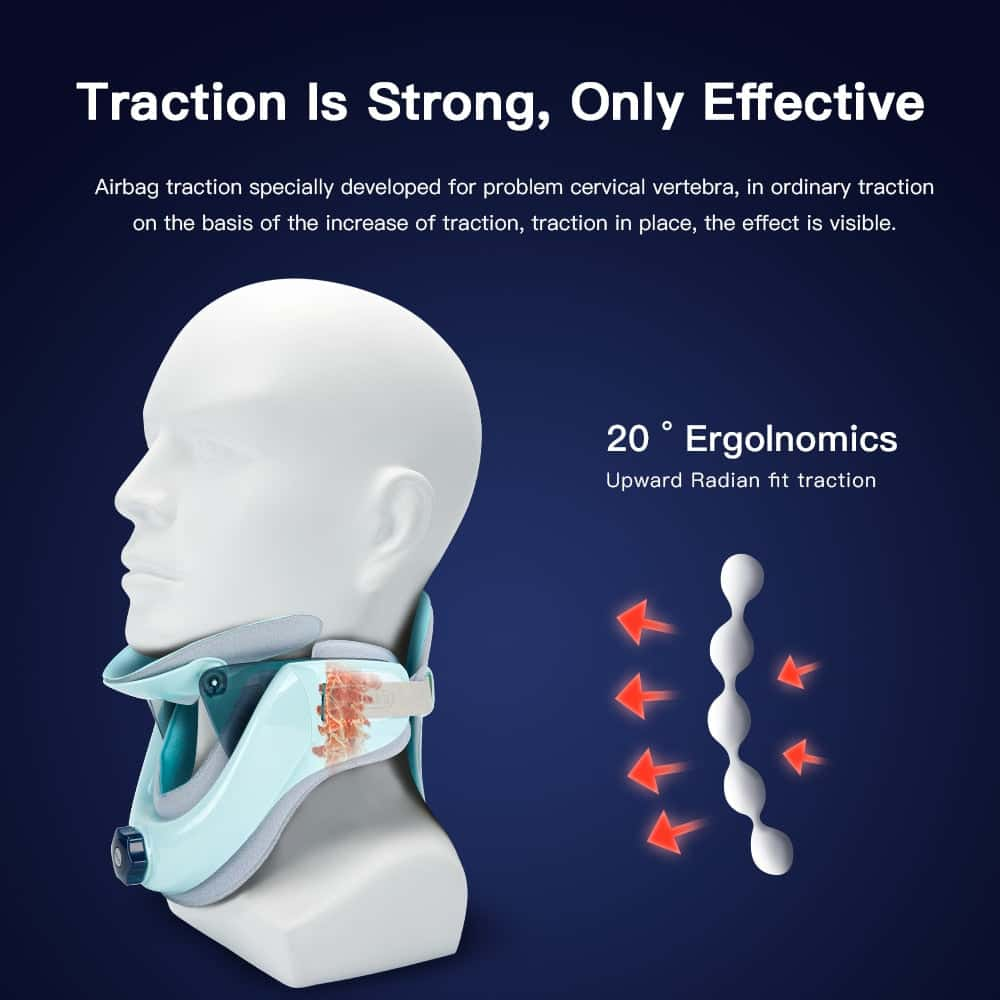
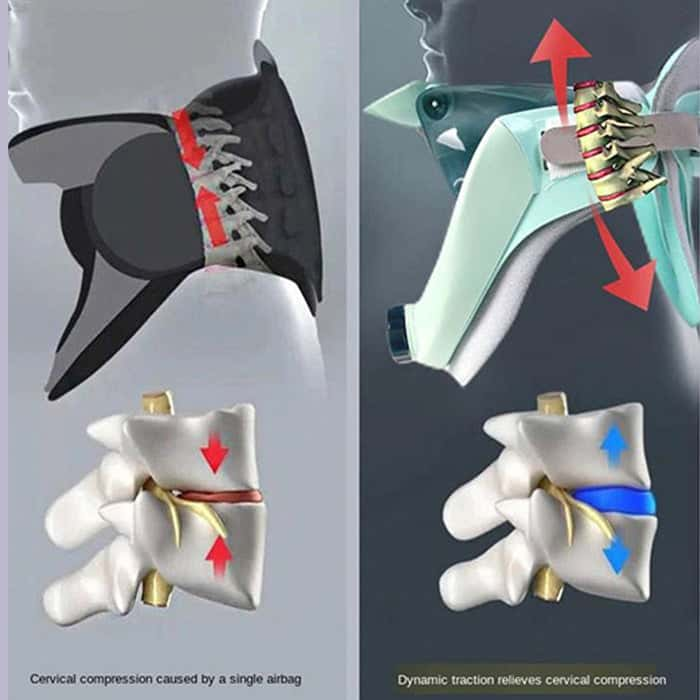
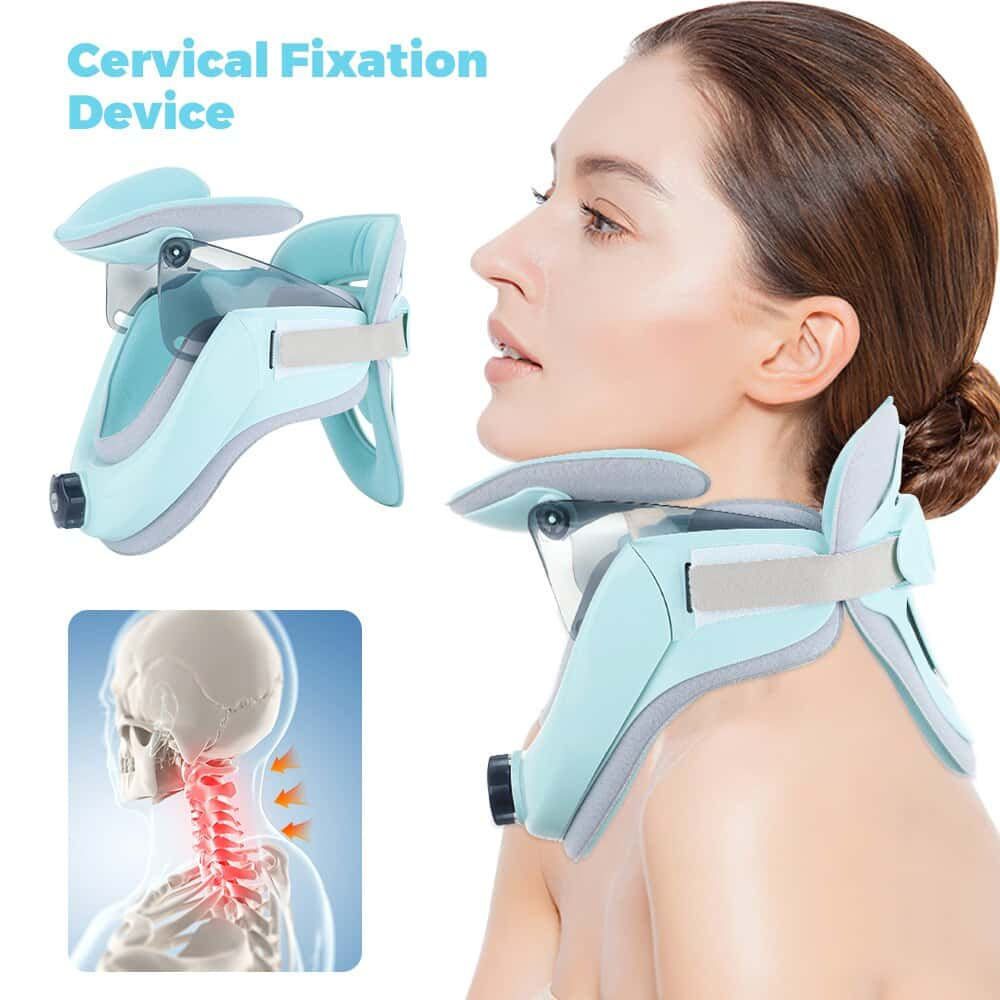
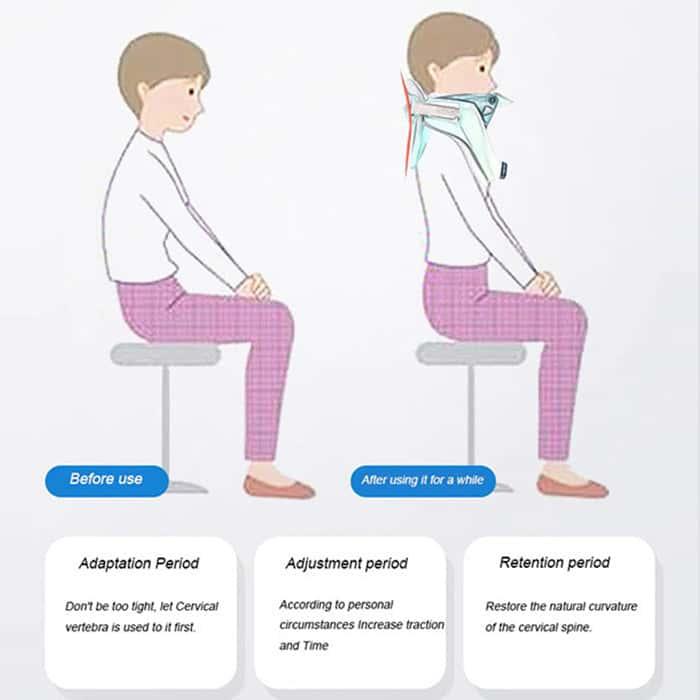
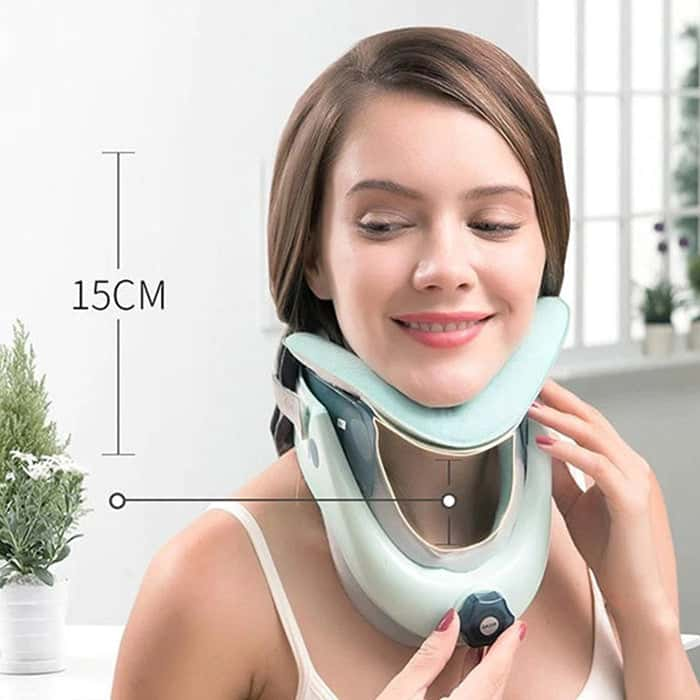
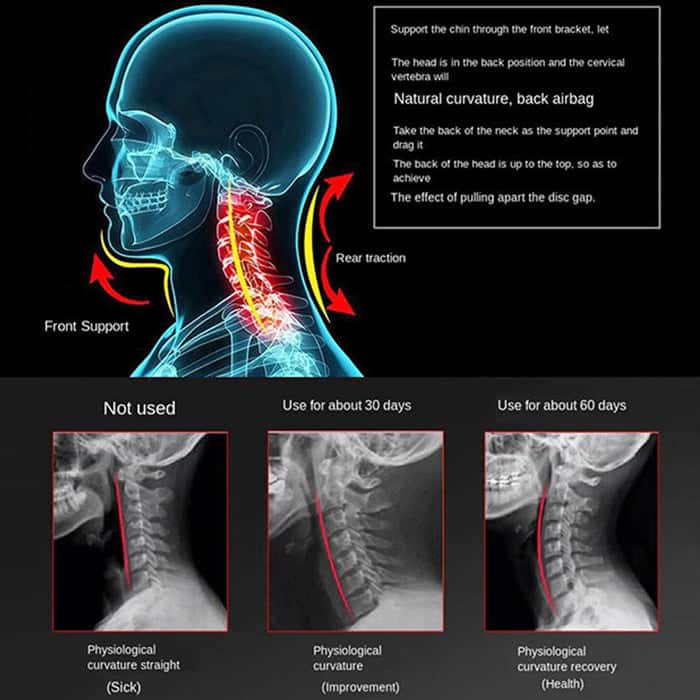

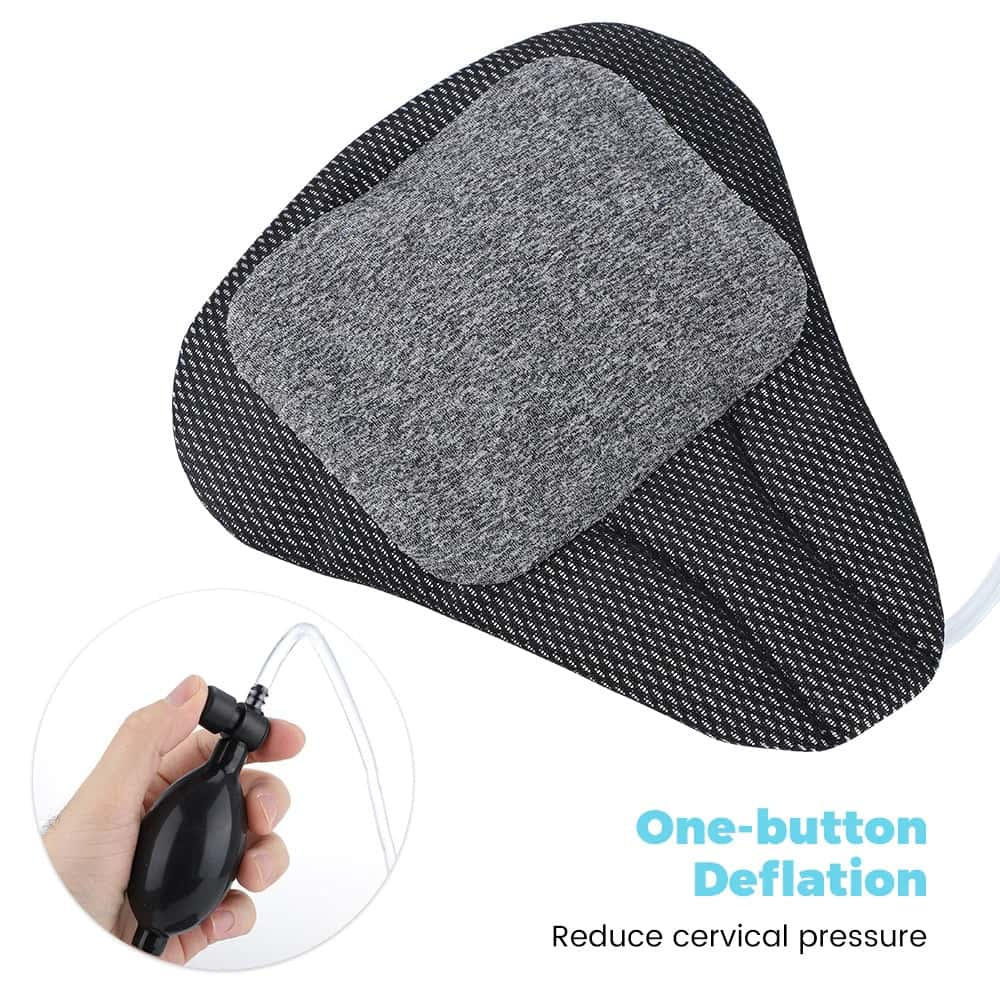
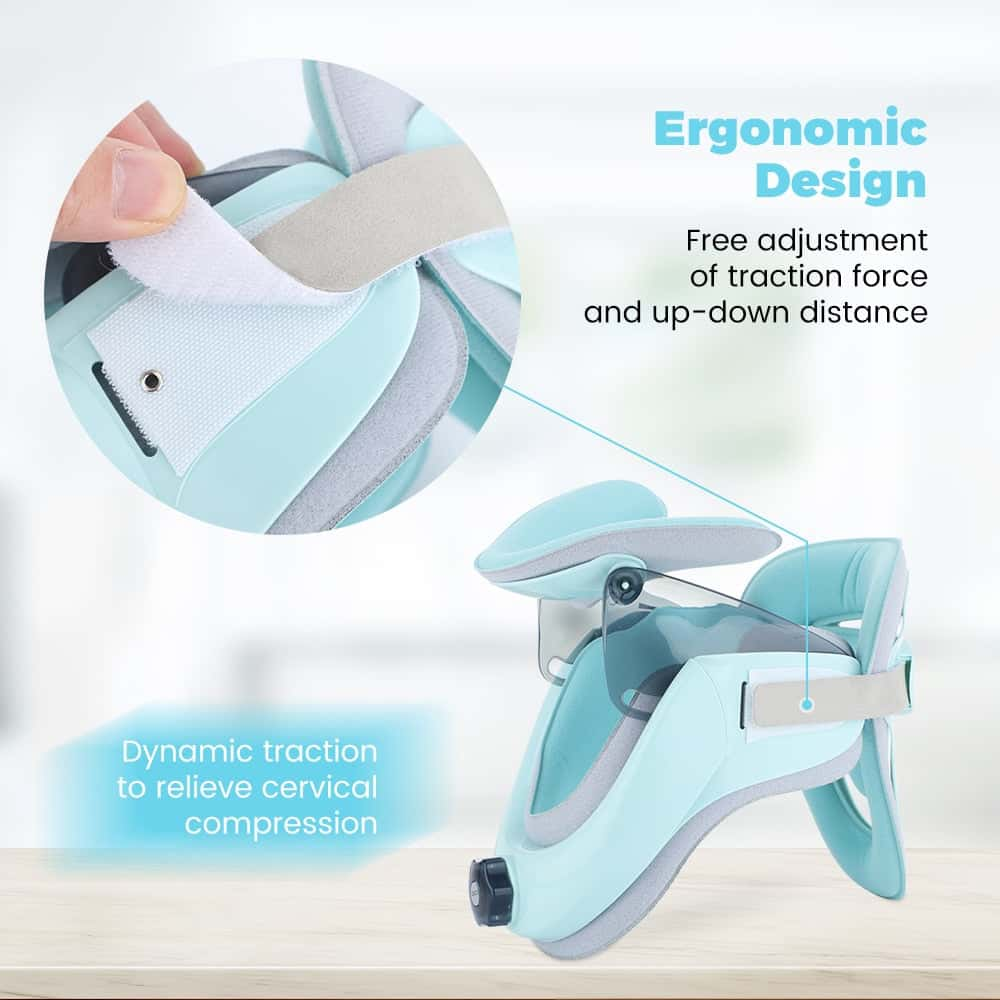
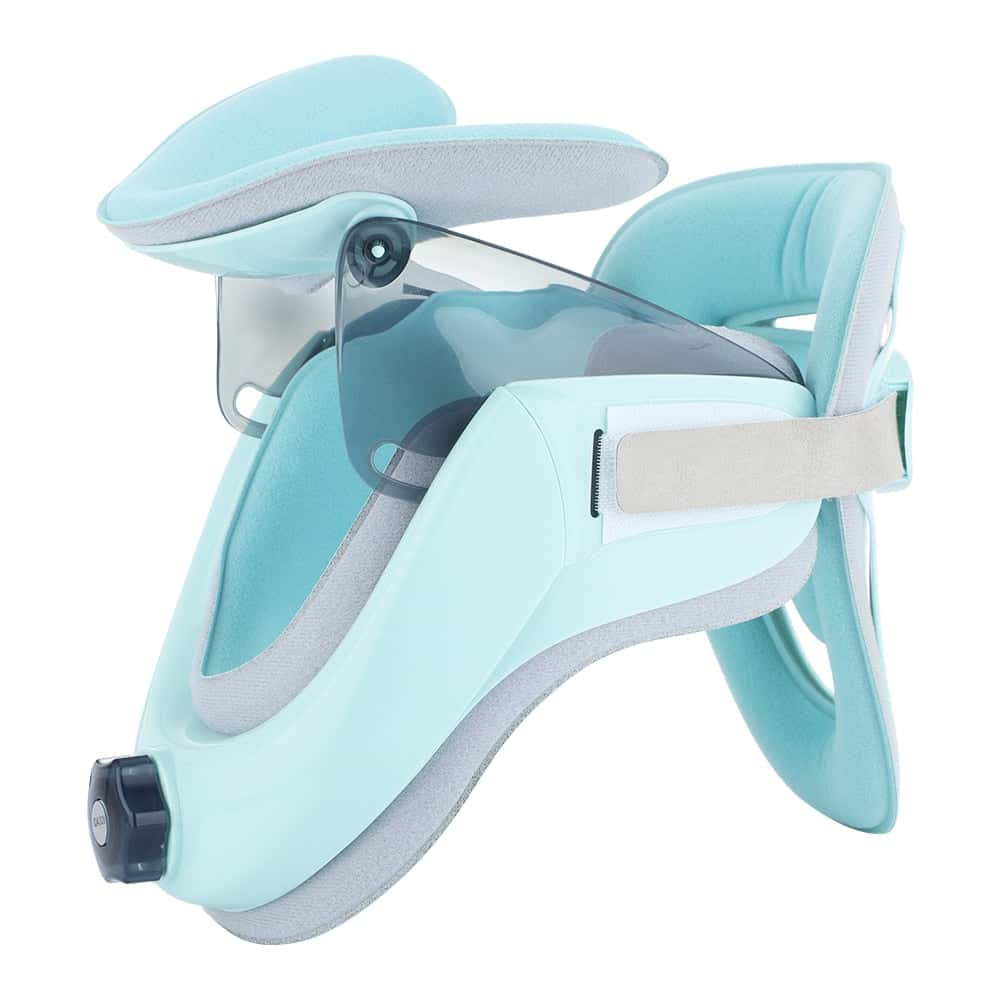
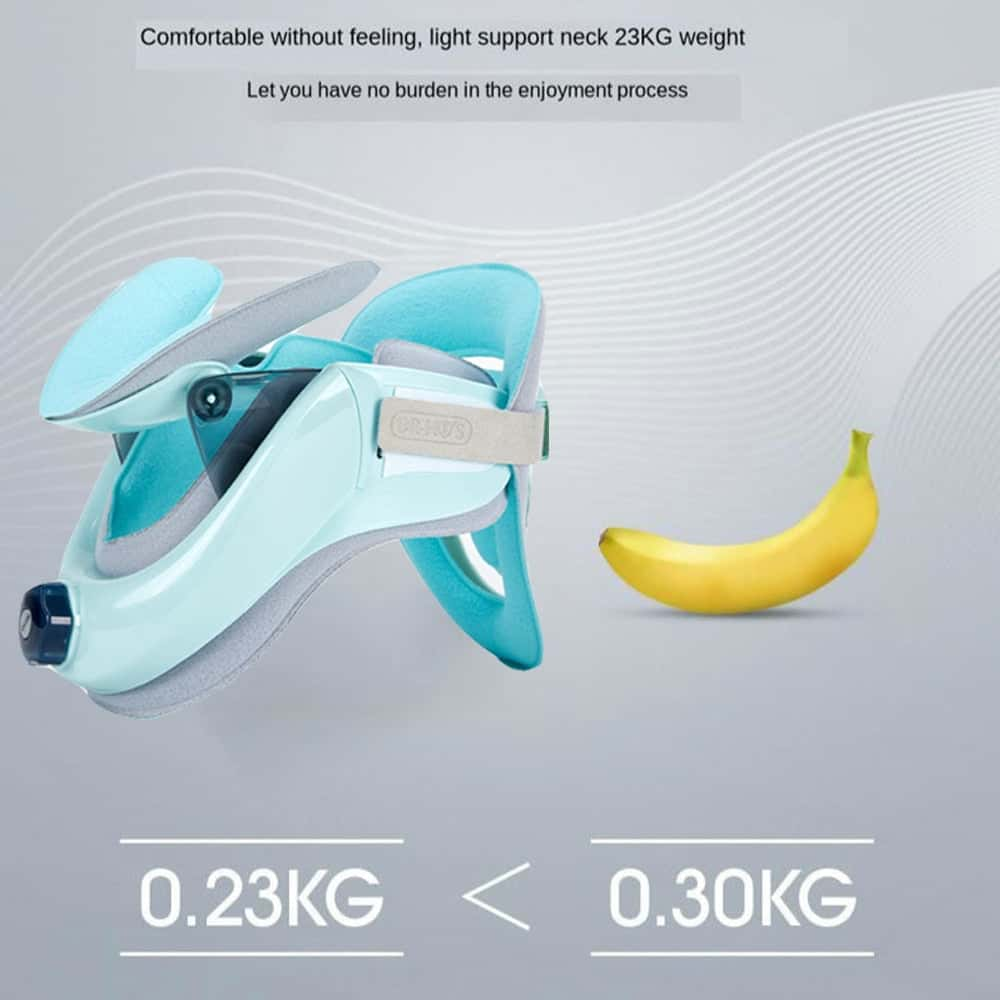

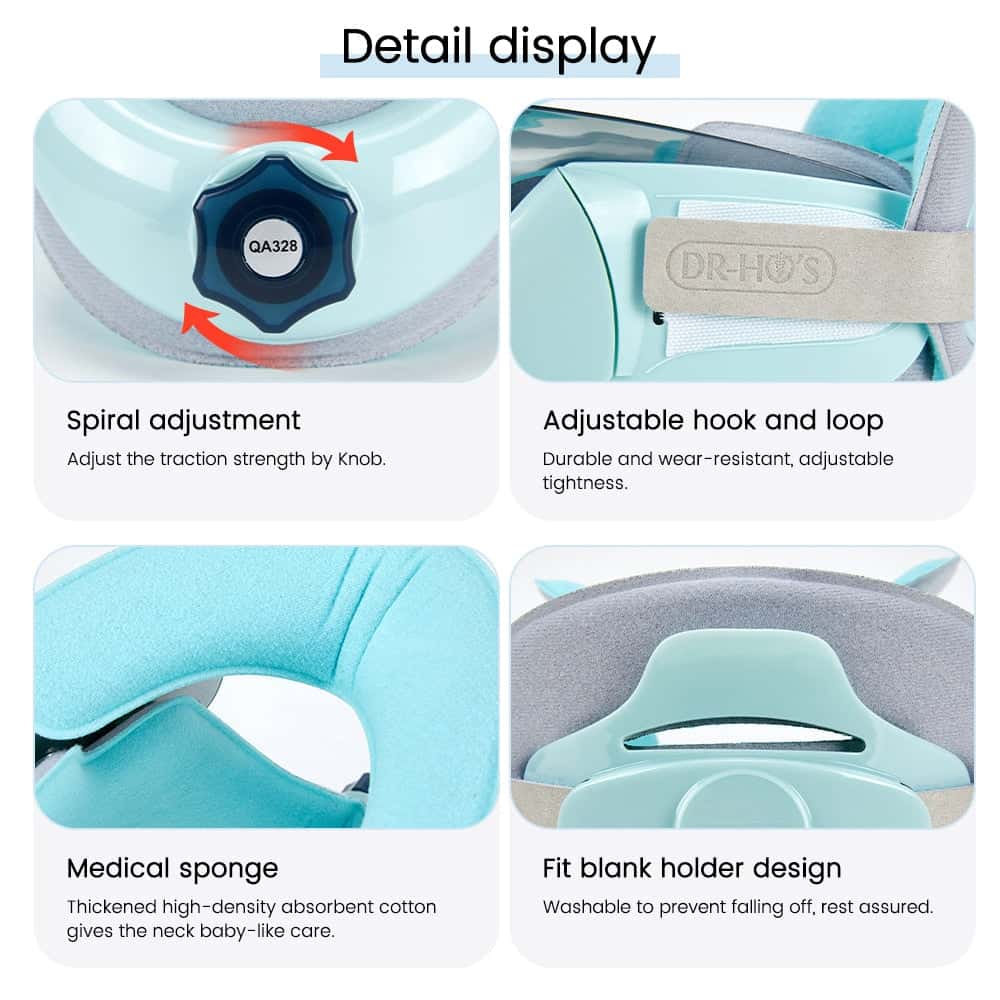
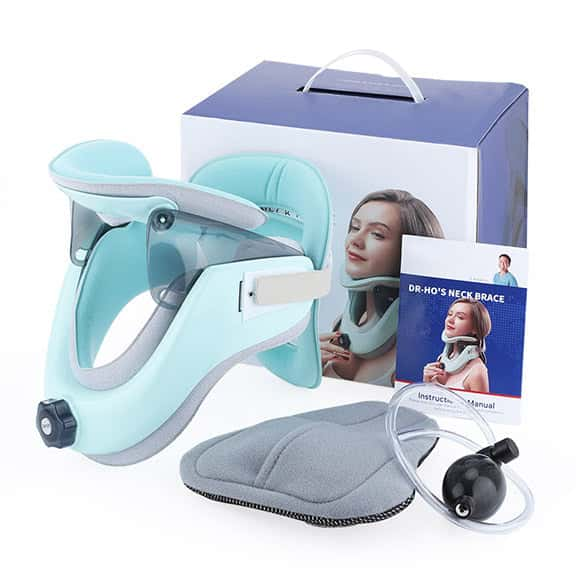
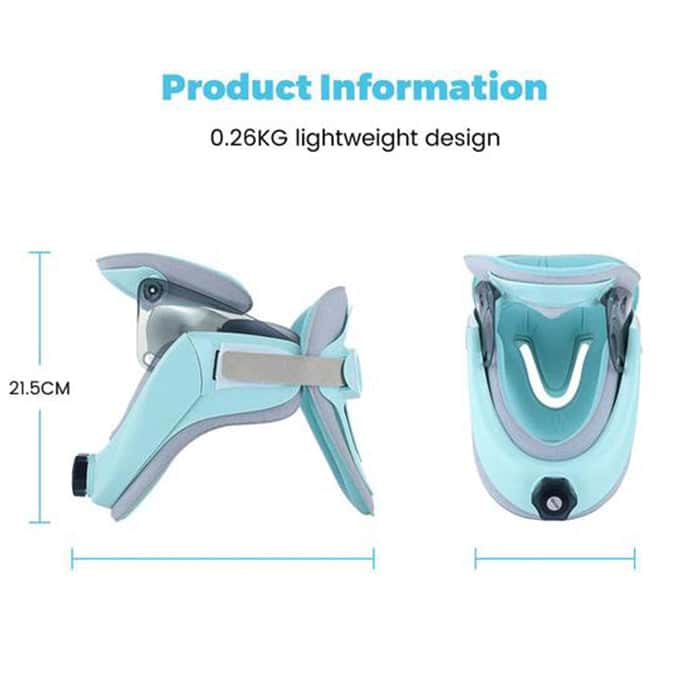
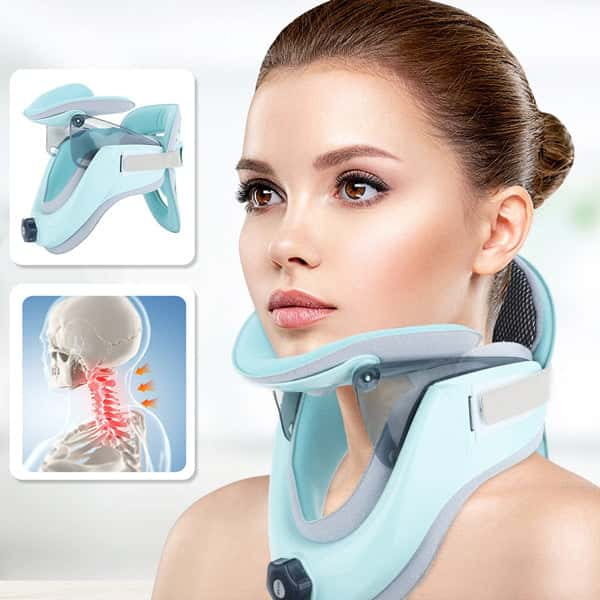




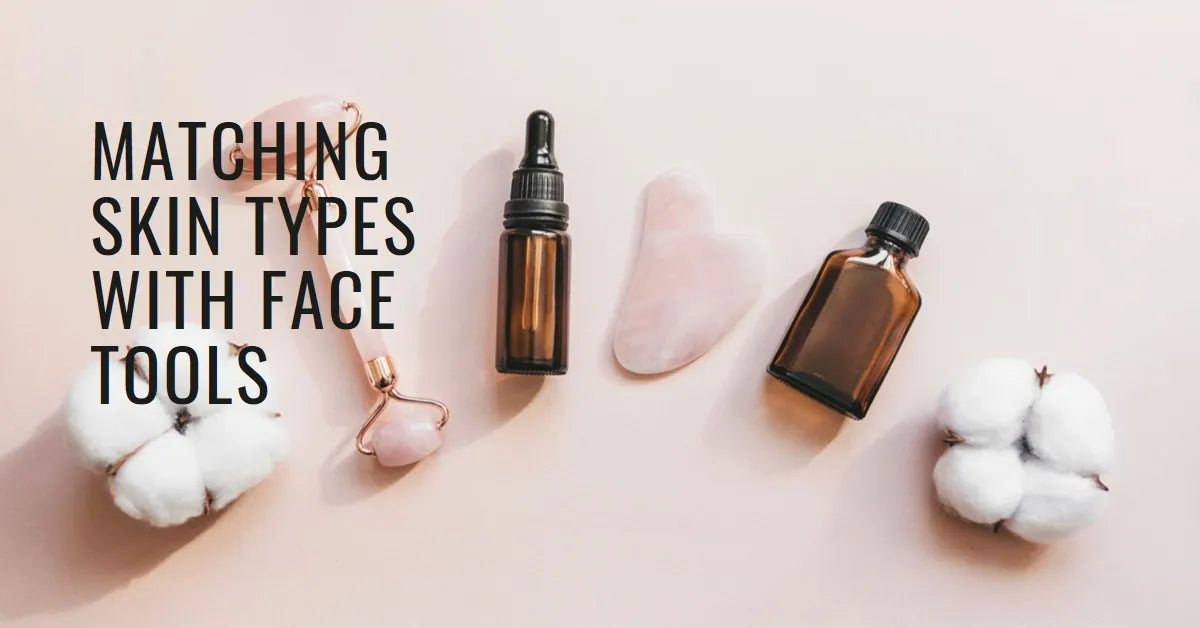
Share and get 15% off!
Simply share this product on one of the following social networks and you will unlock 15% off!